Supercars are near the top of the automotive food chain when it comes to performance and engineering. Because of this, they can be quite expensive to develop. When you hear supercar, you probably think Ferrari or Lamborghini – two brands backed up by the financial might of their parent companies. But in 2014, an engineer and car enthusiast named Jeff Lemke proved that you don’t need the financial might of a big car company to build a proper supercar. In 2014 he made the Falcon F7. Here’s everything you need to know about this almost entirely home-built supercar.
2014 Falcon F7 - The Supercar You Didn't Know Existed
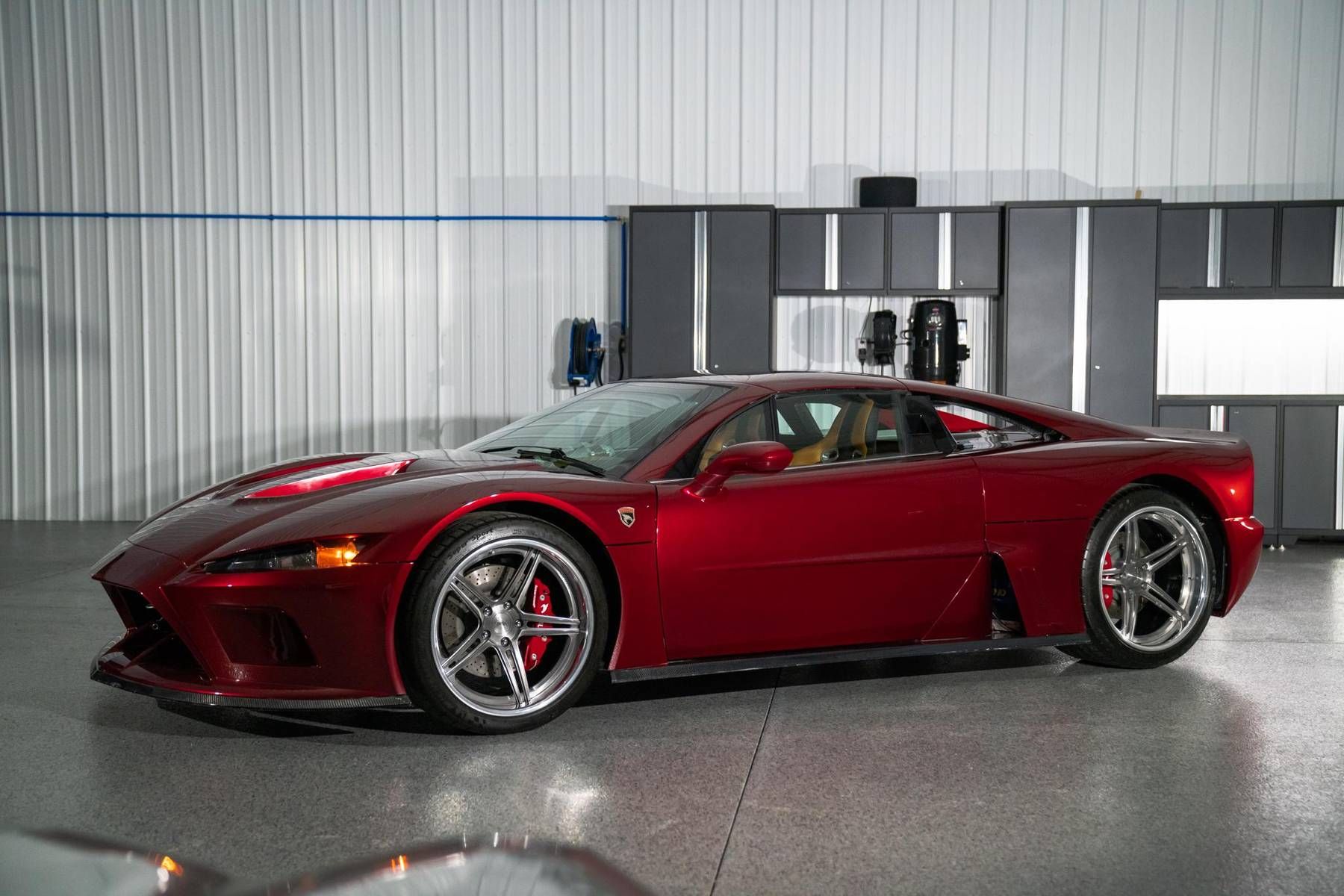

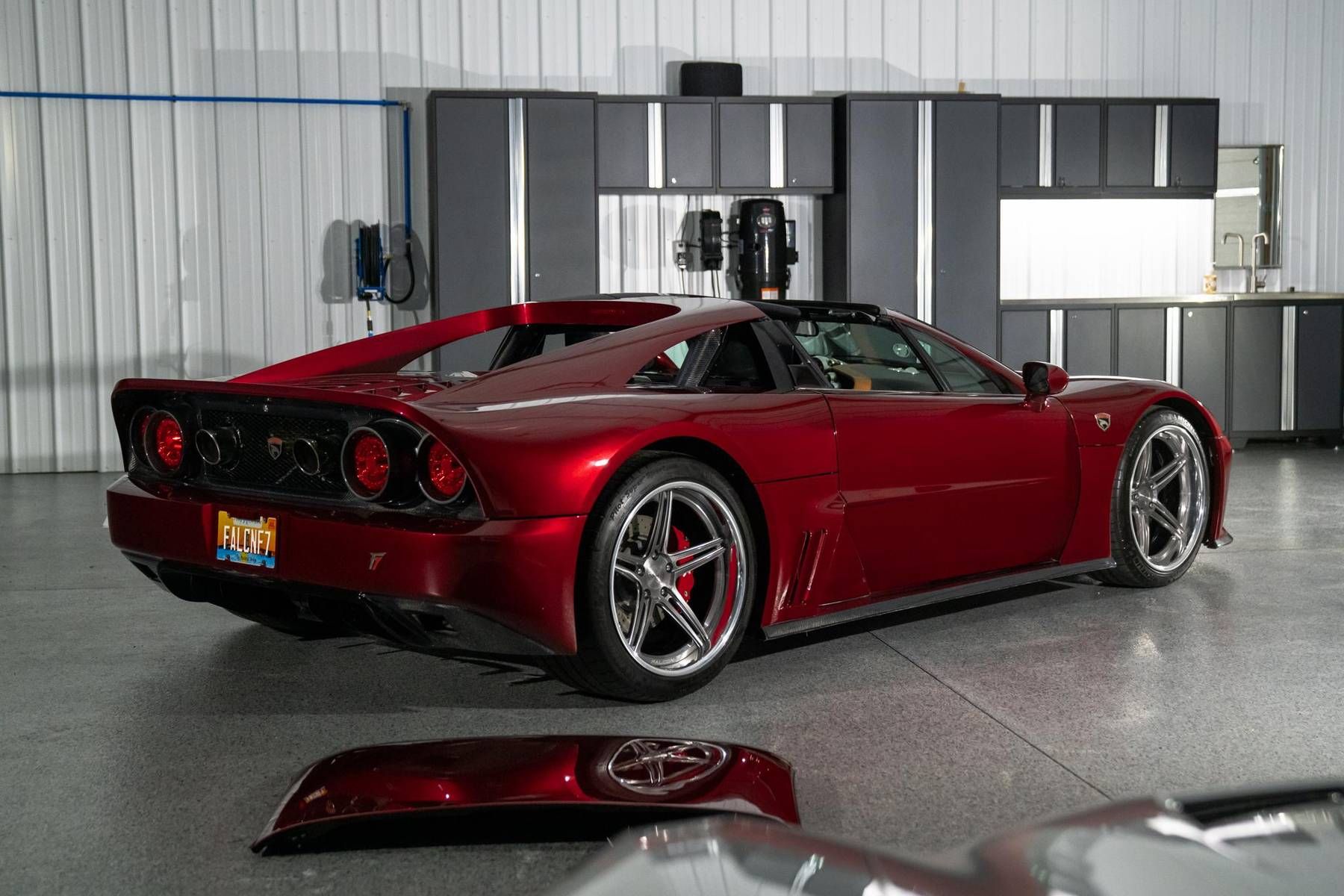
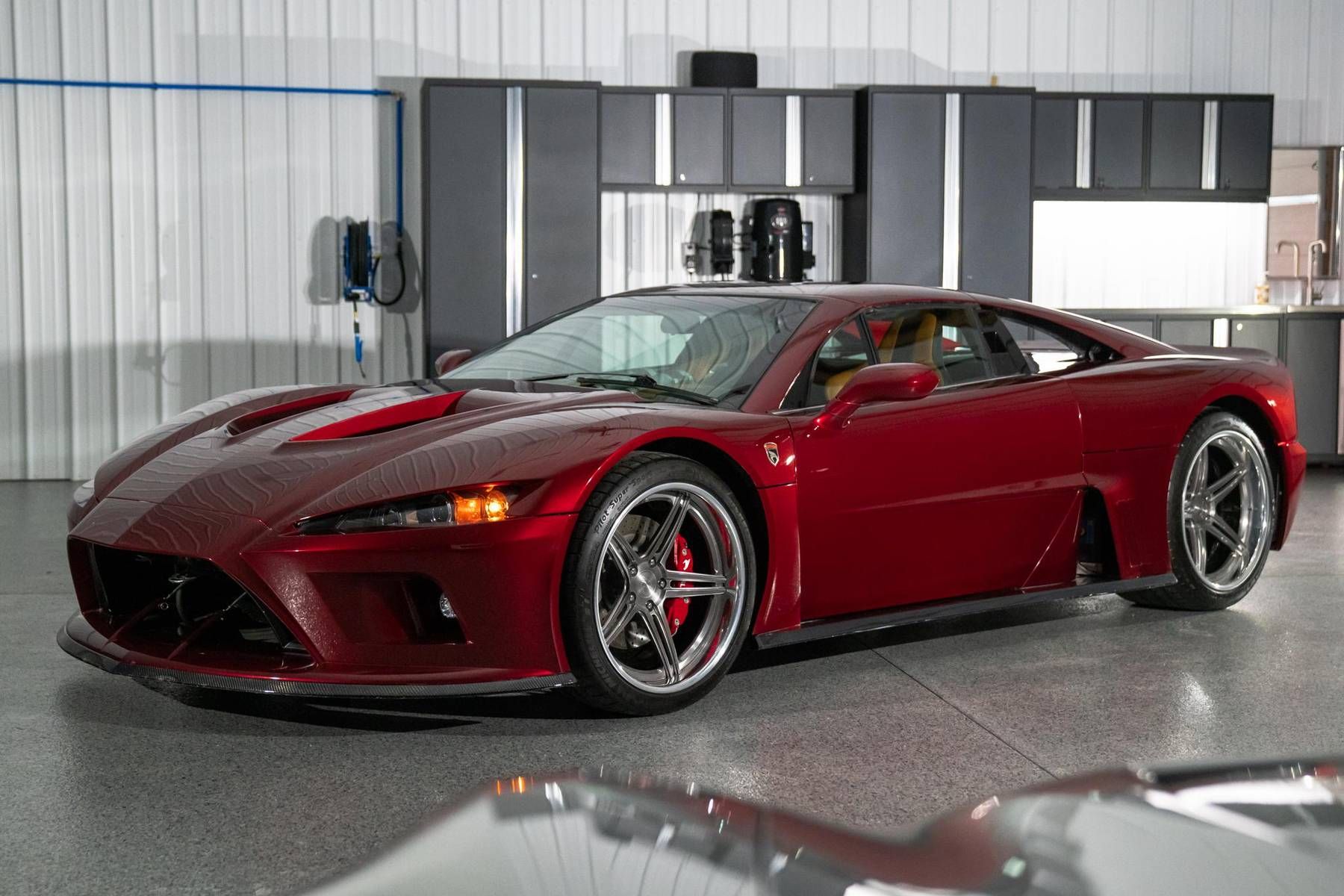
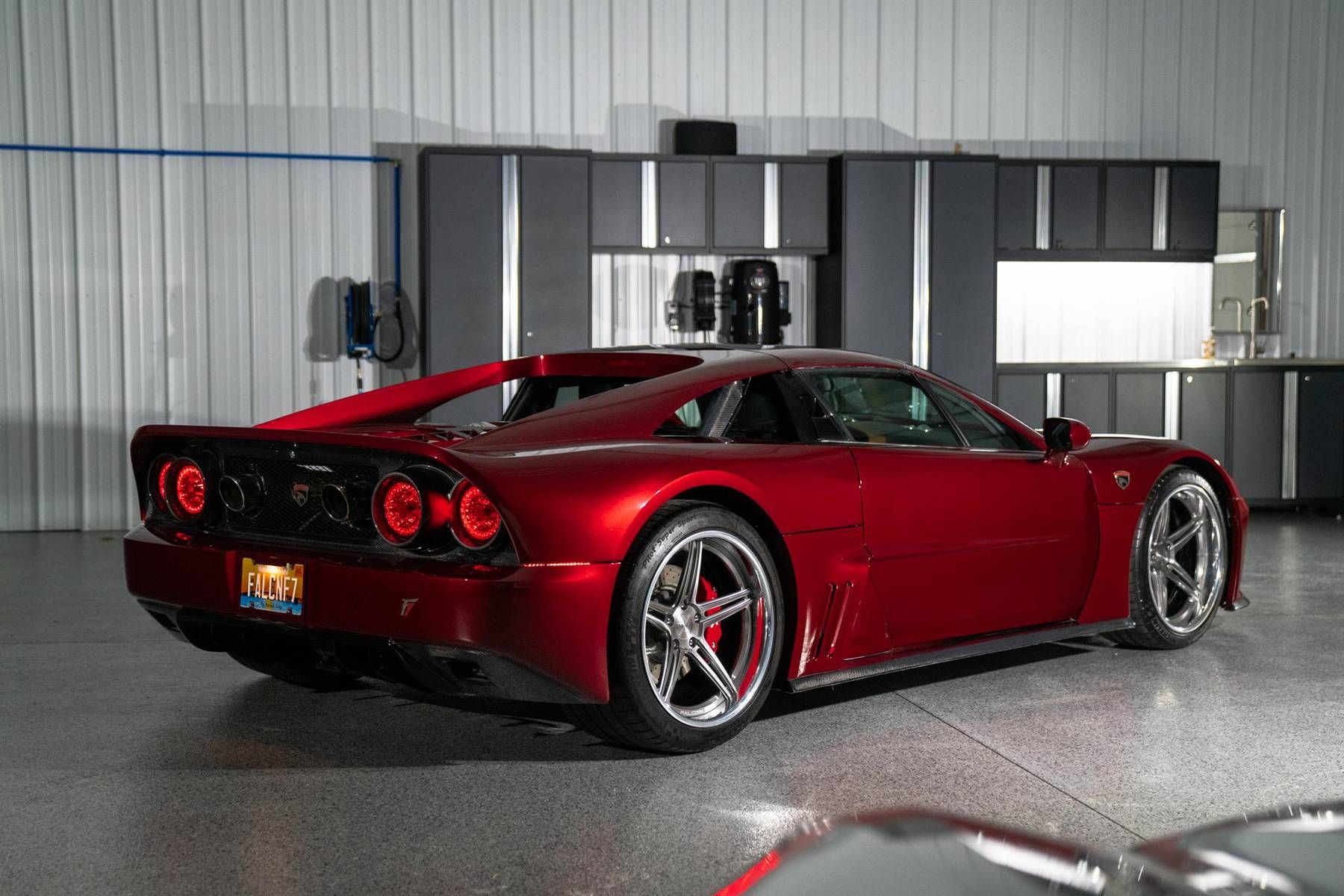
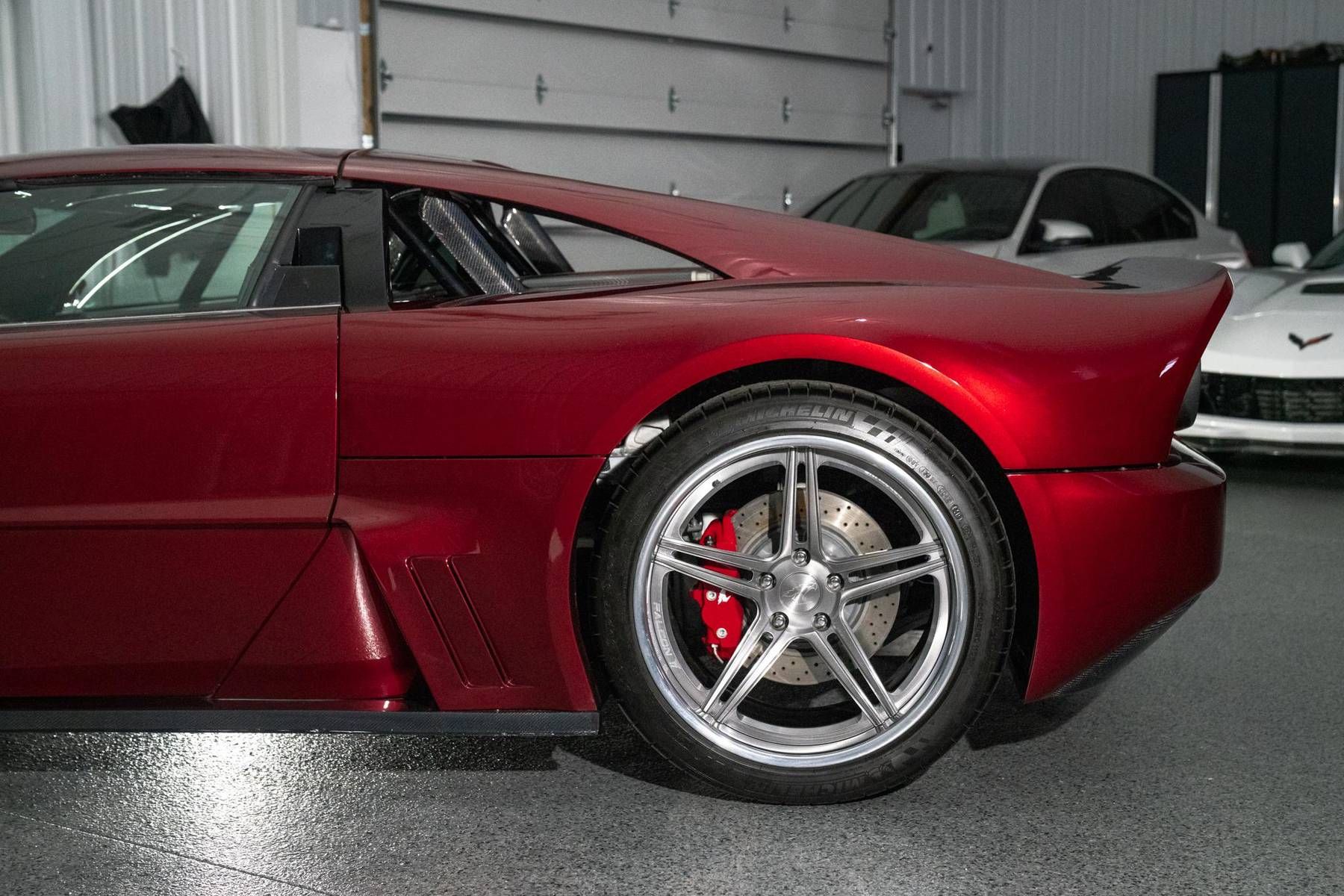
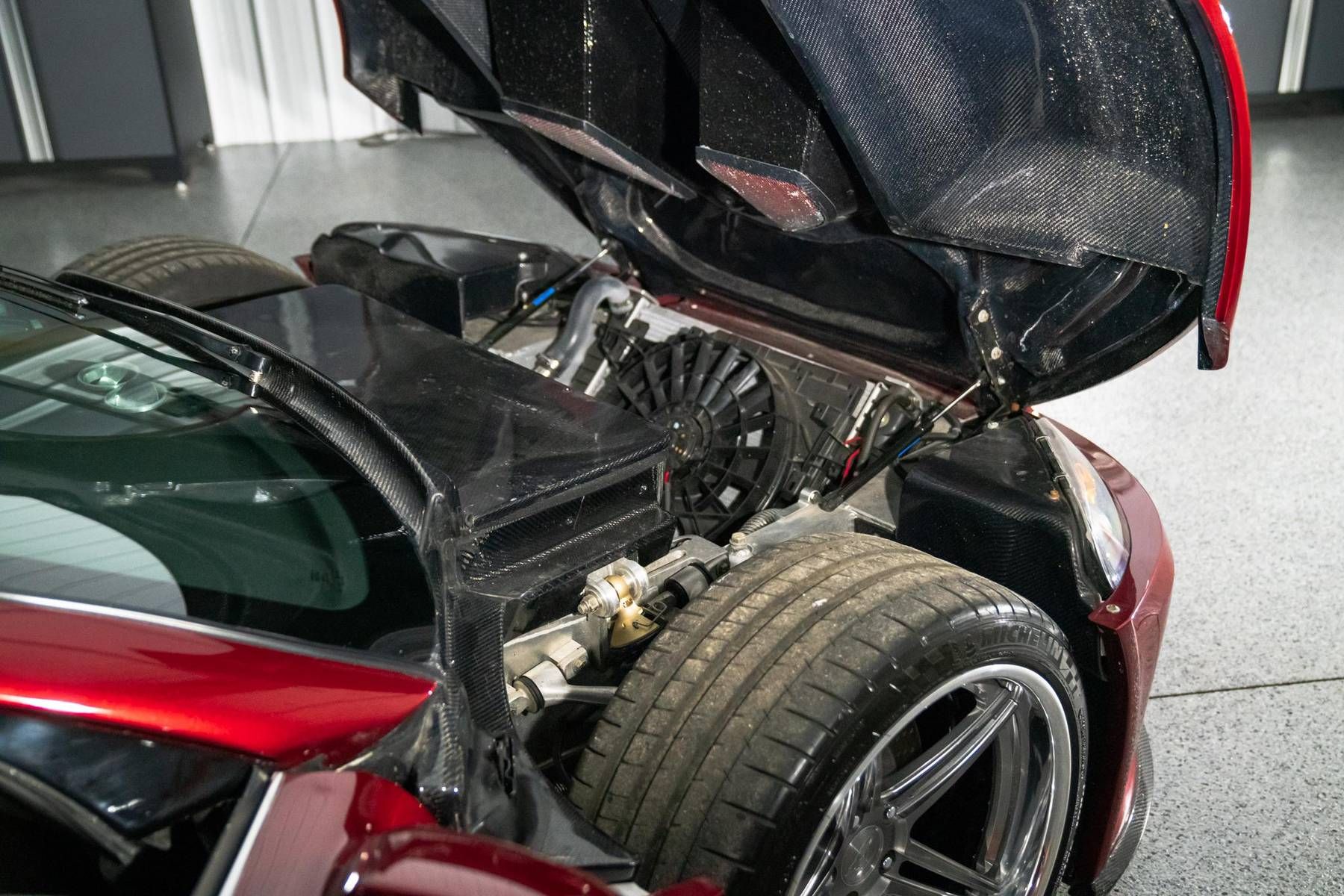
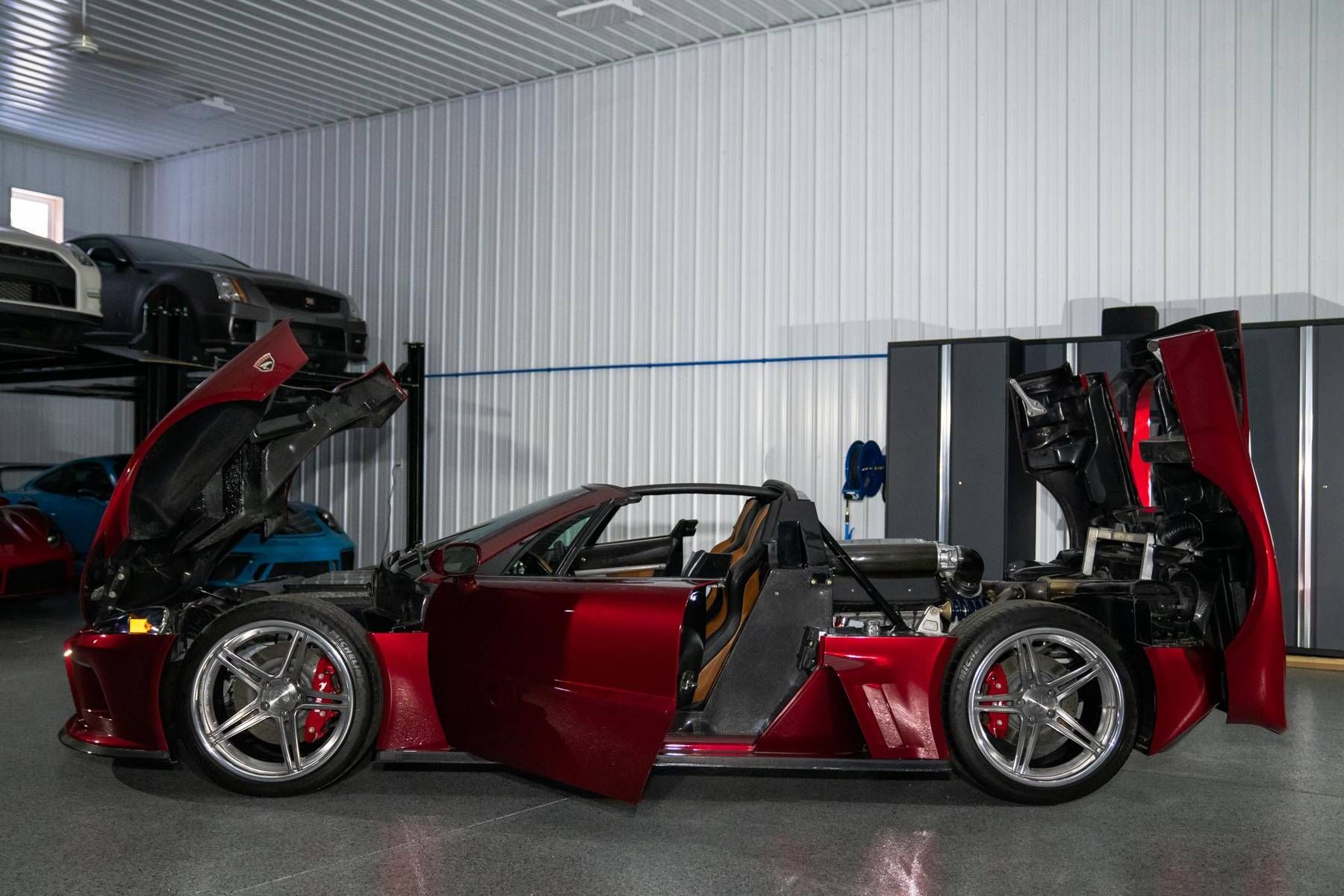
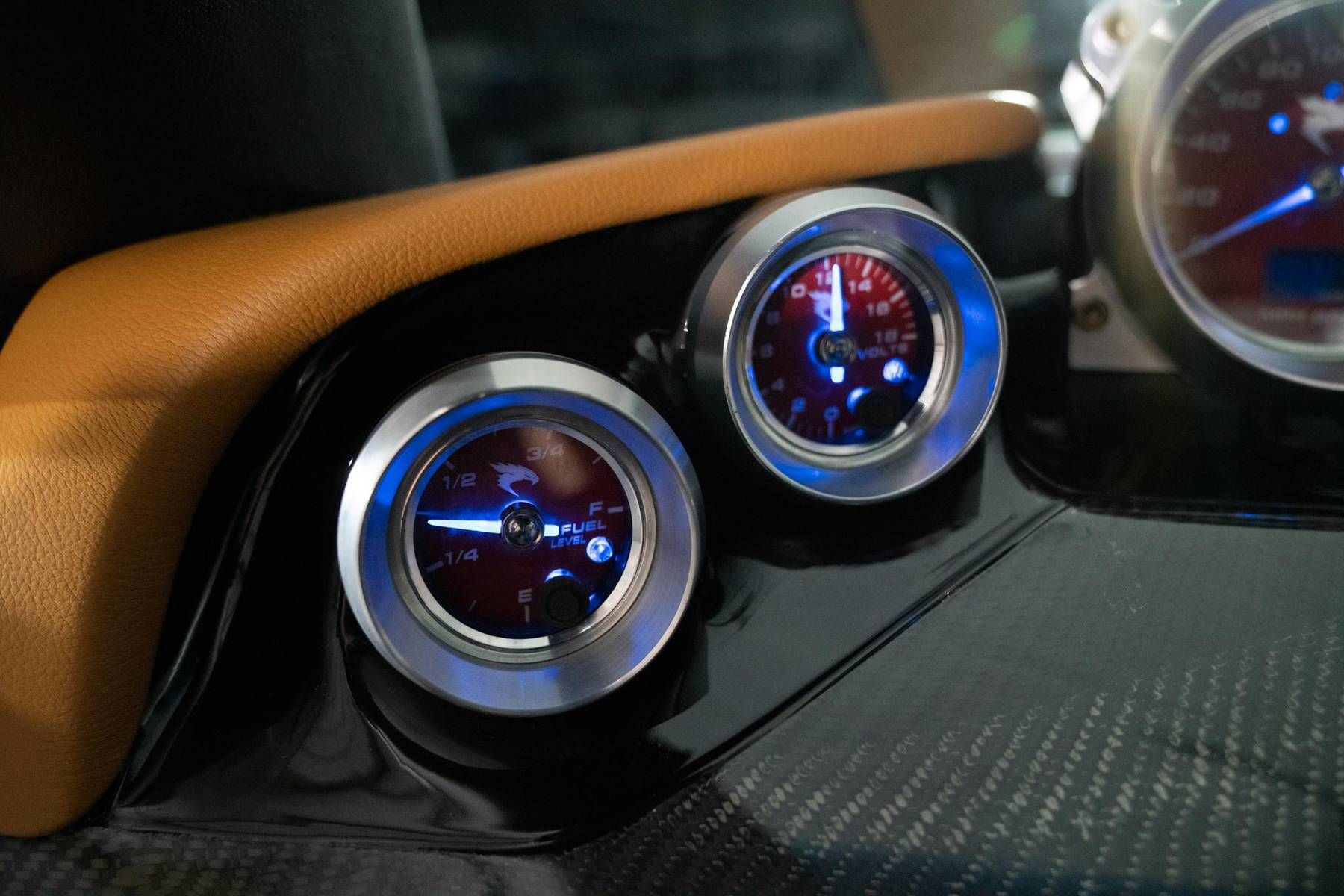
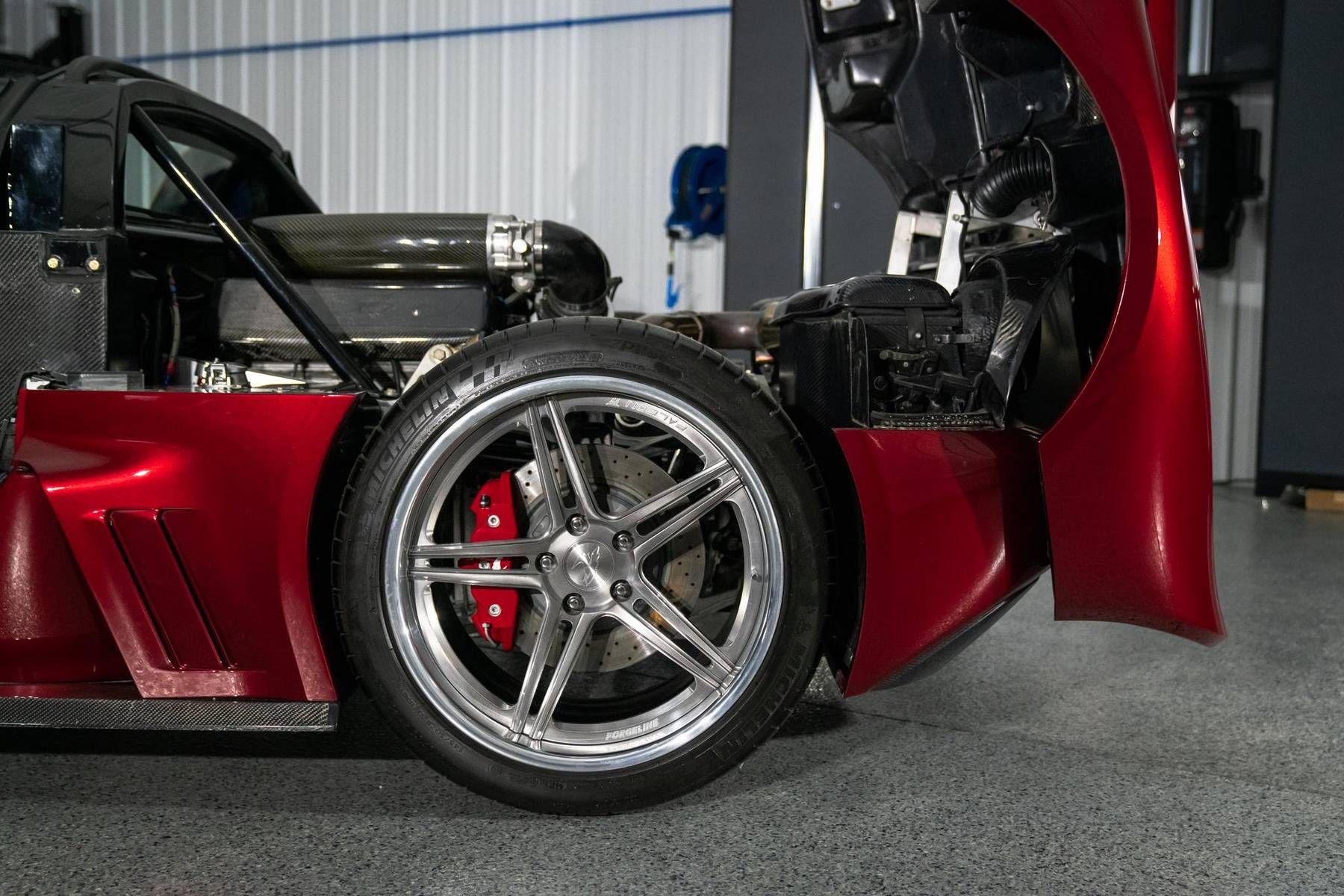
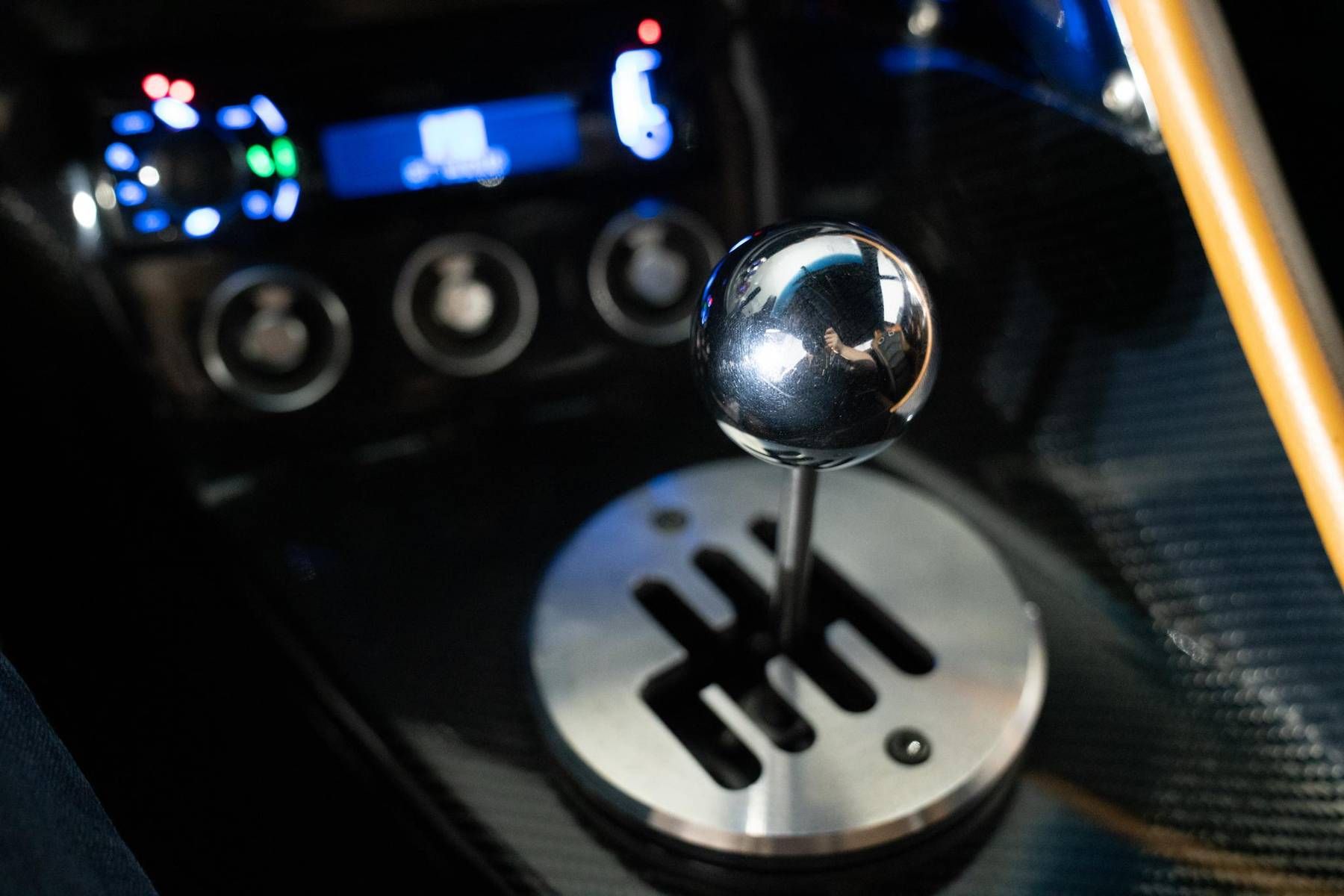
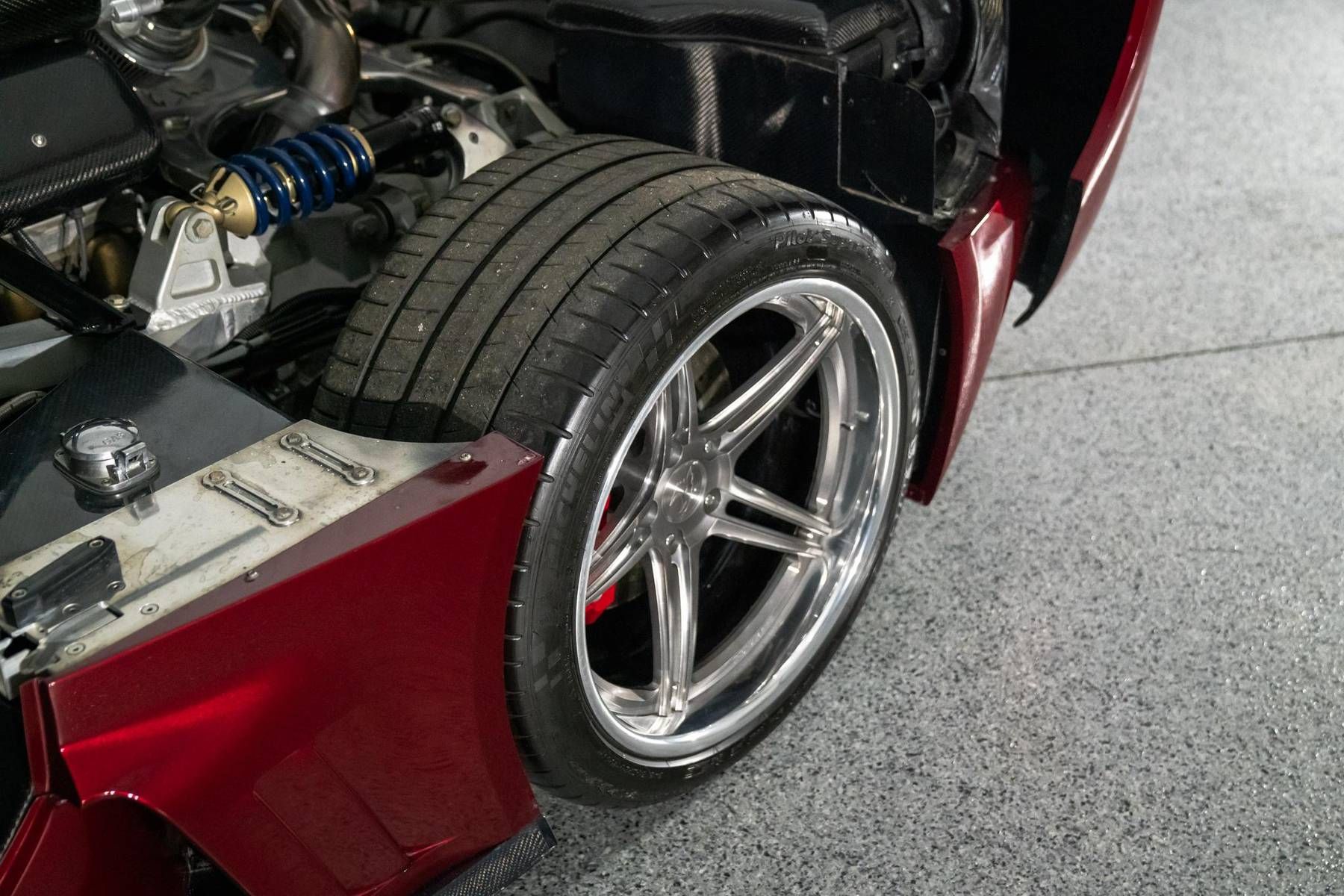
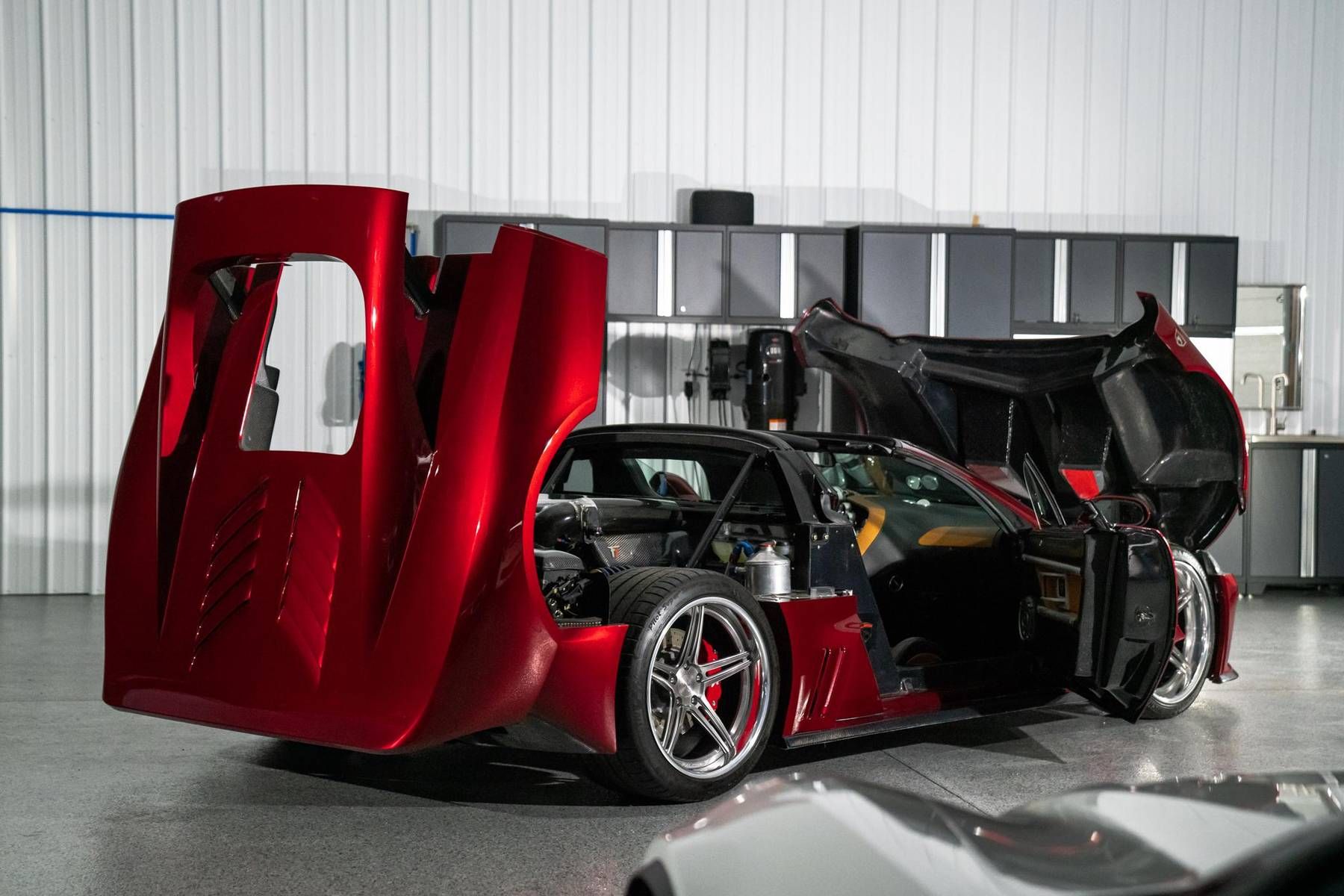
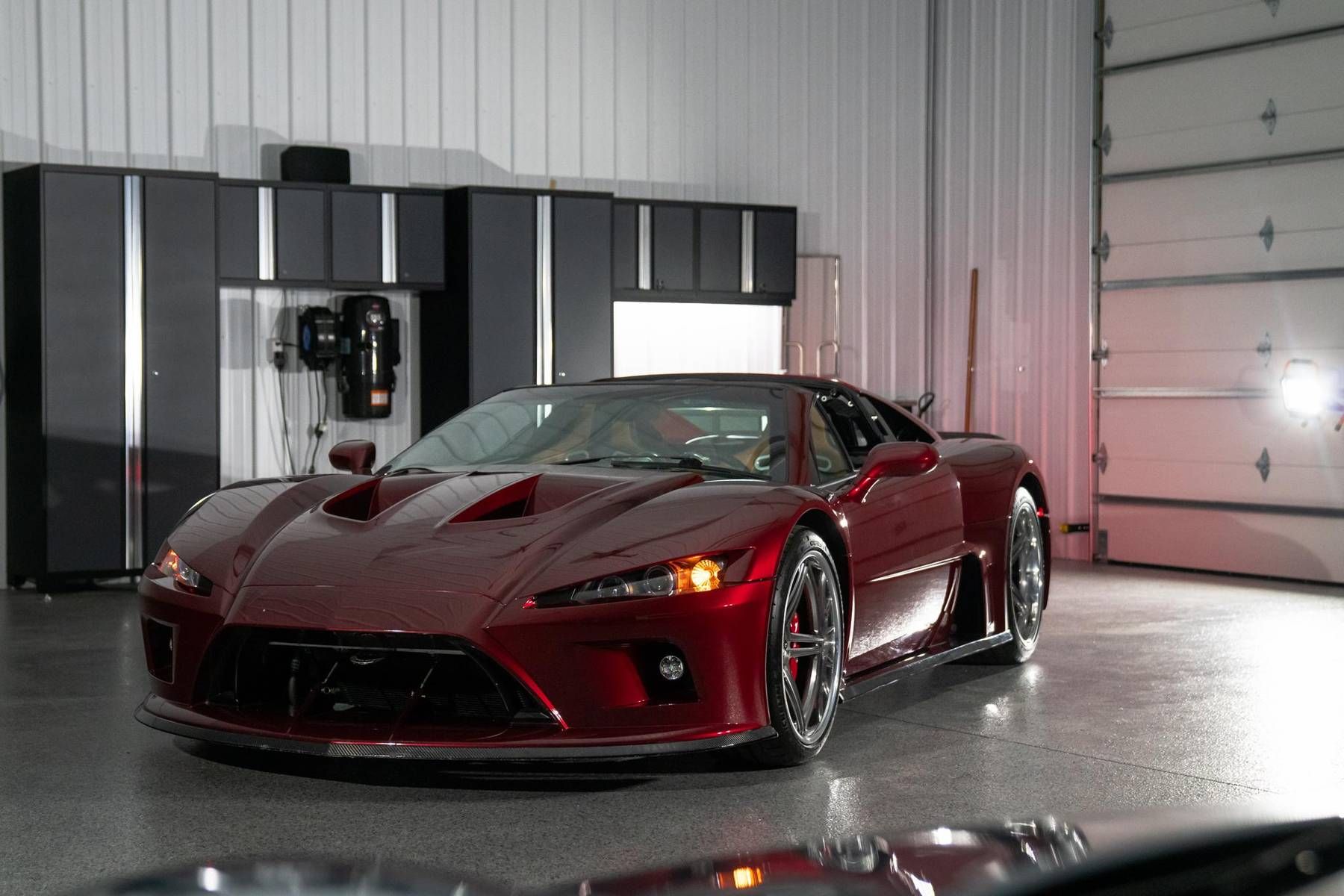
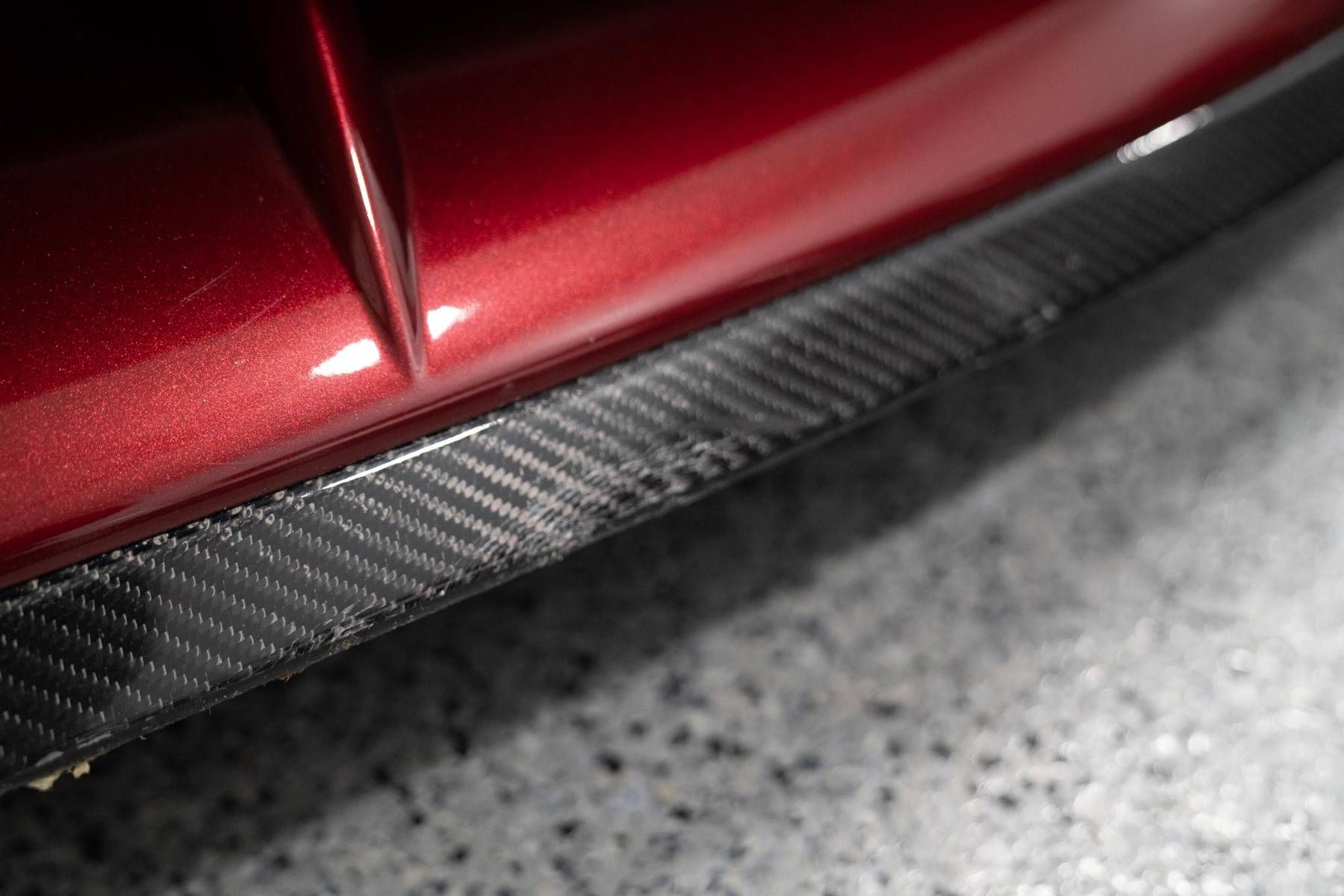
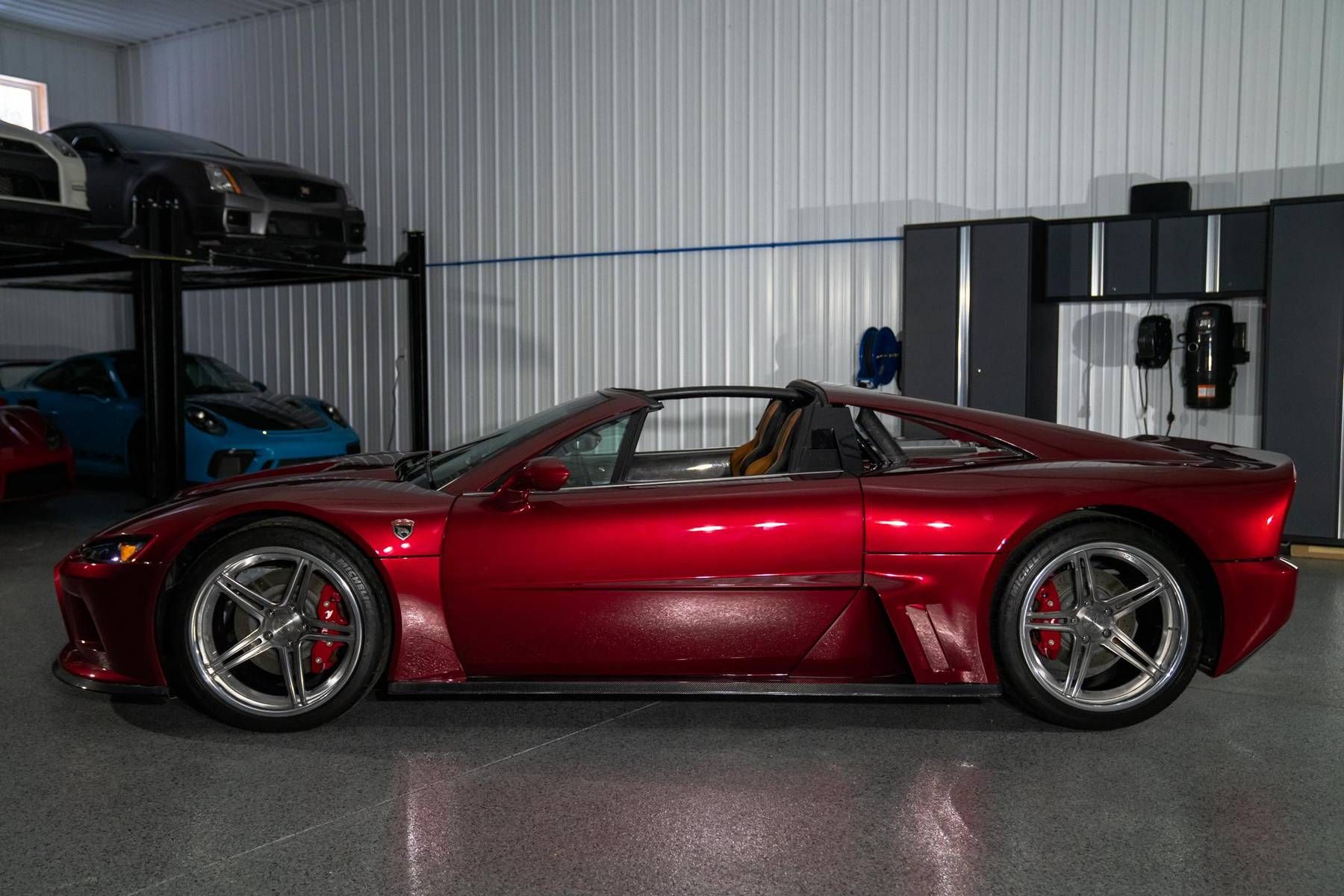
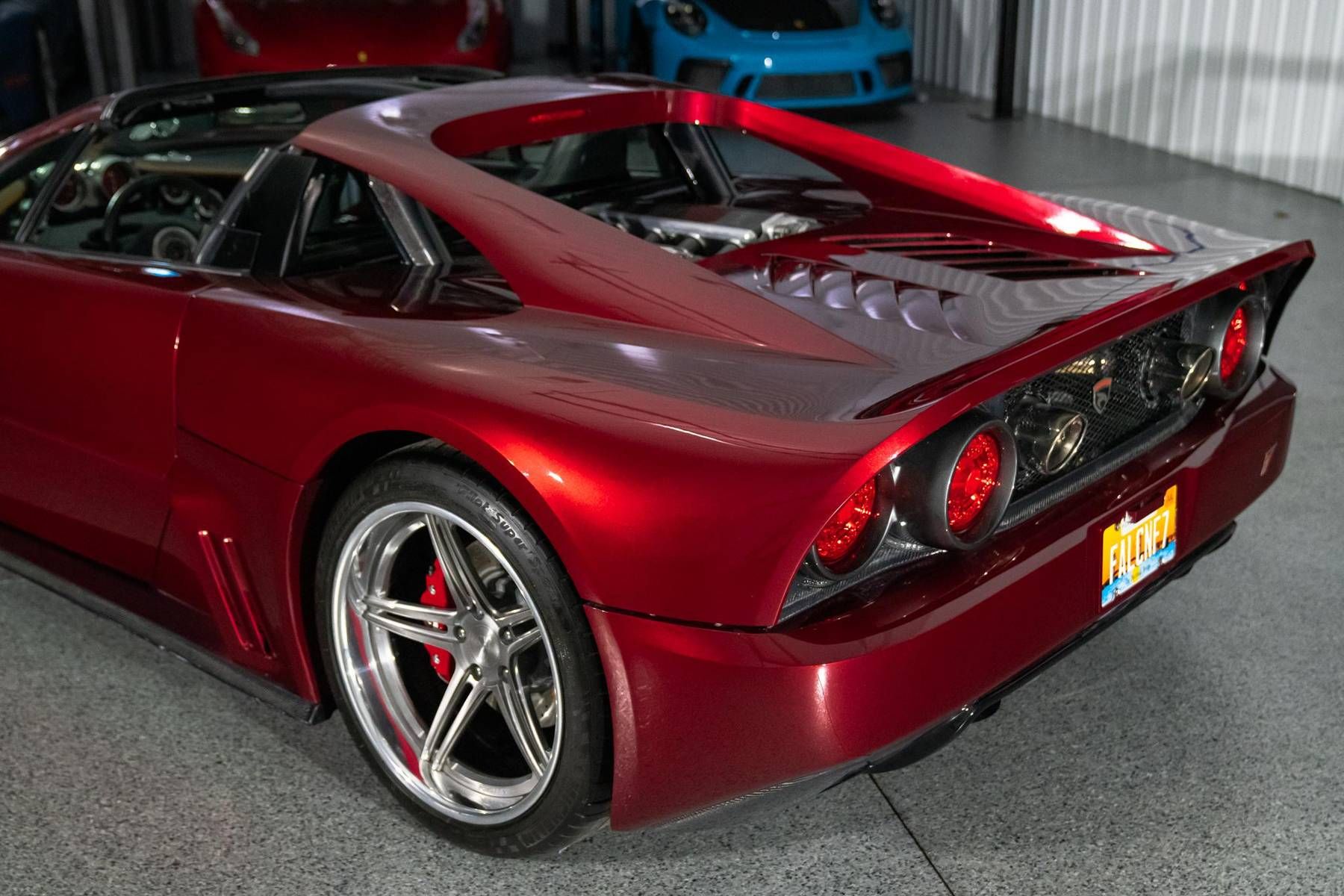
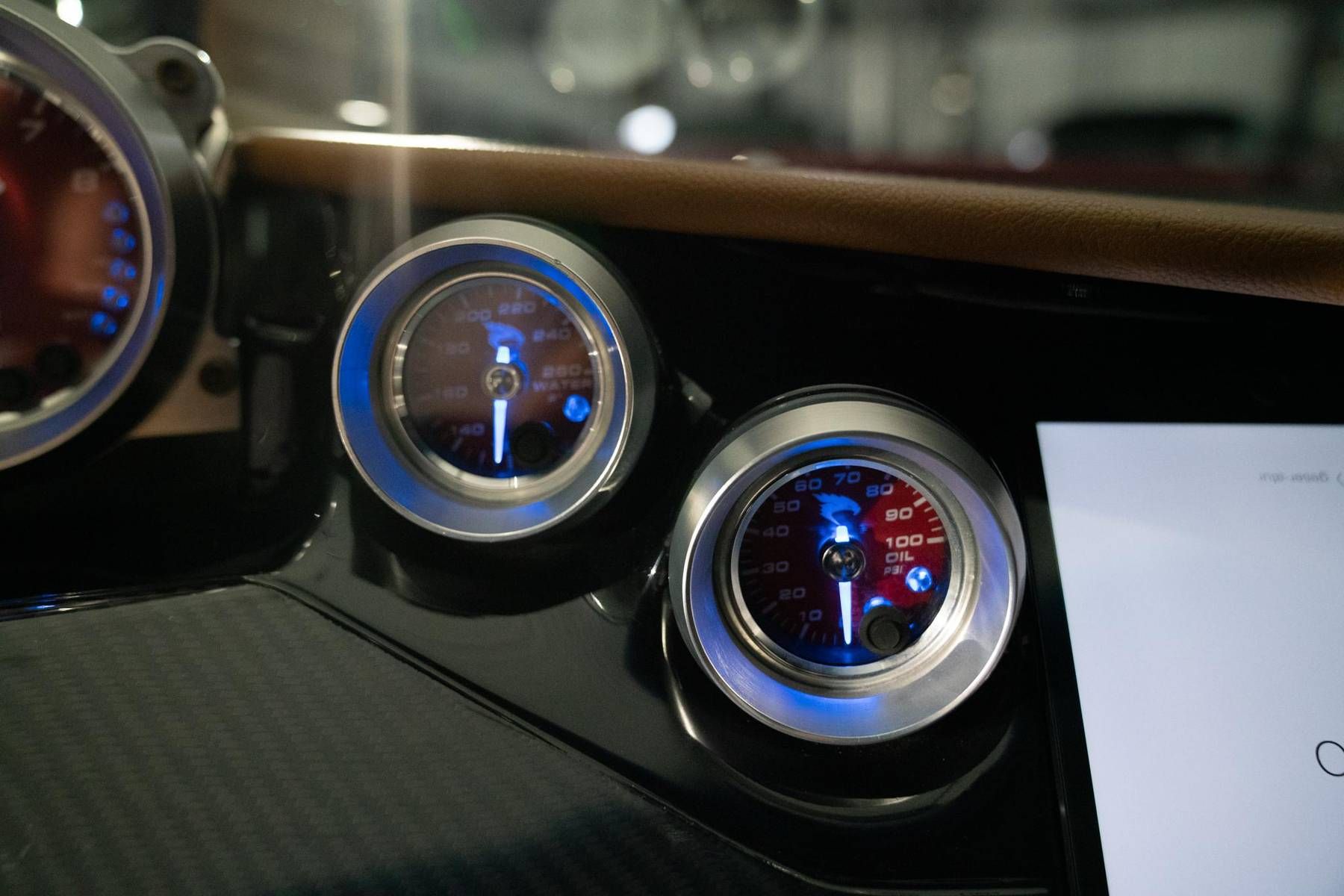
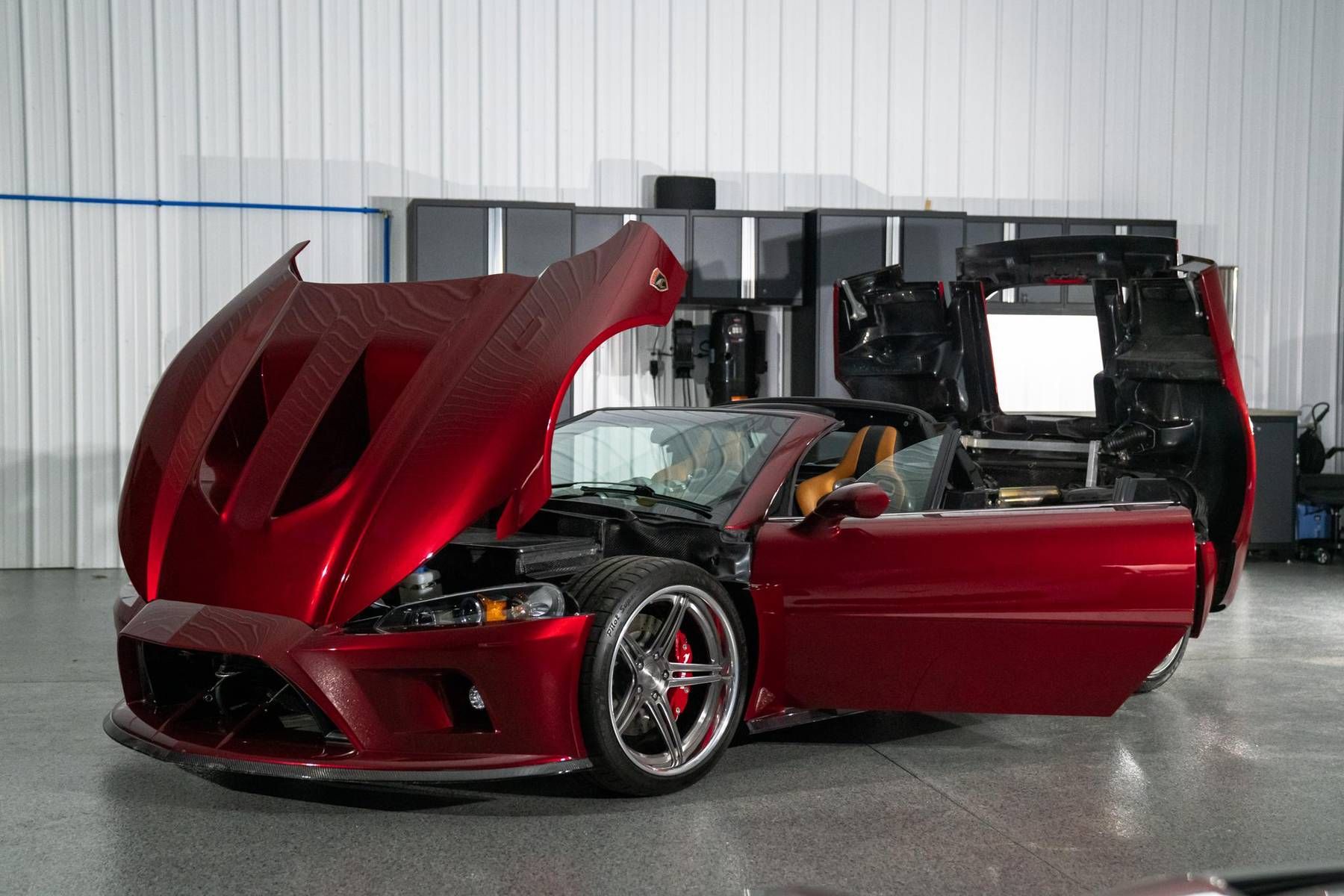
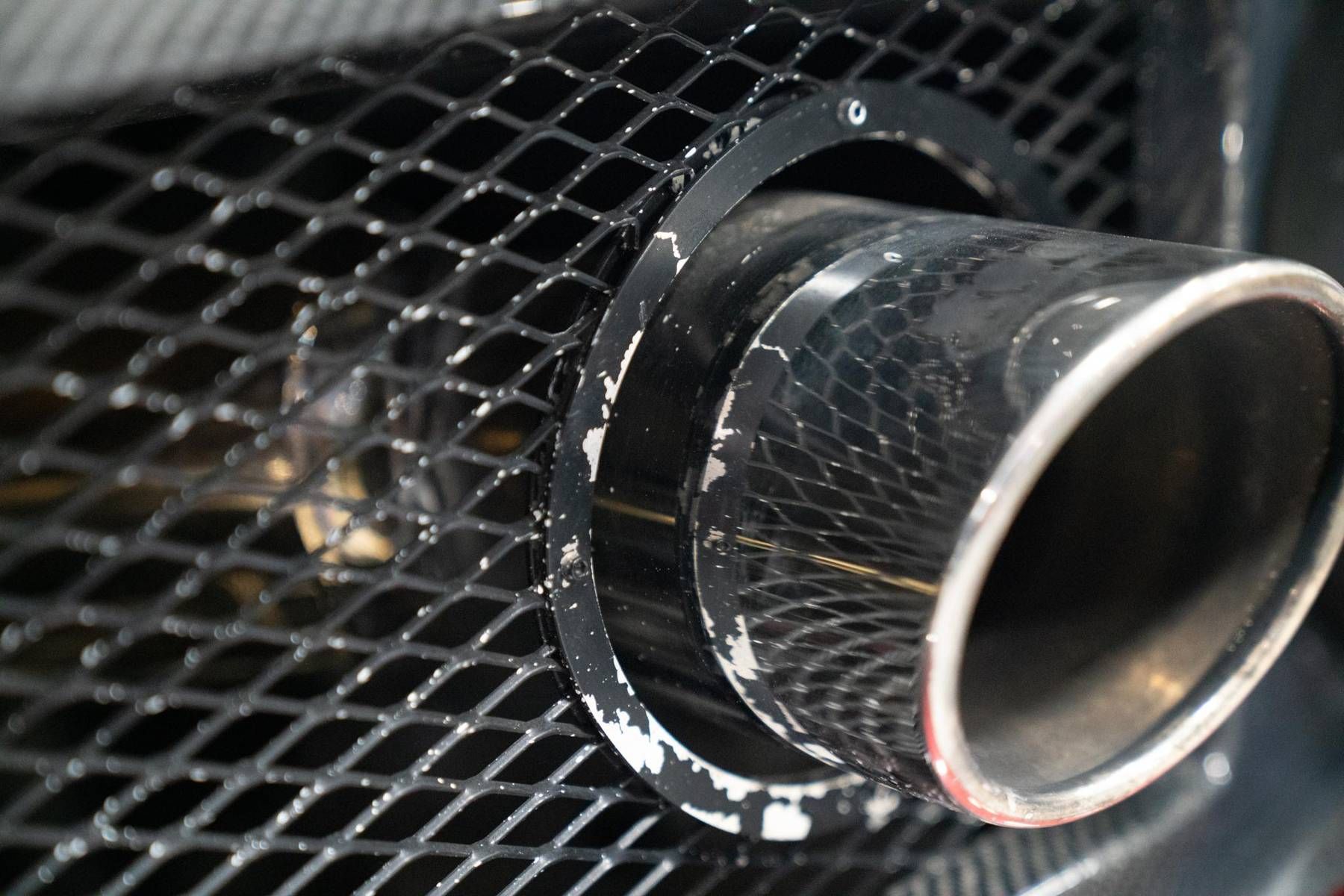
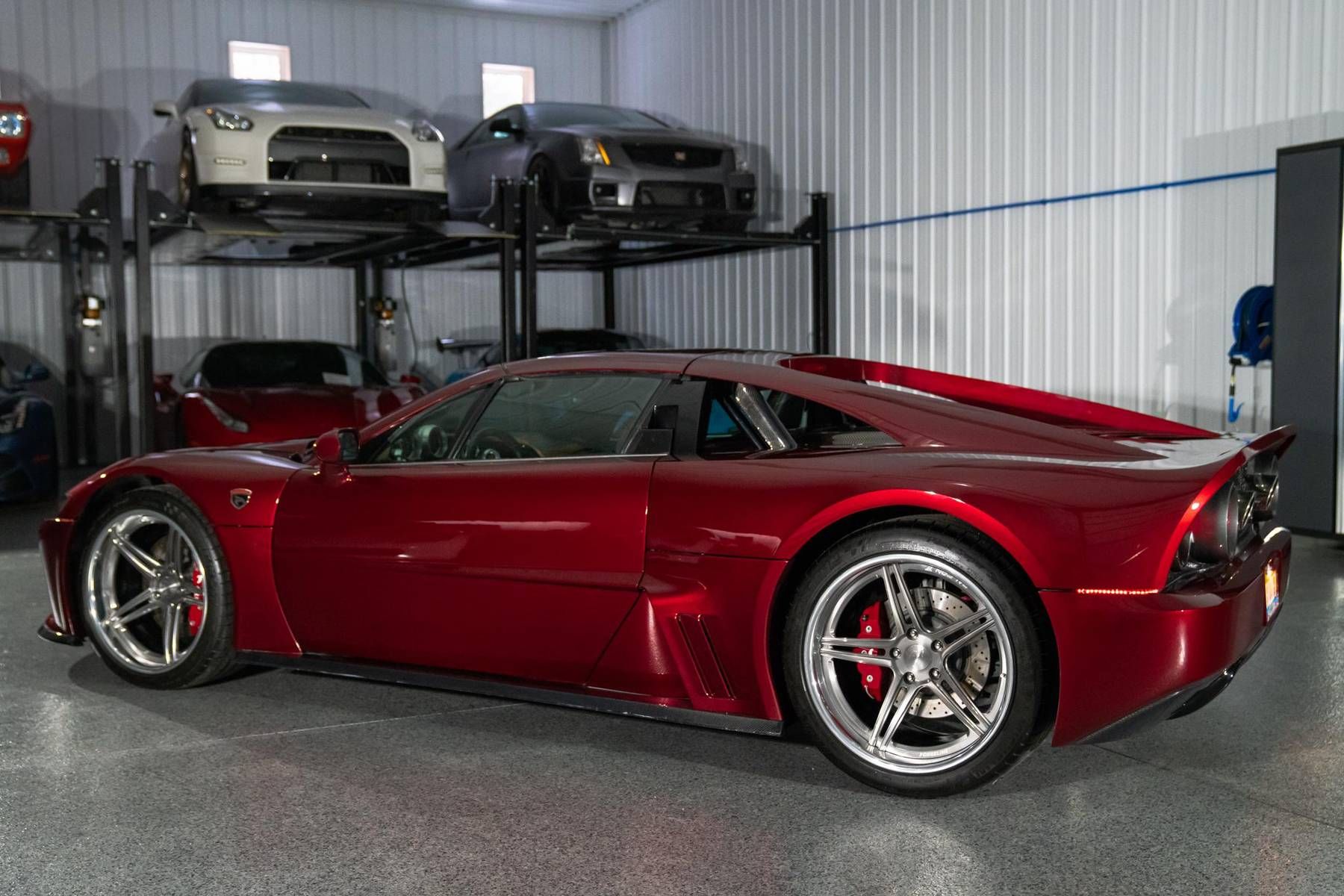
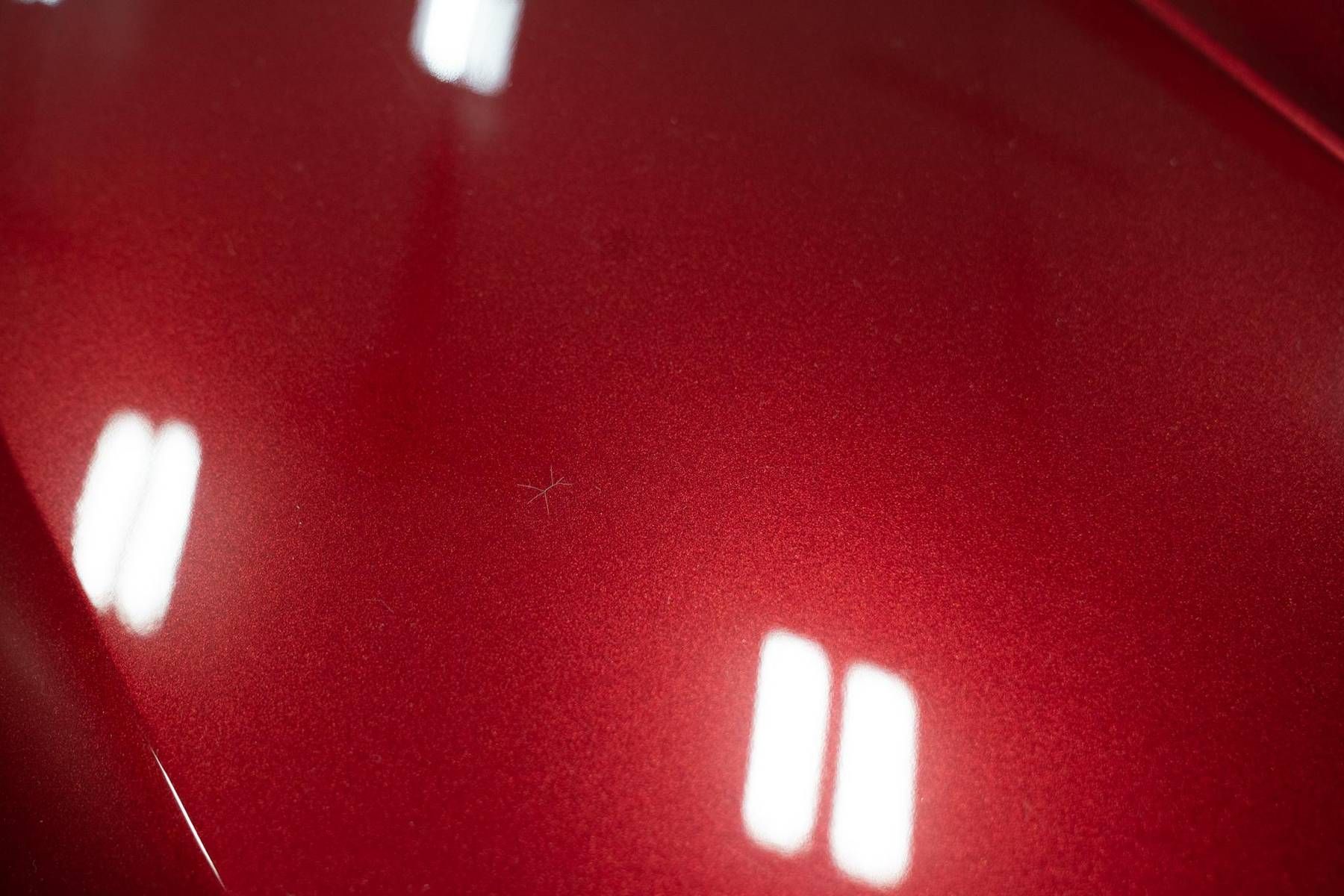
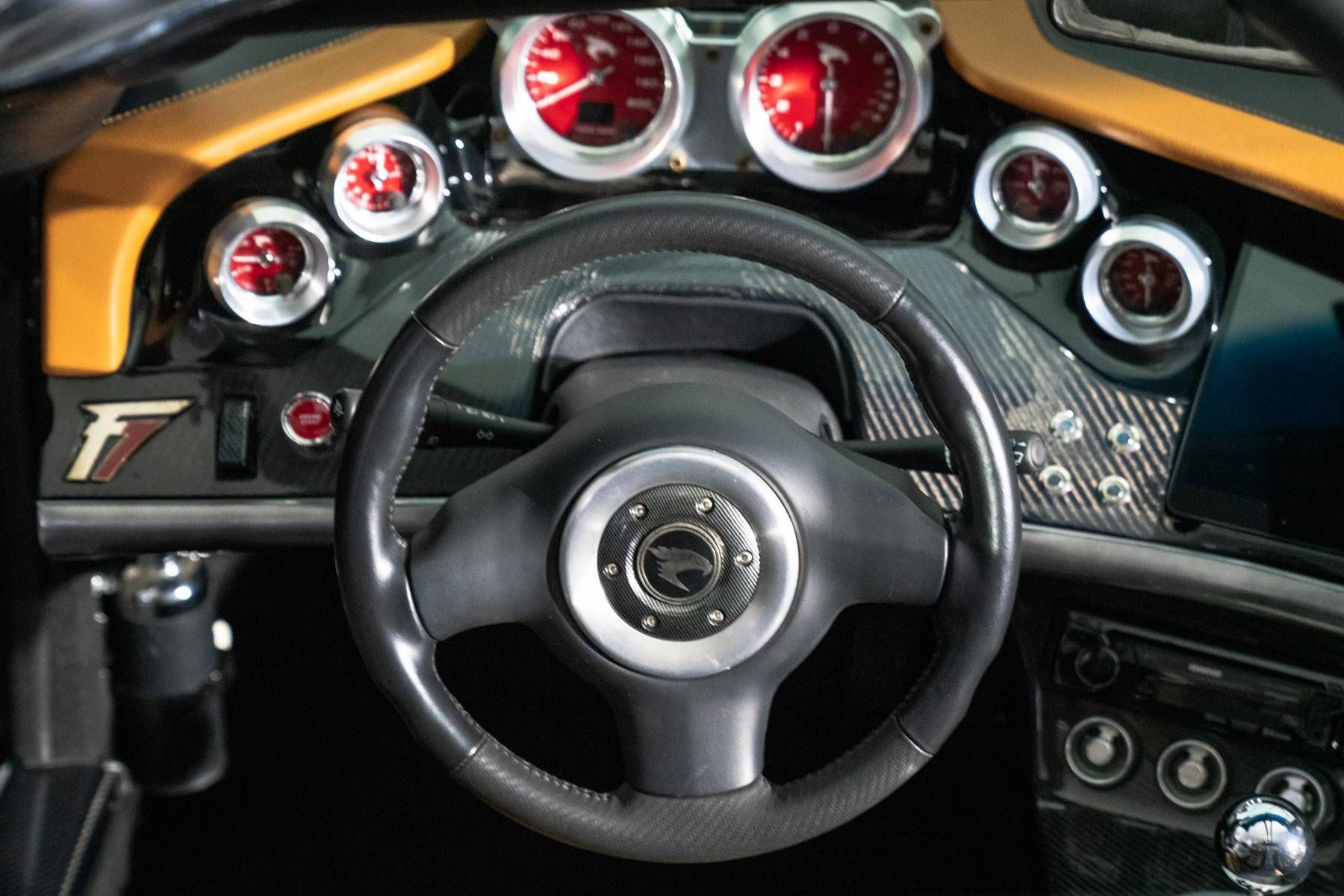
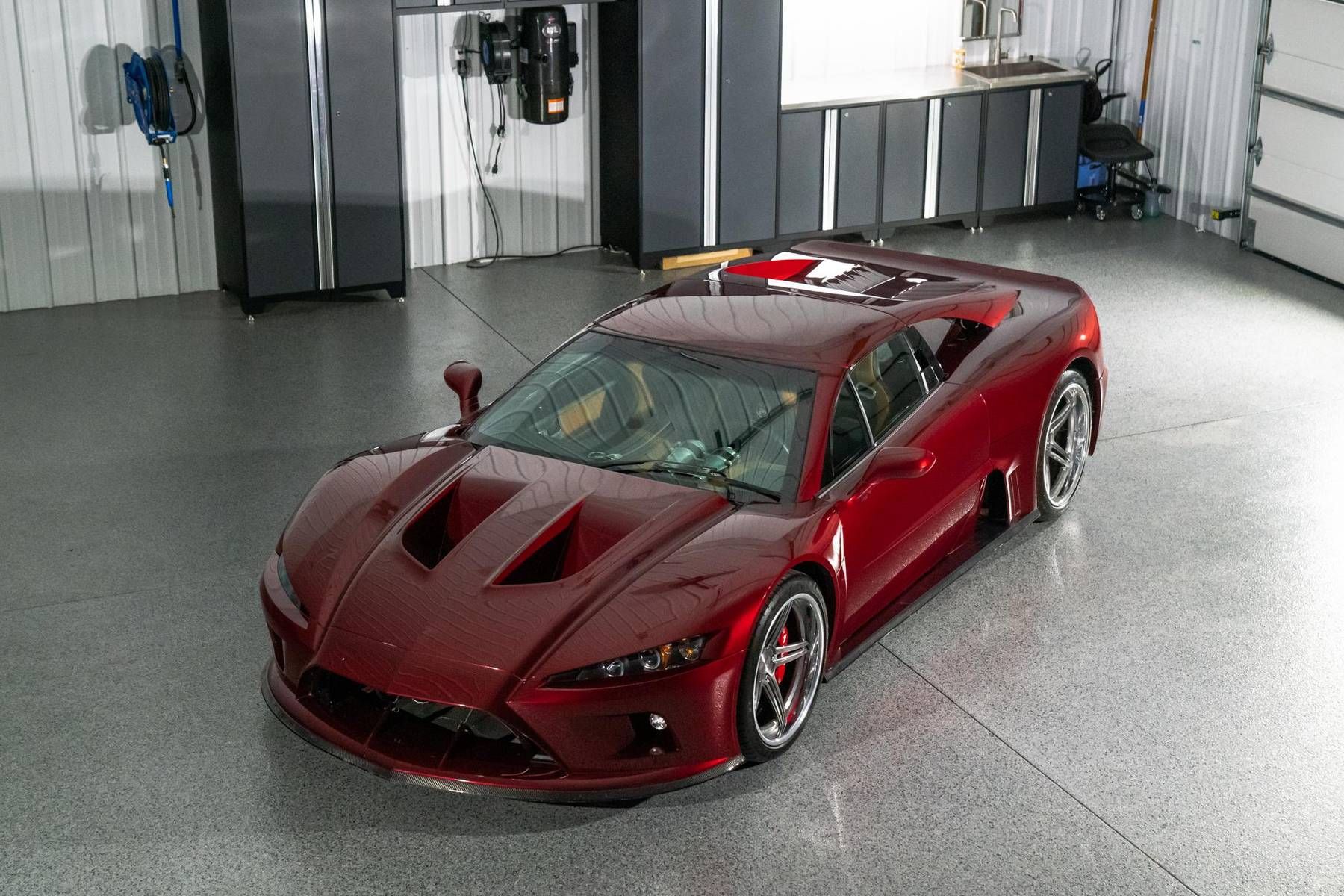
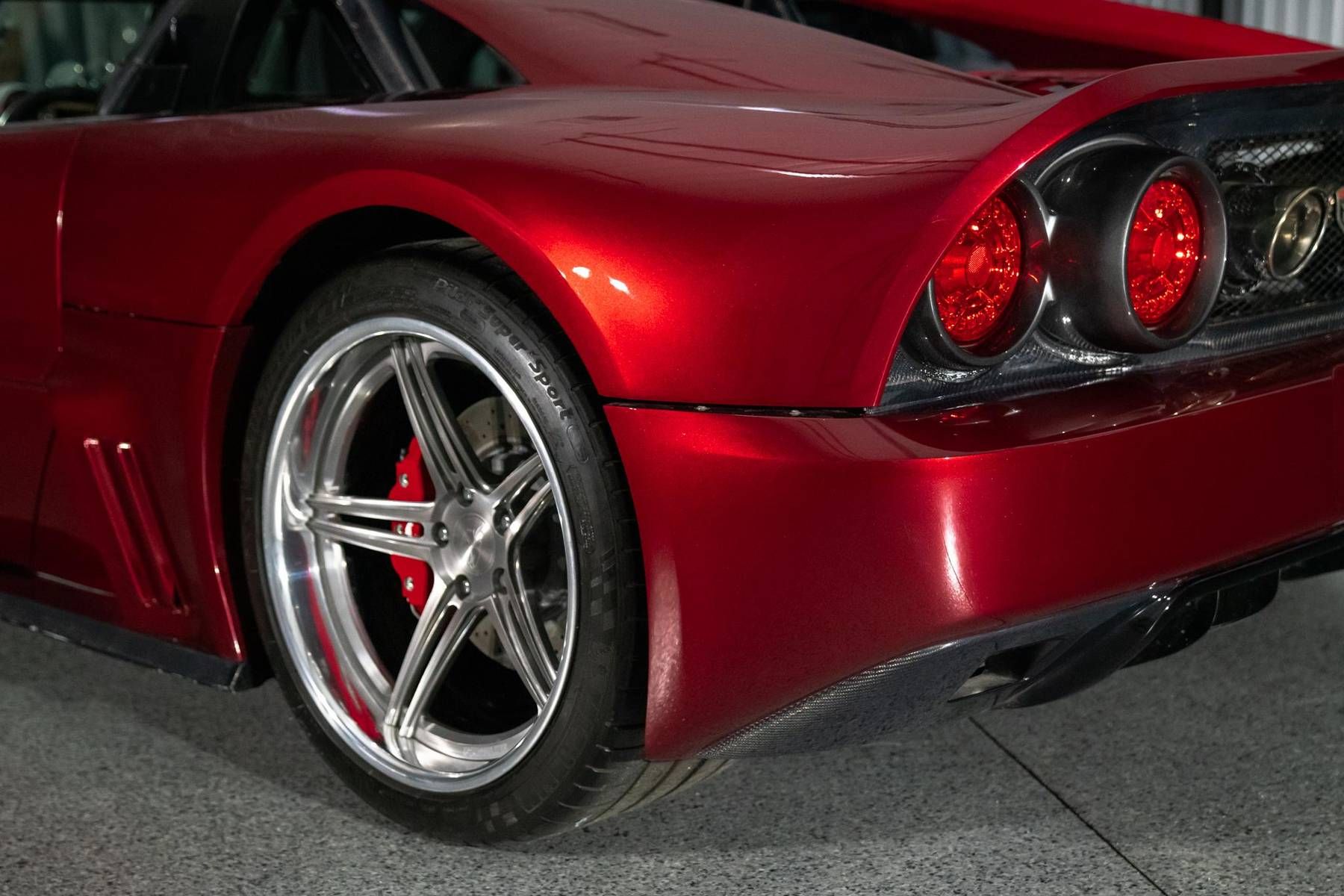
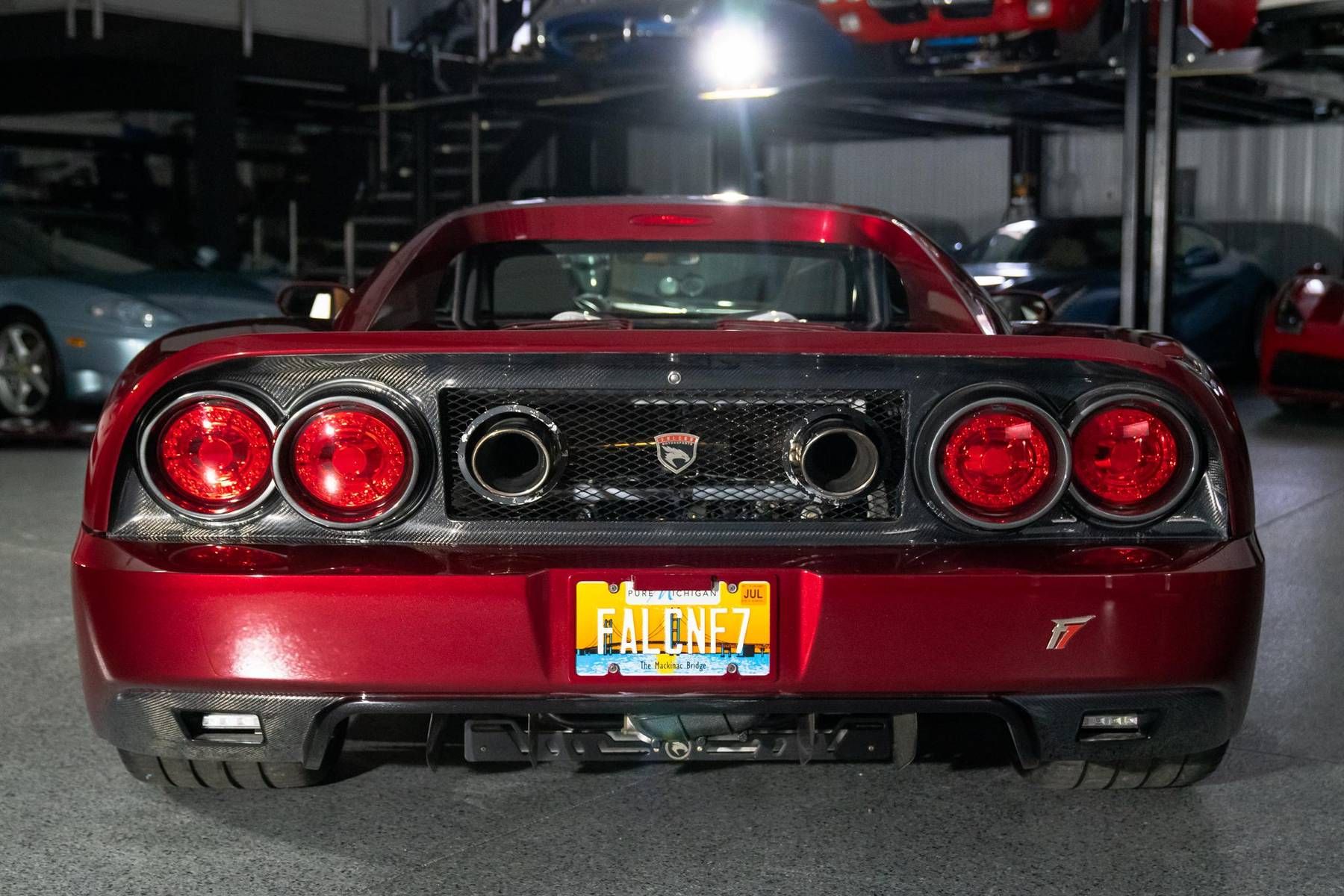
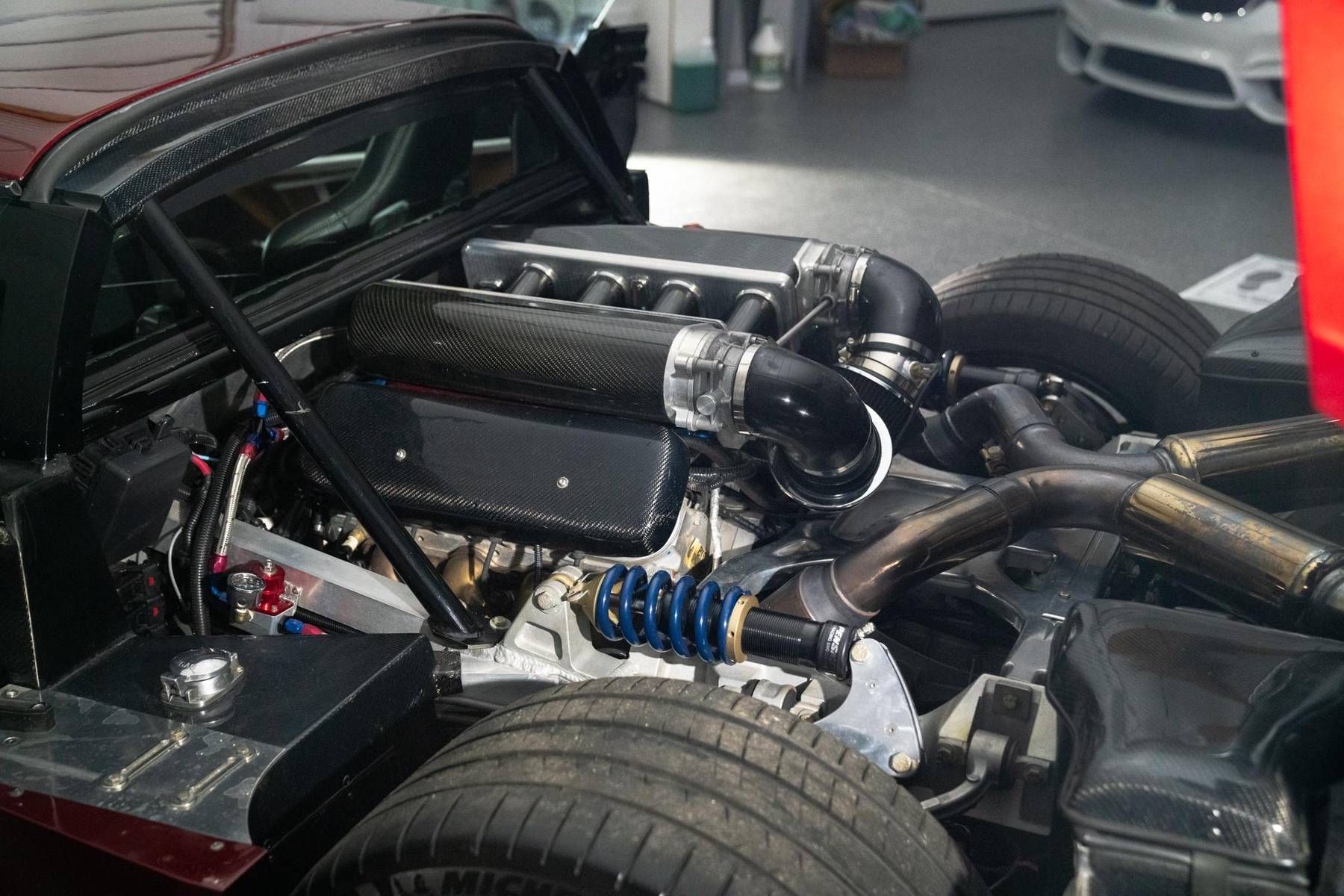
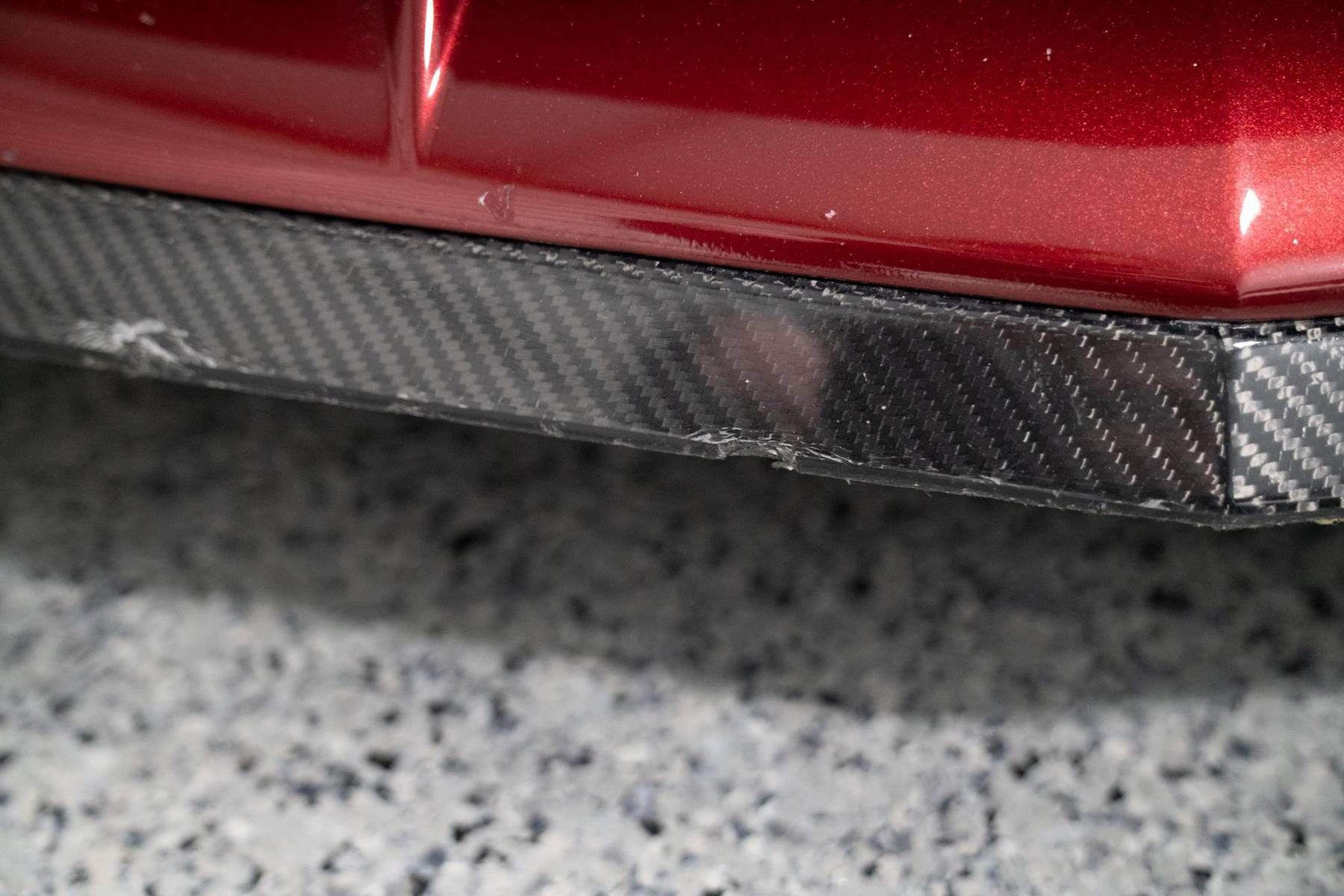
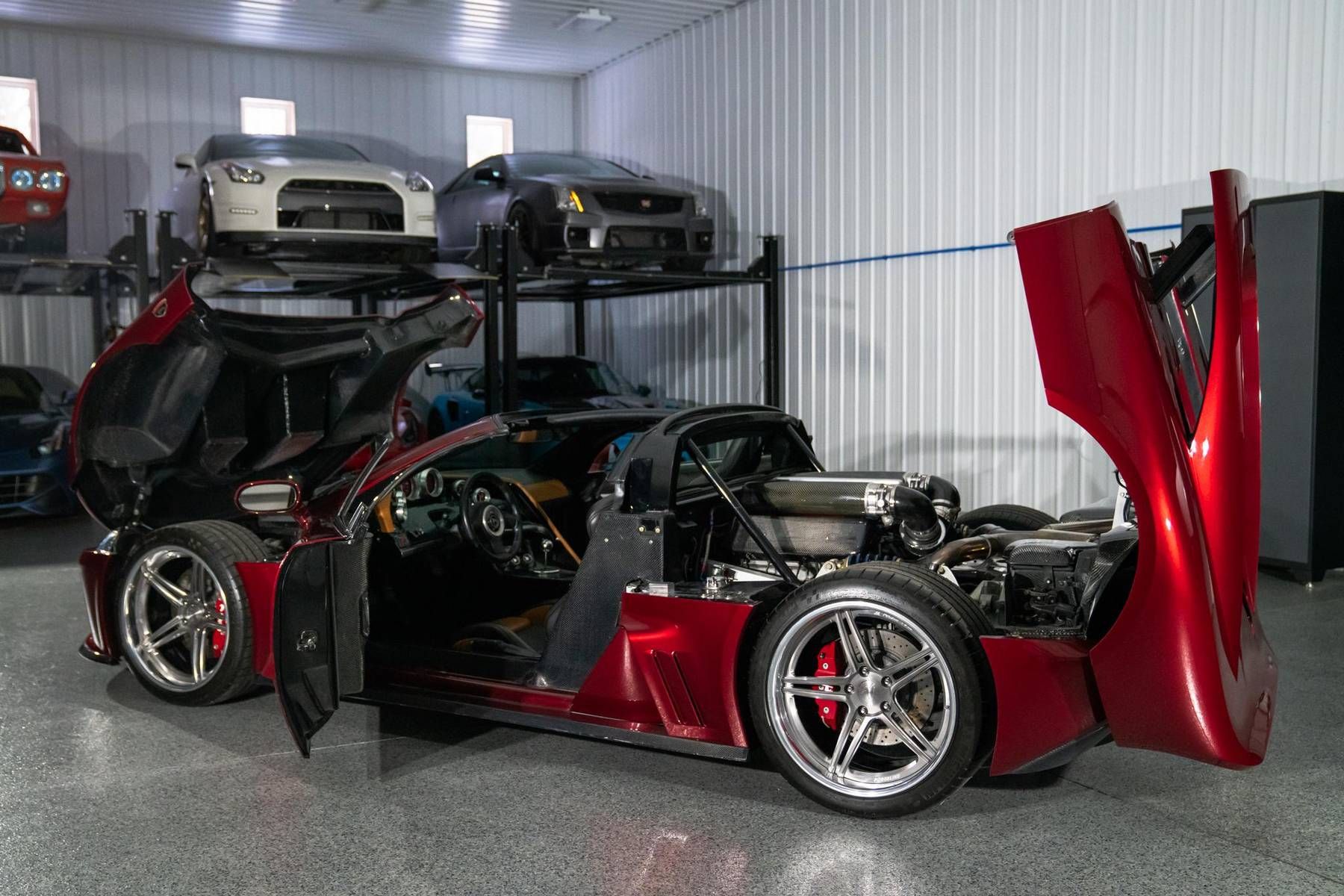
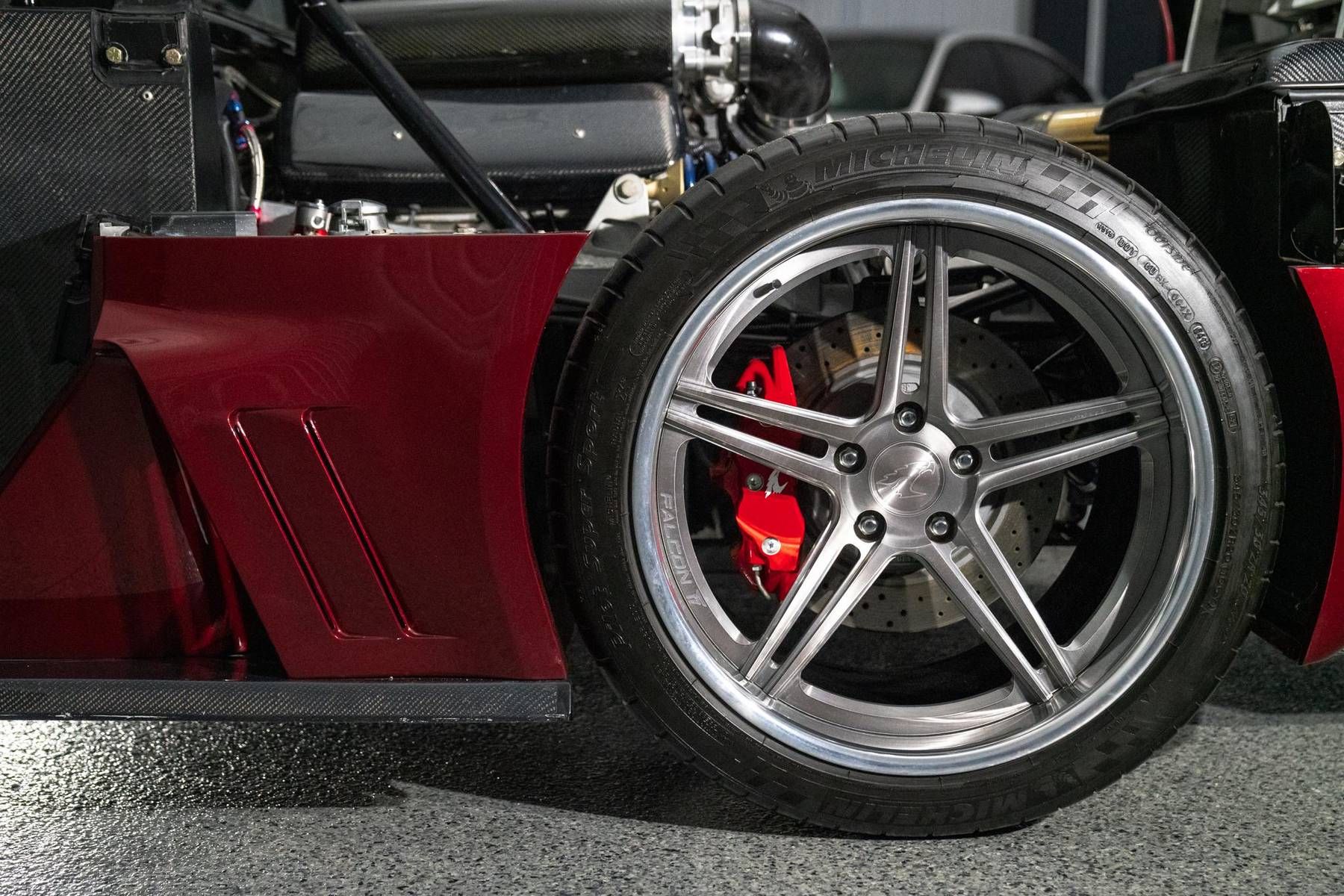
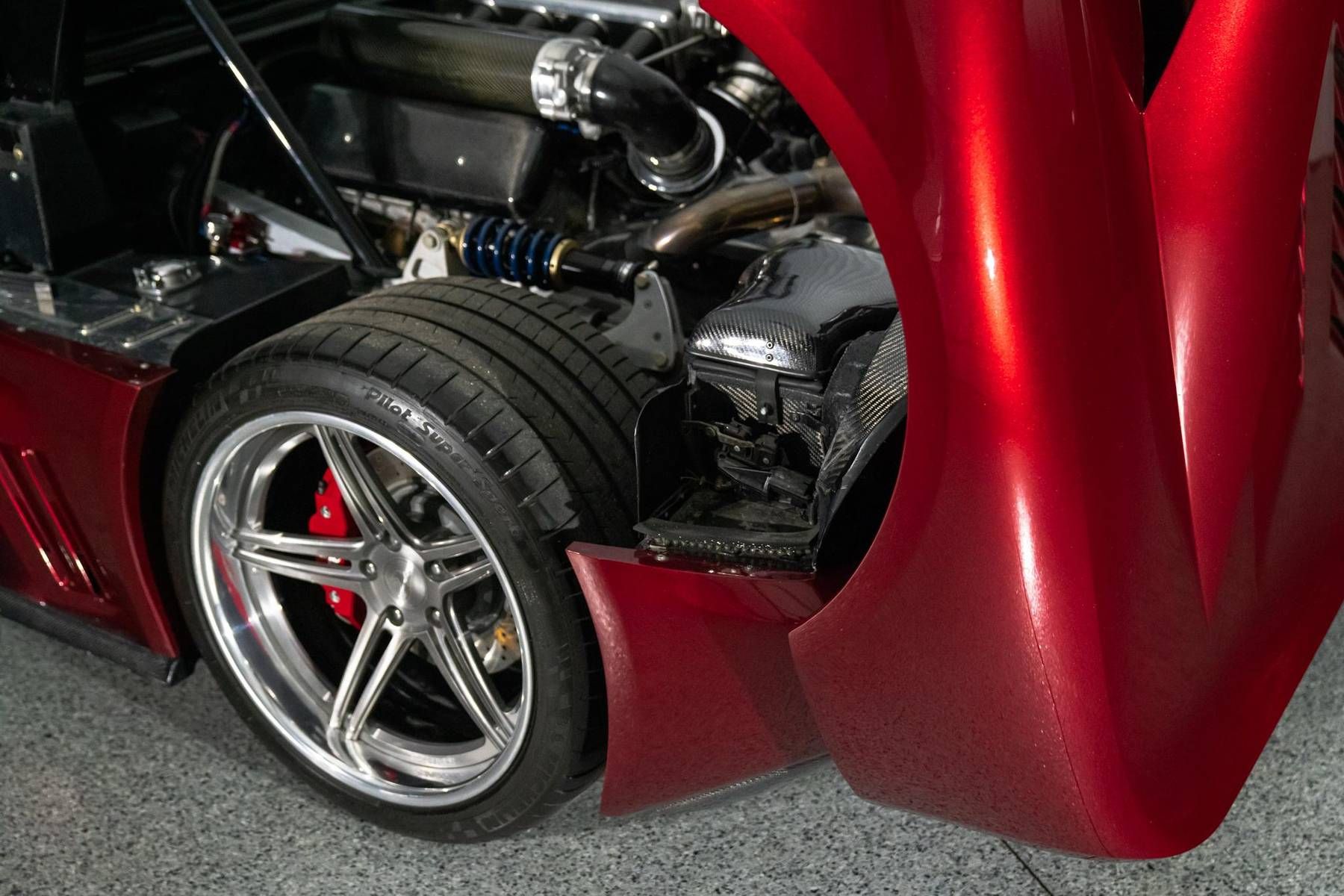
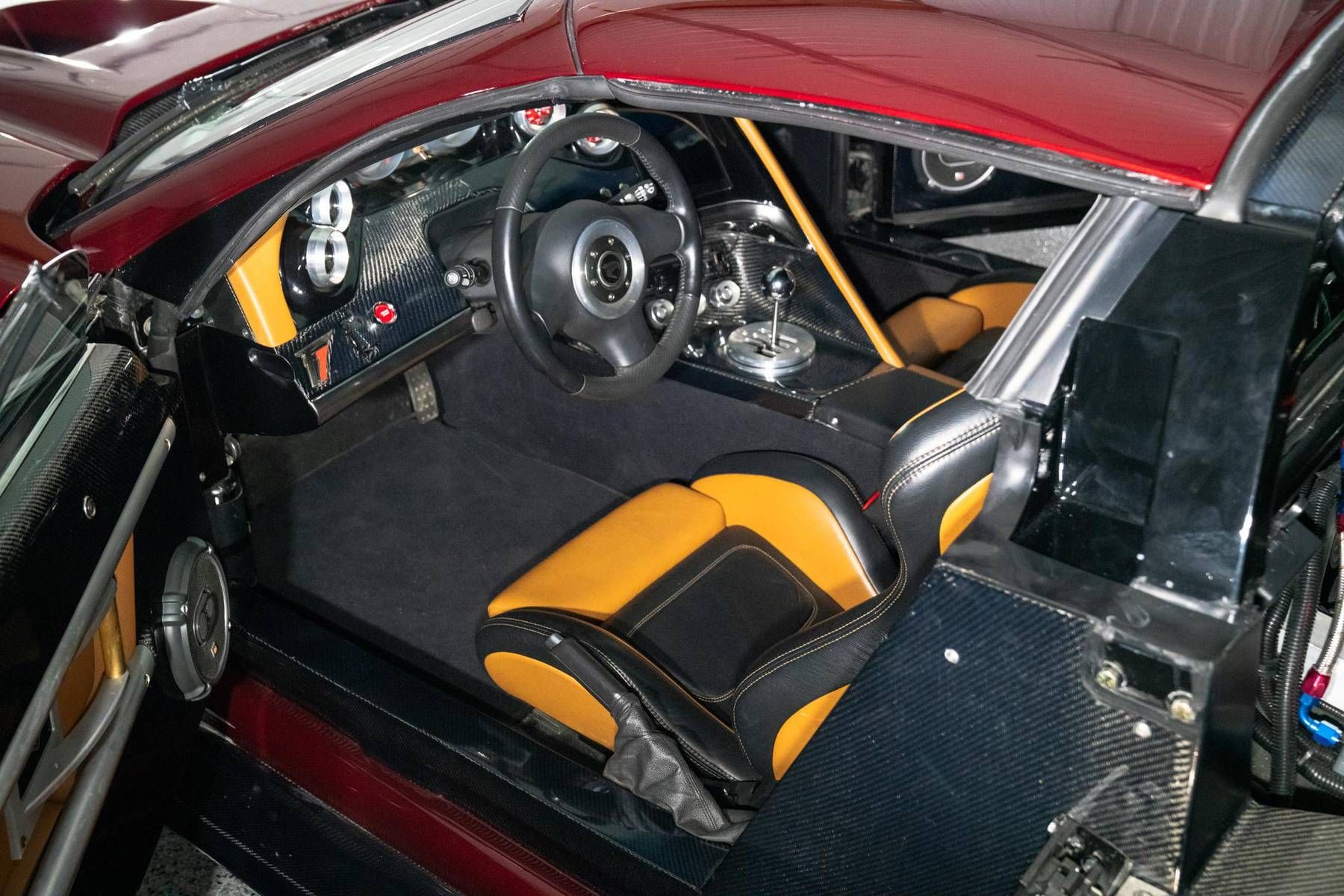
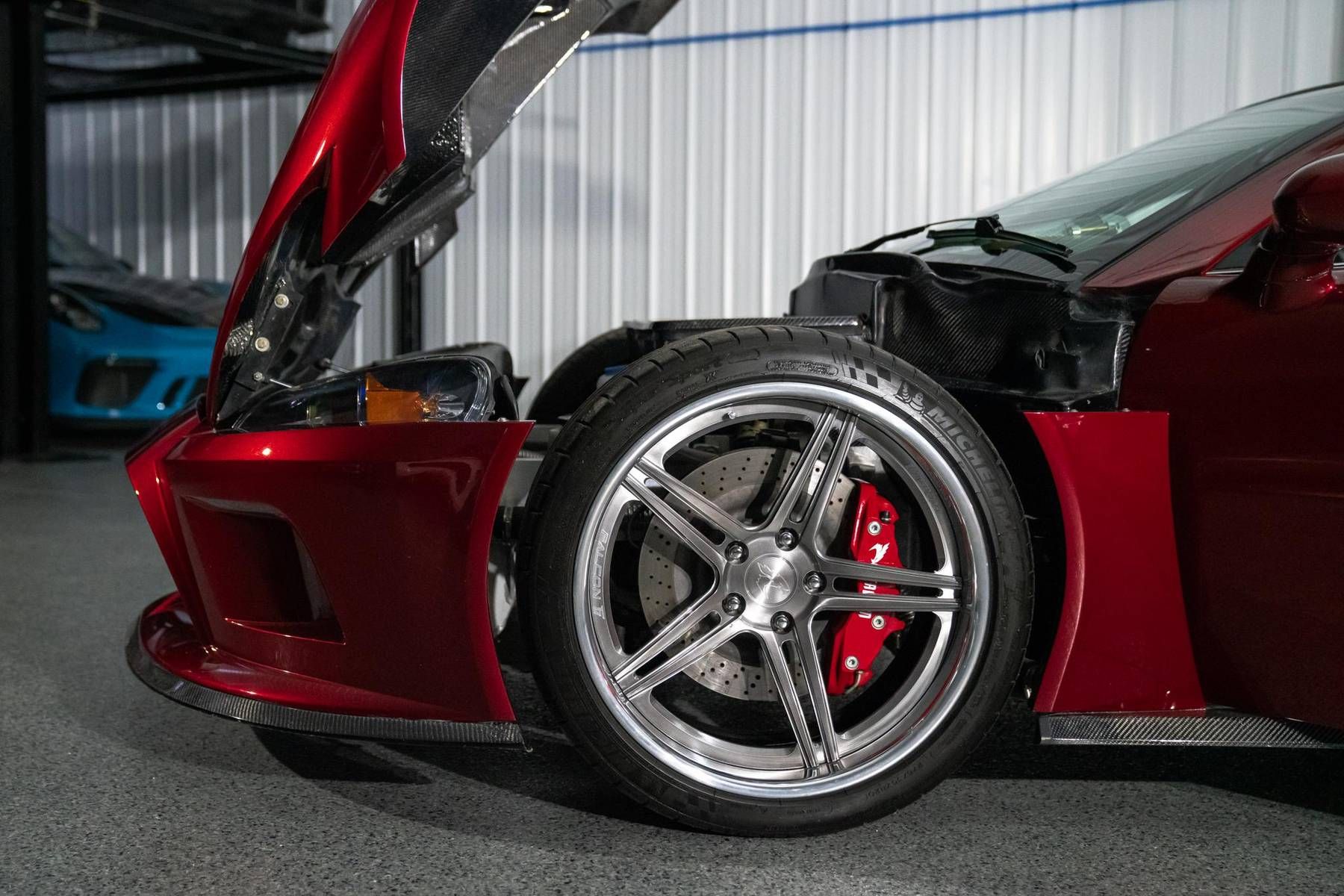
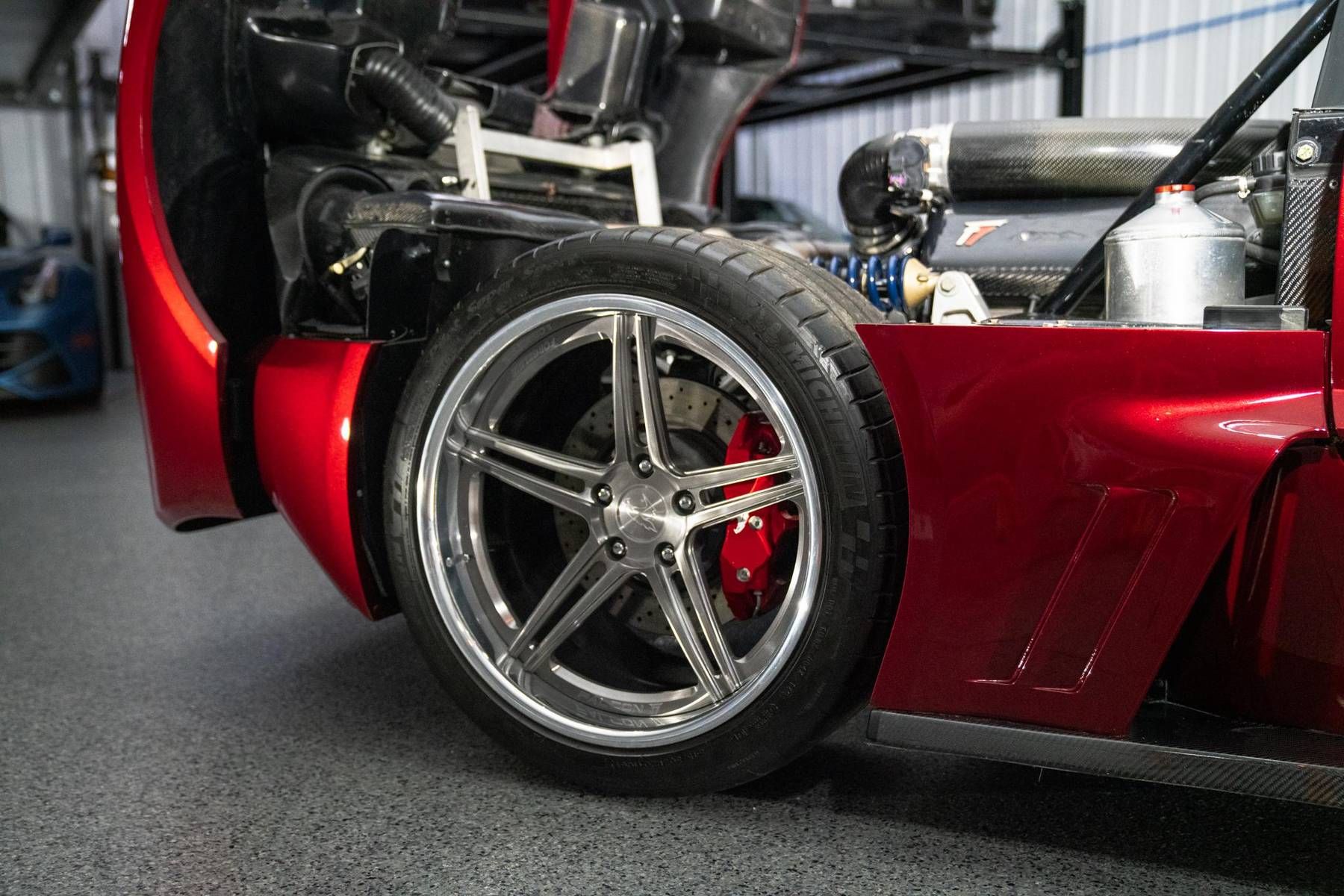
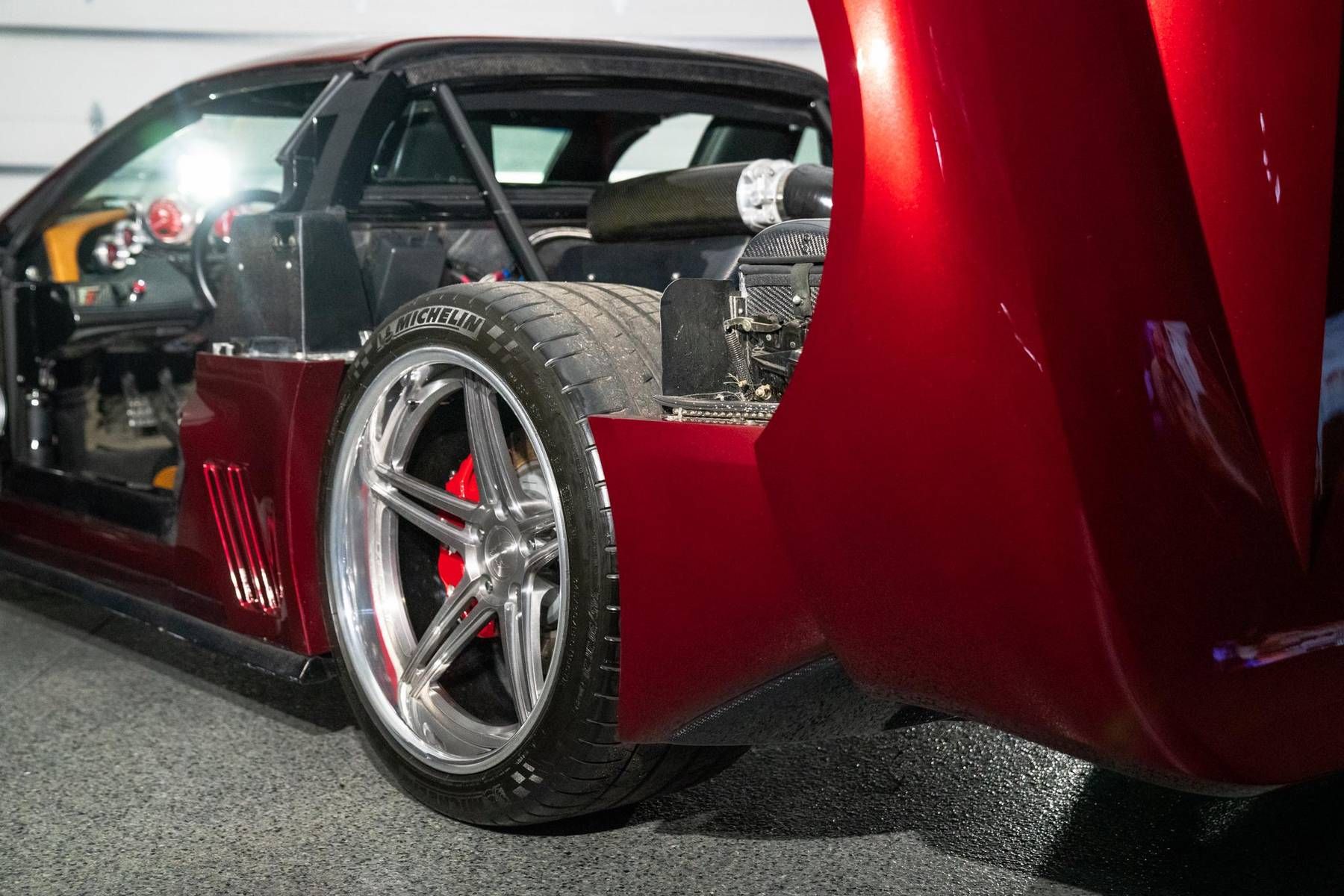
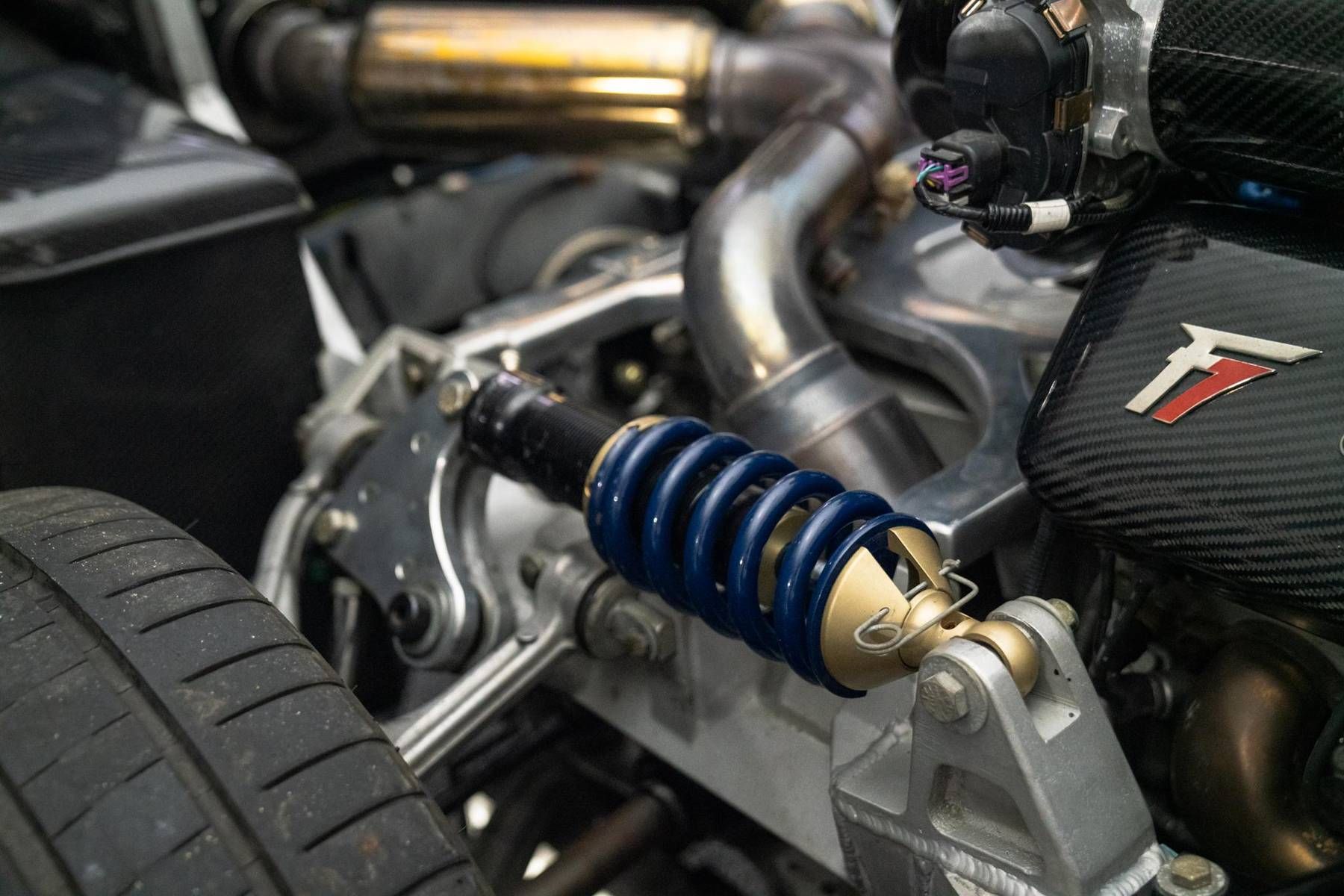
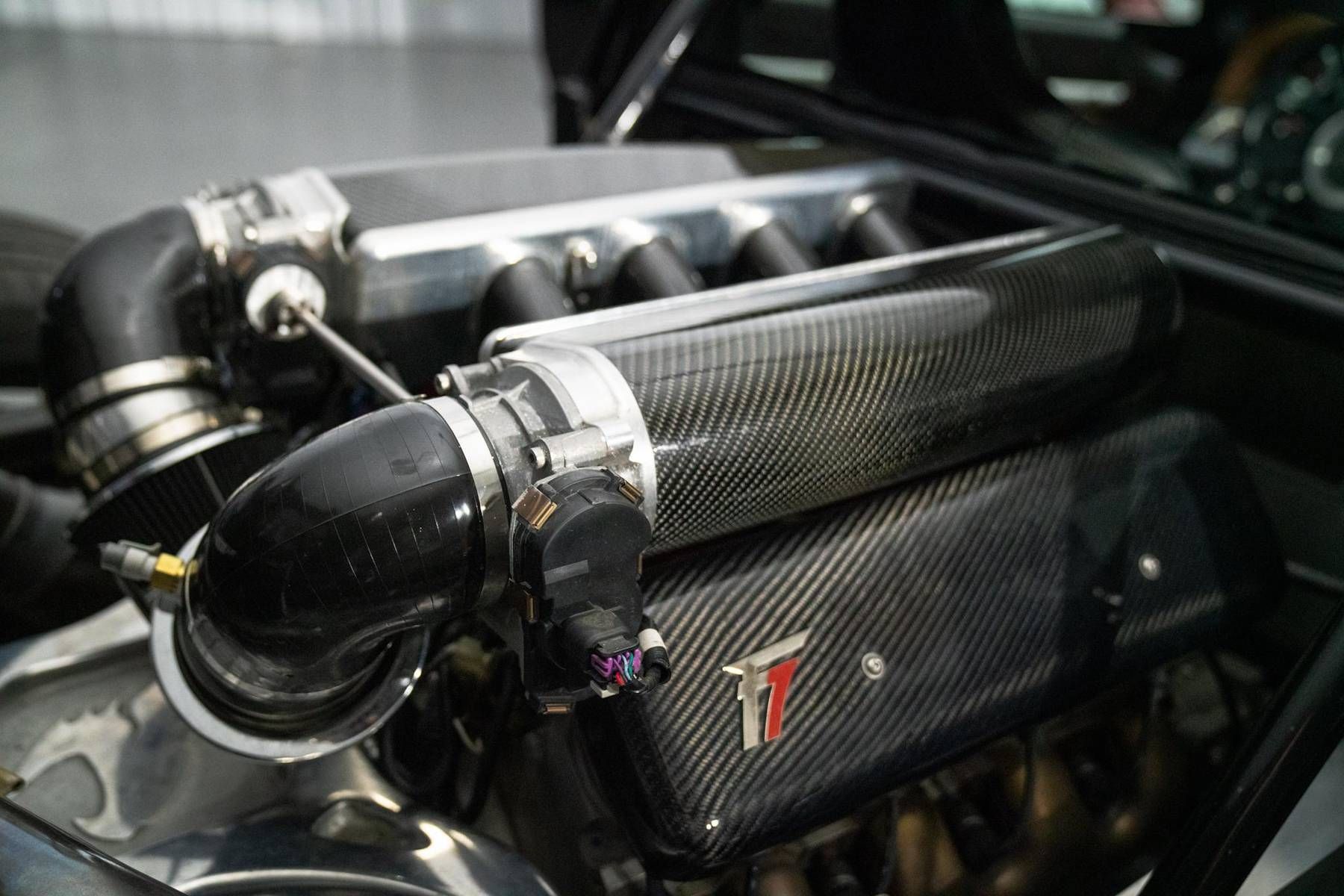
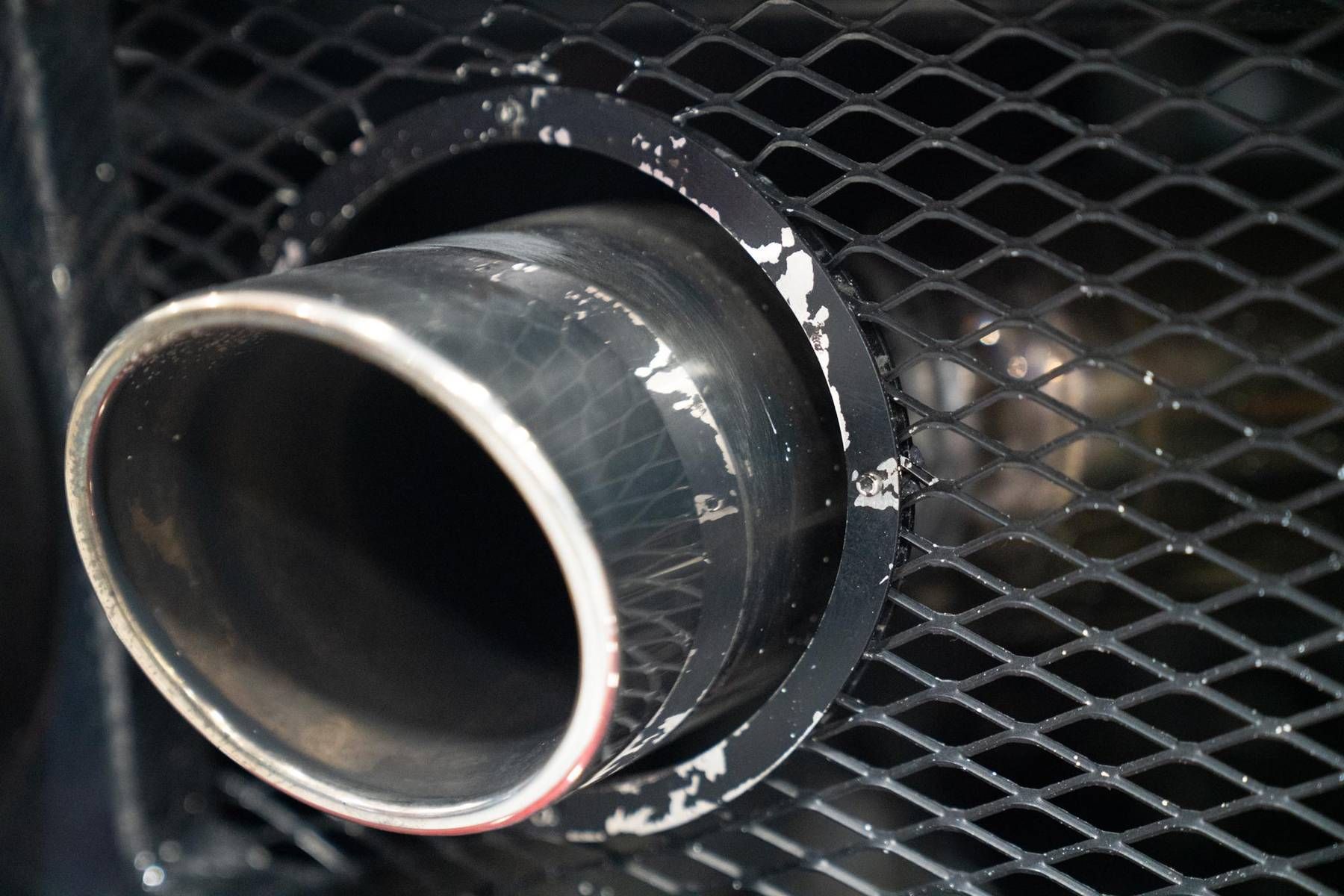
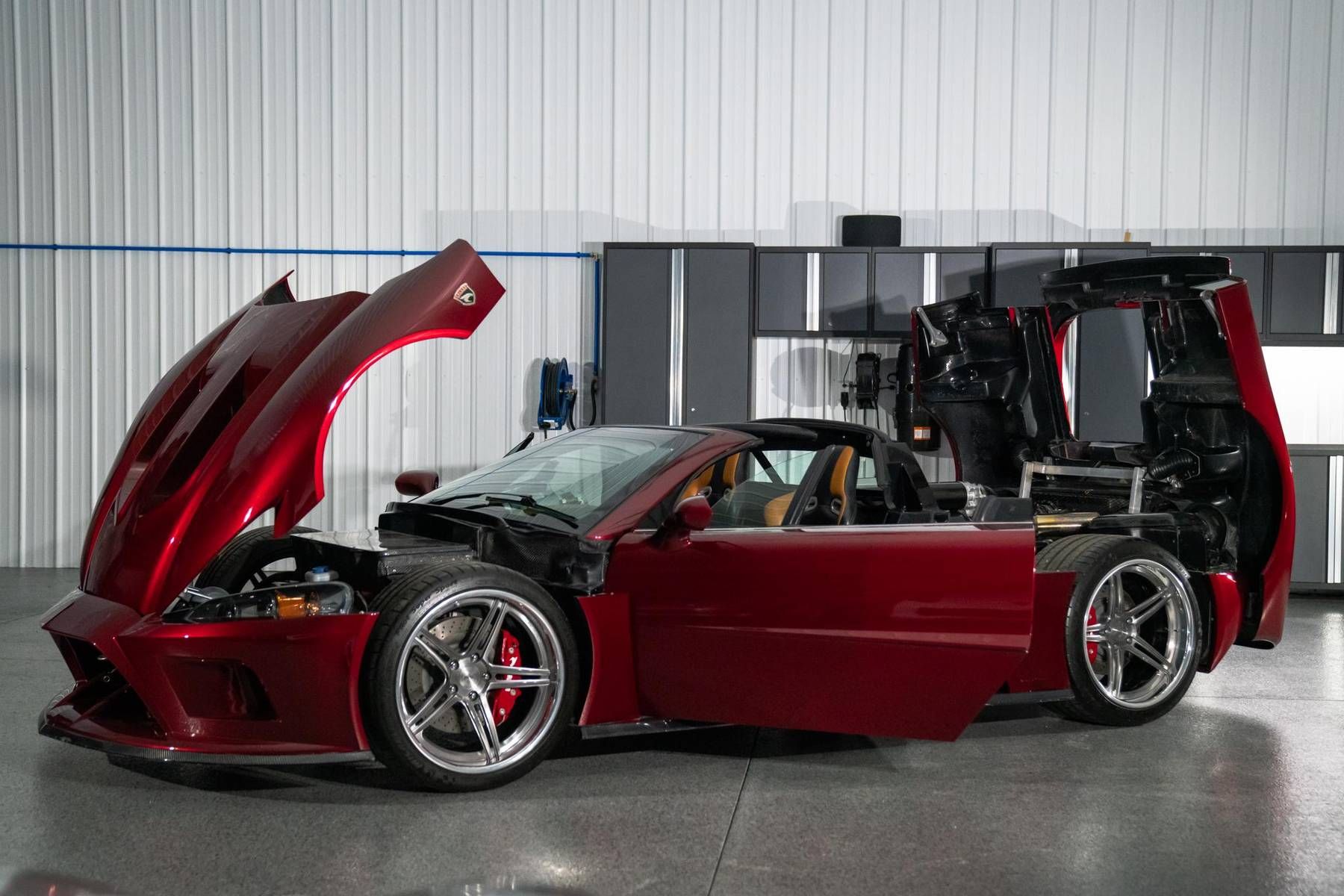
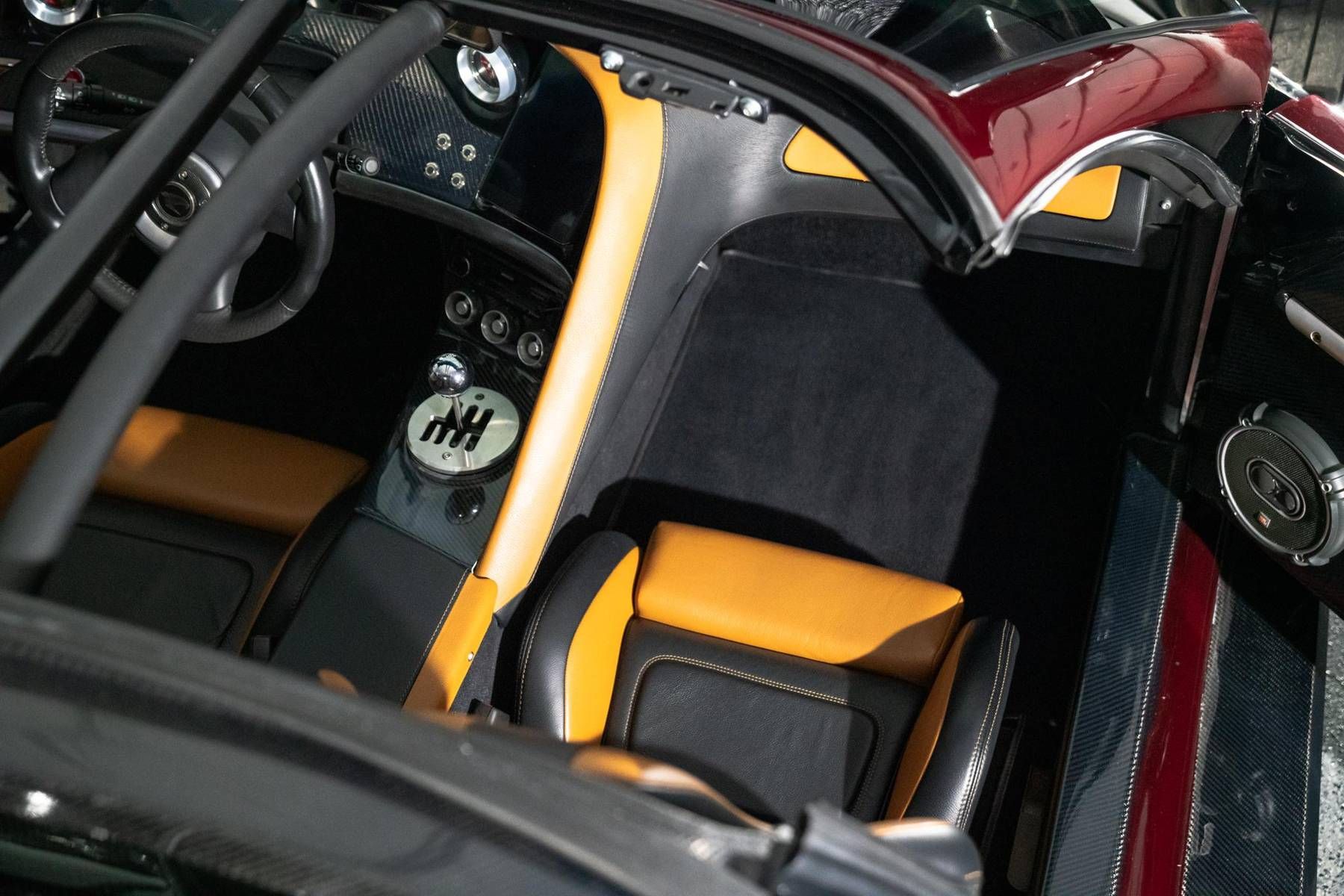
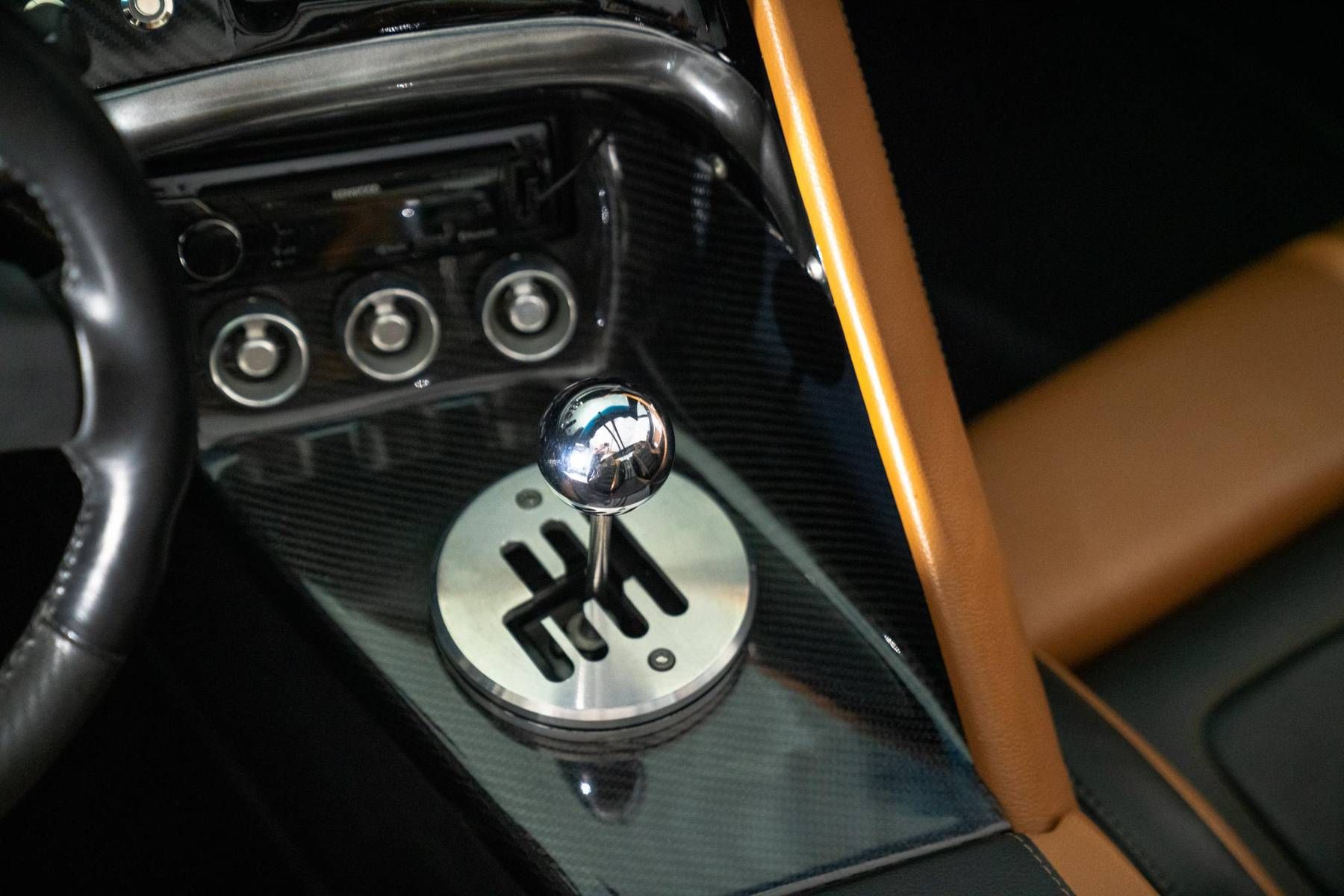
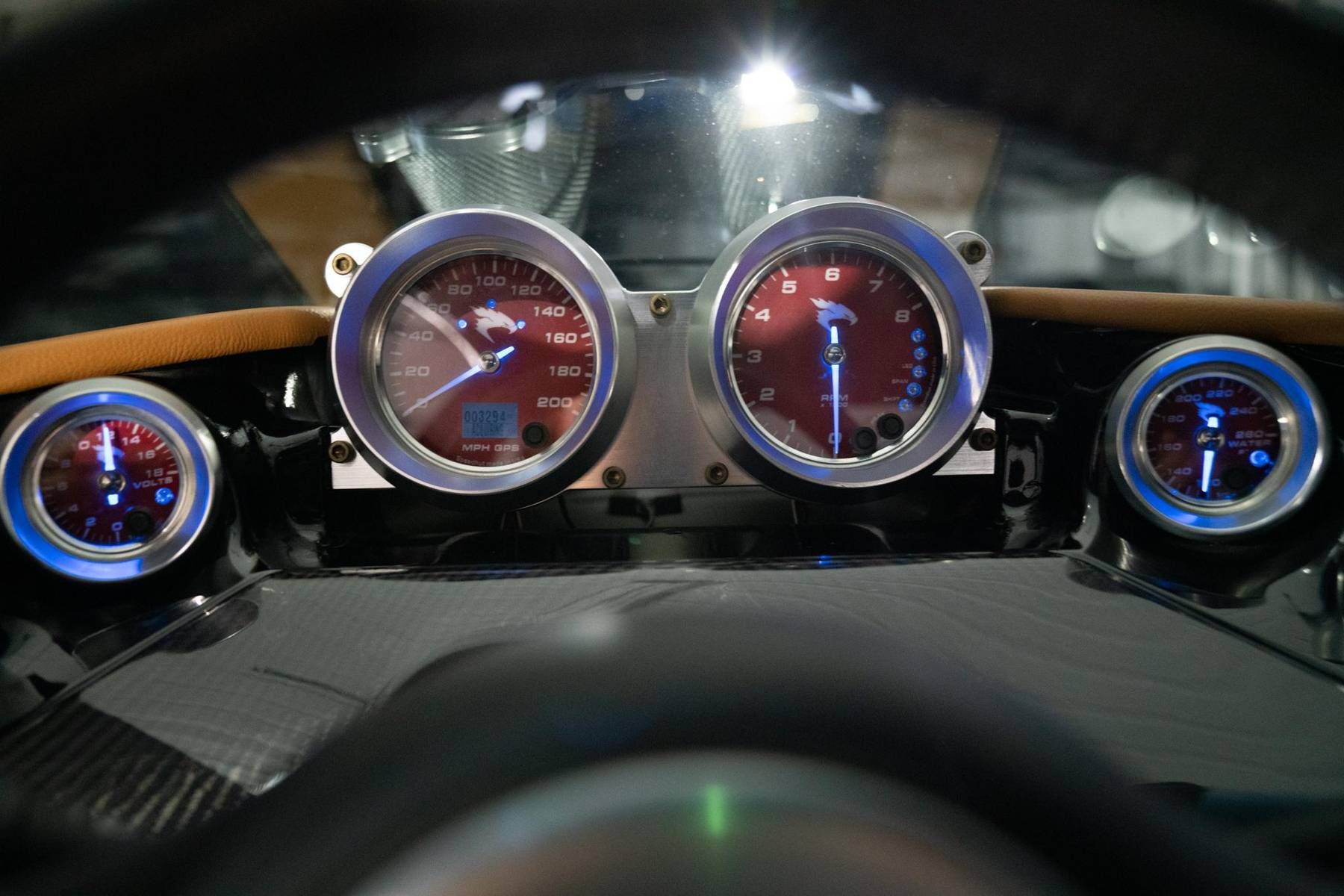
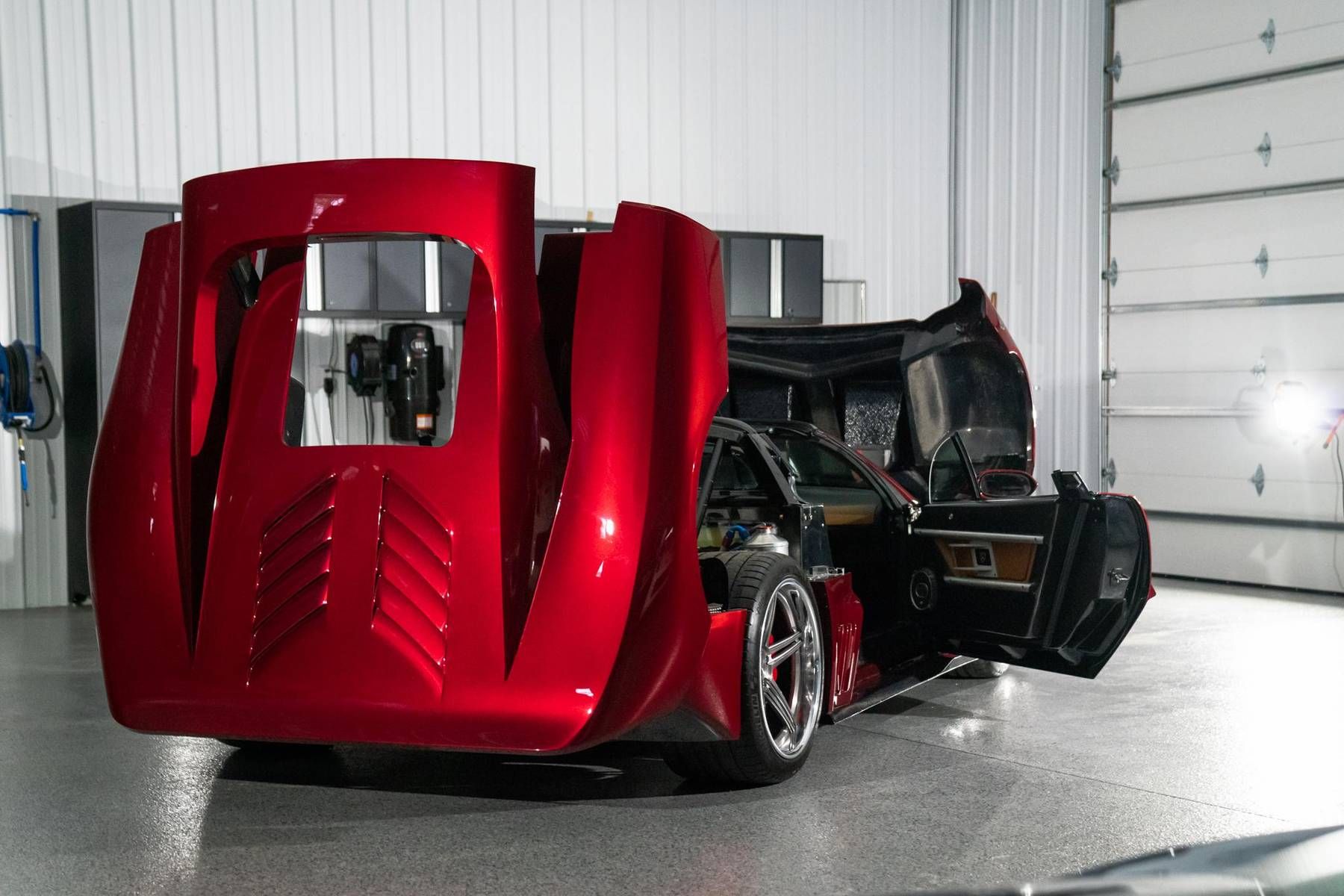
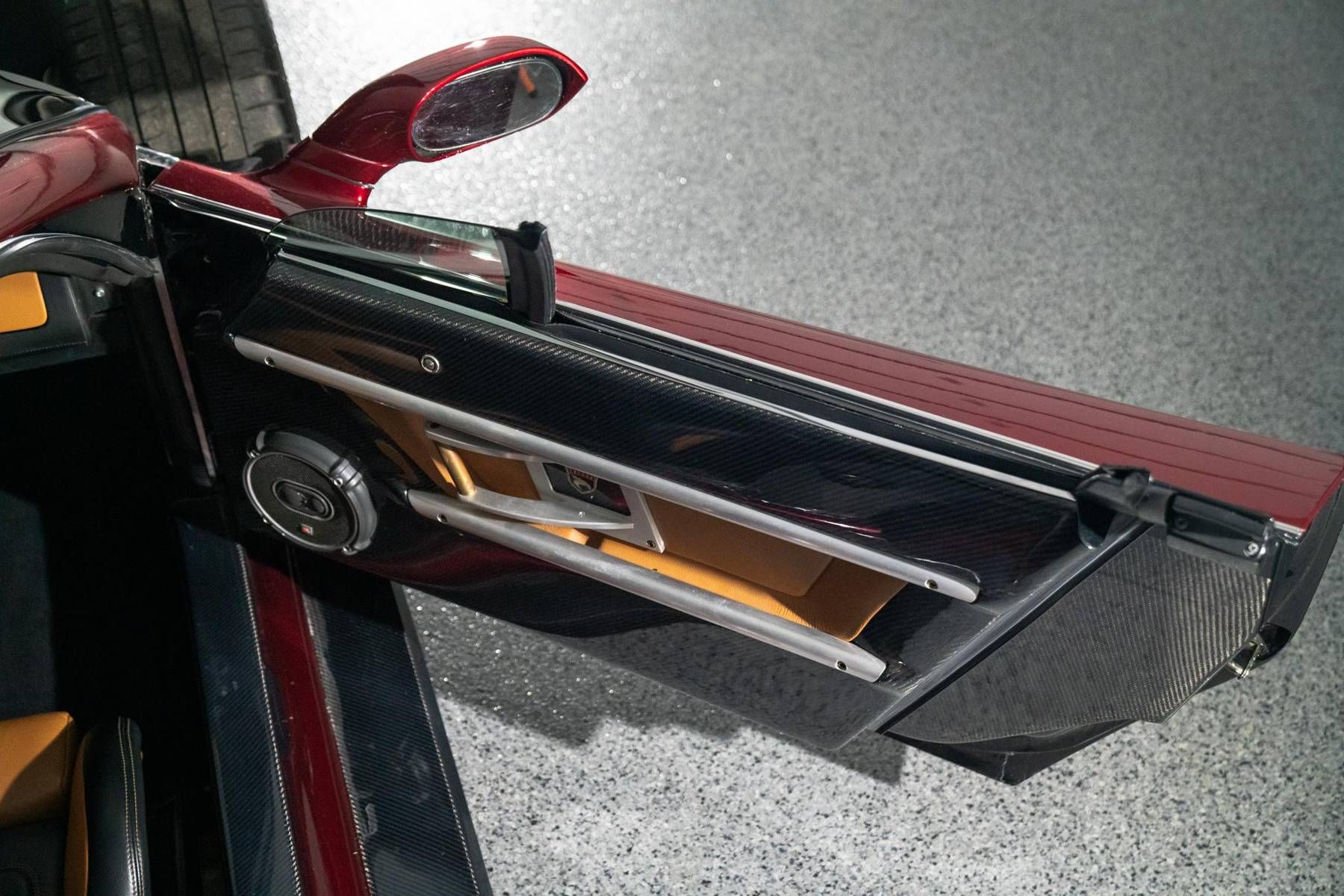
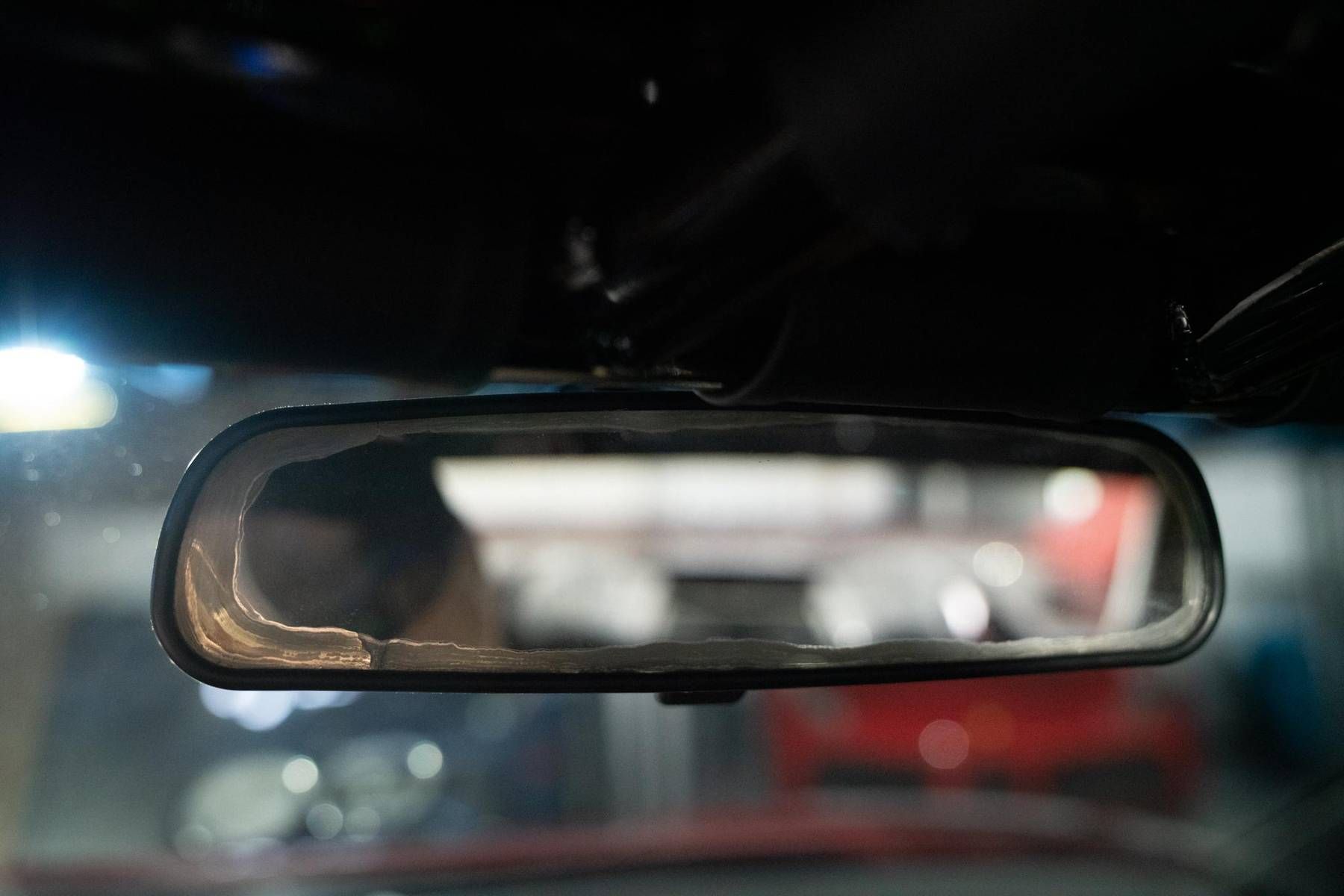
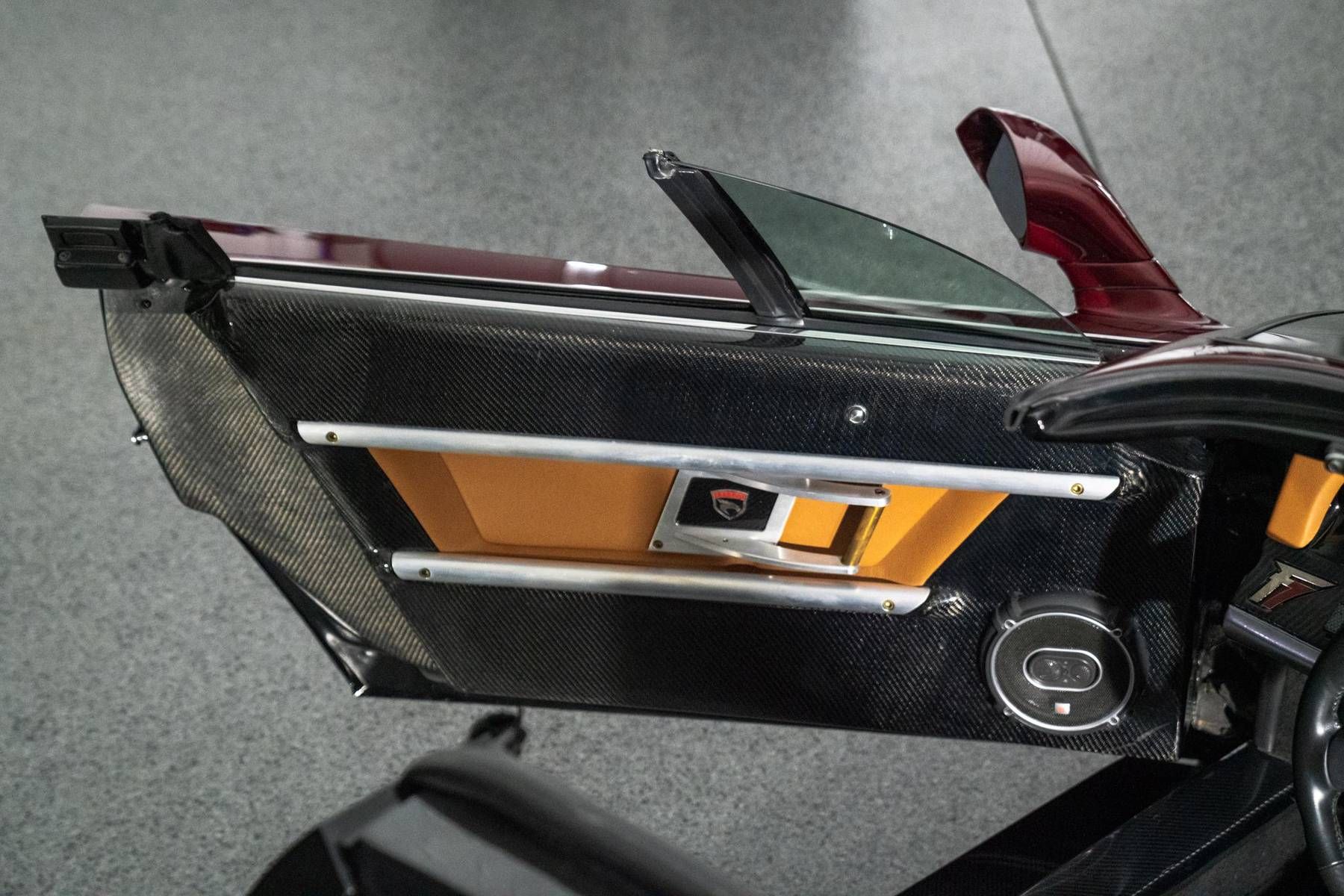
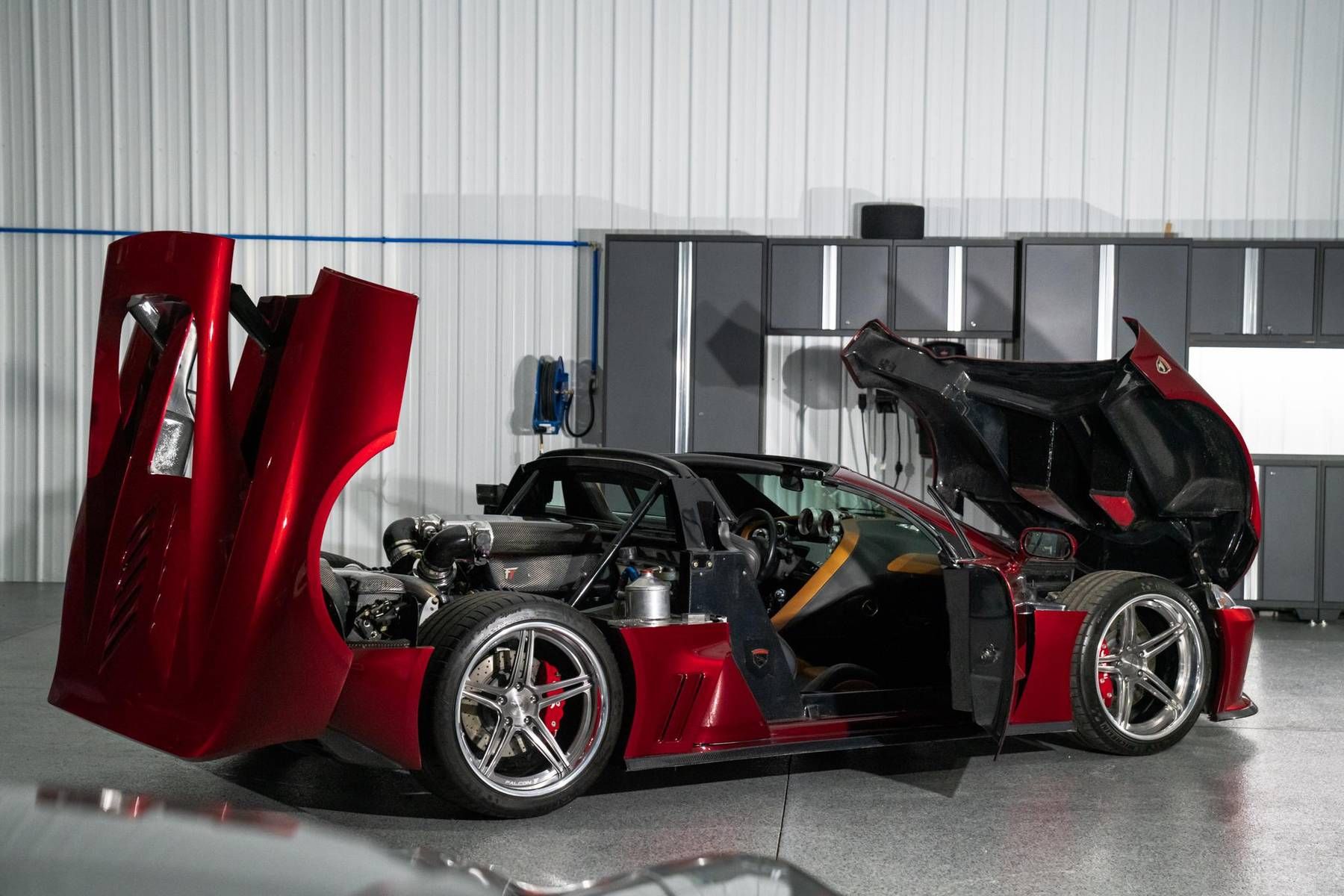
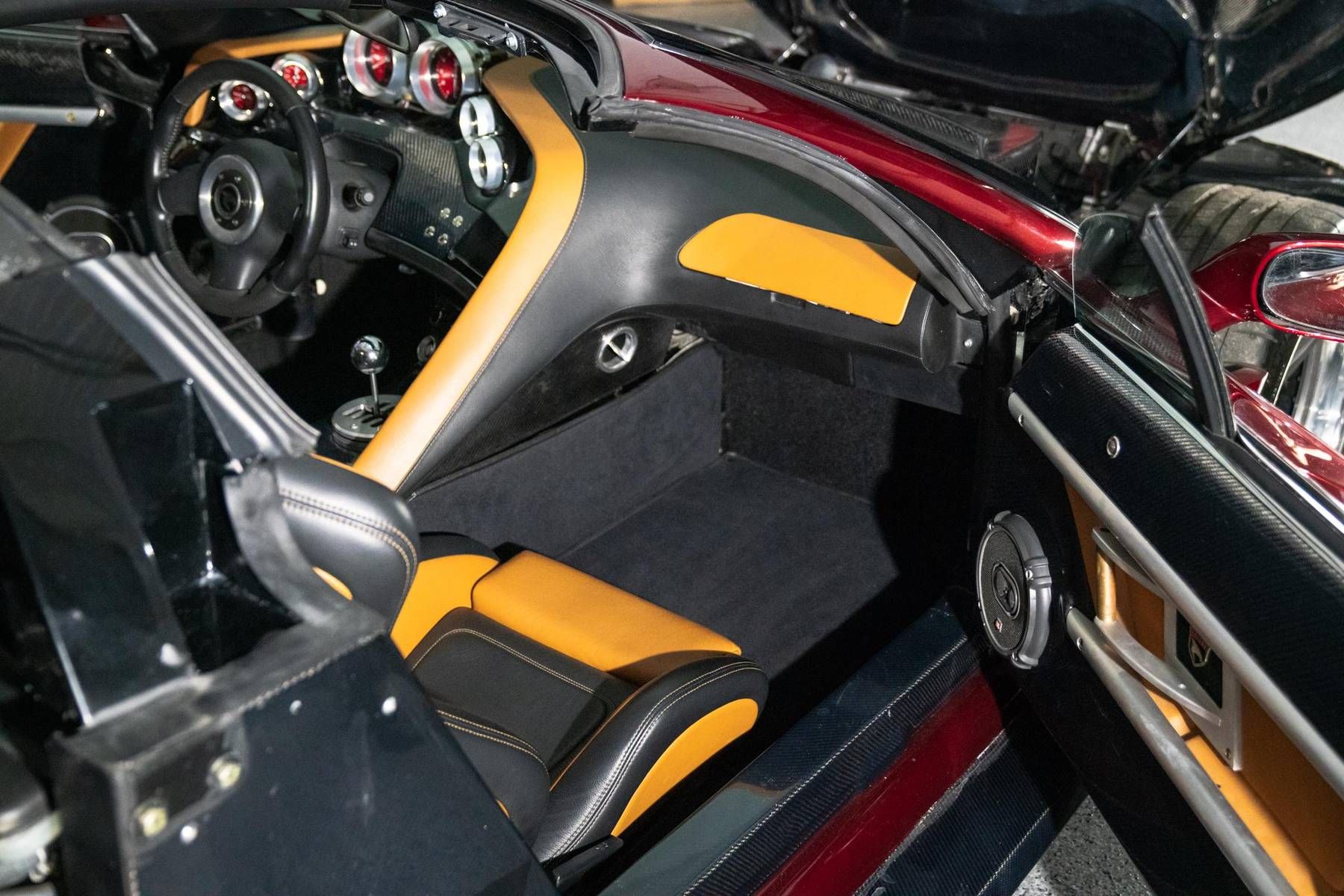
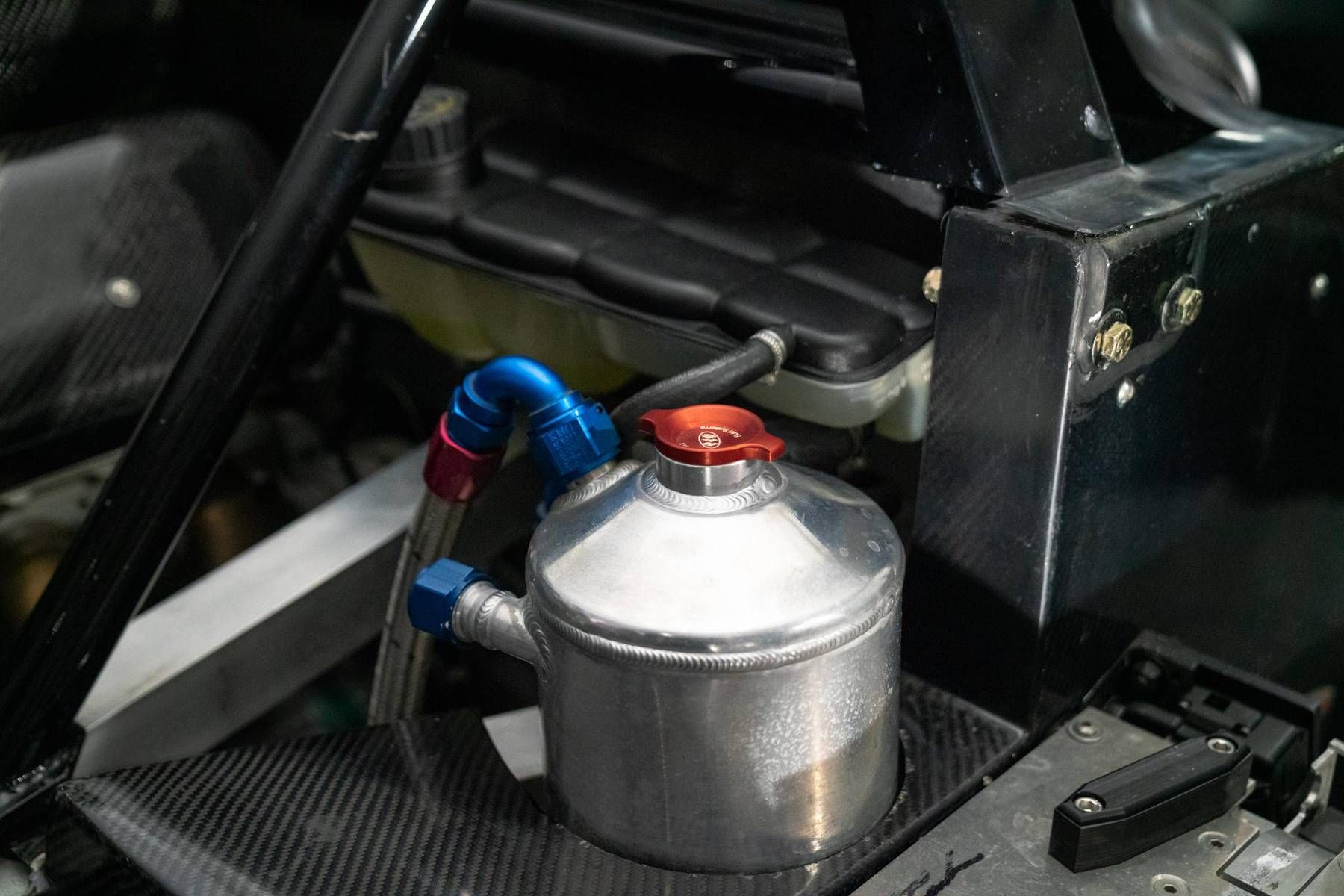
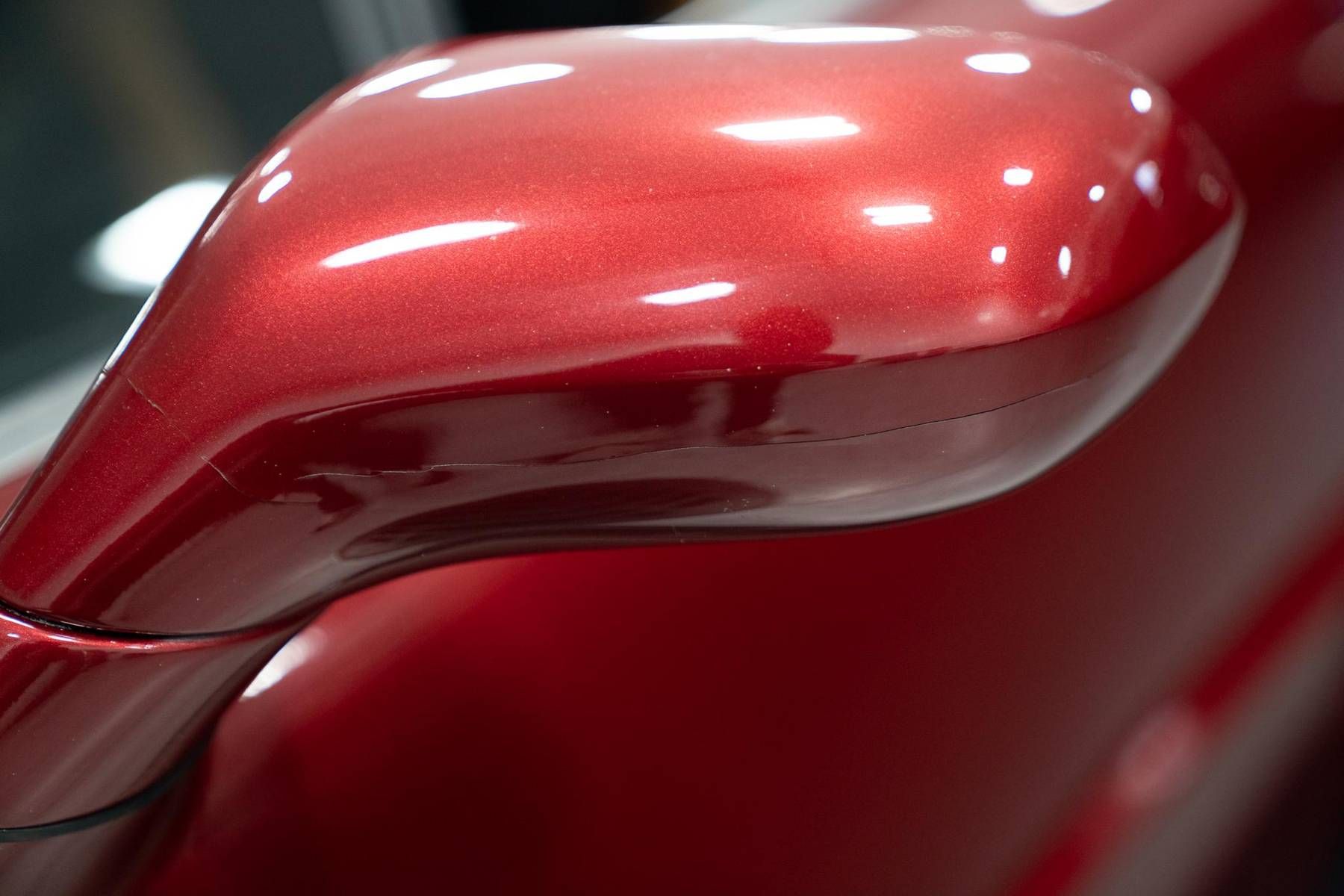
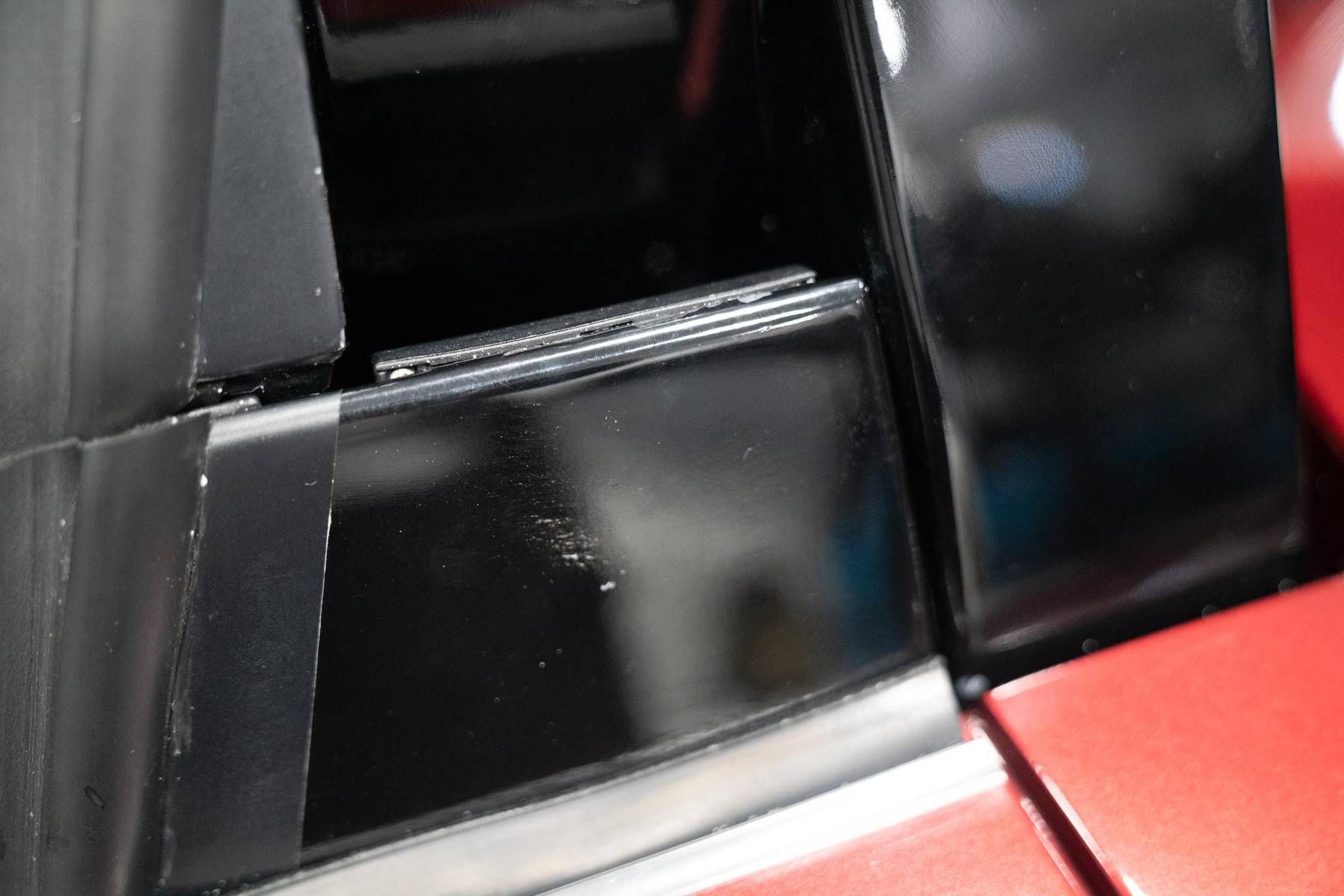
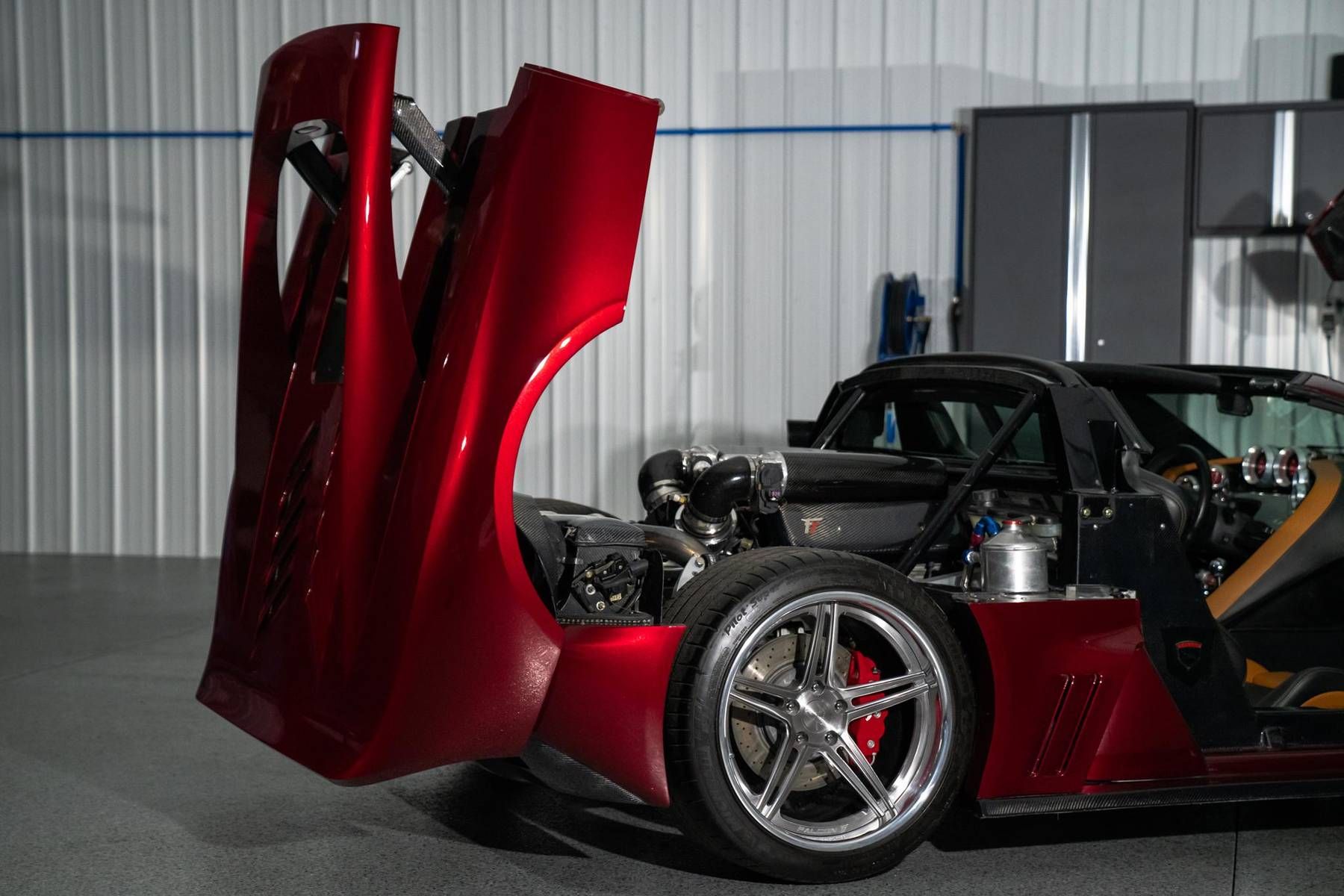
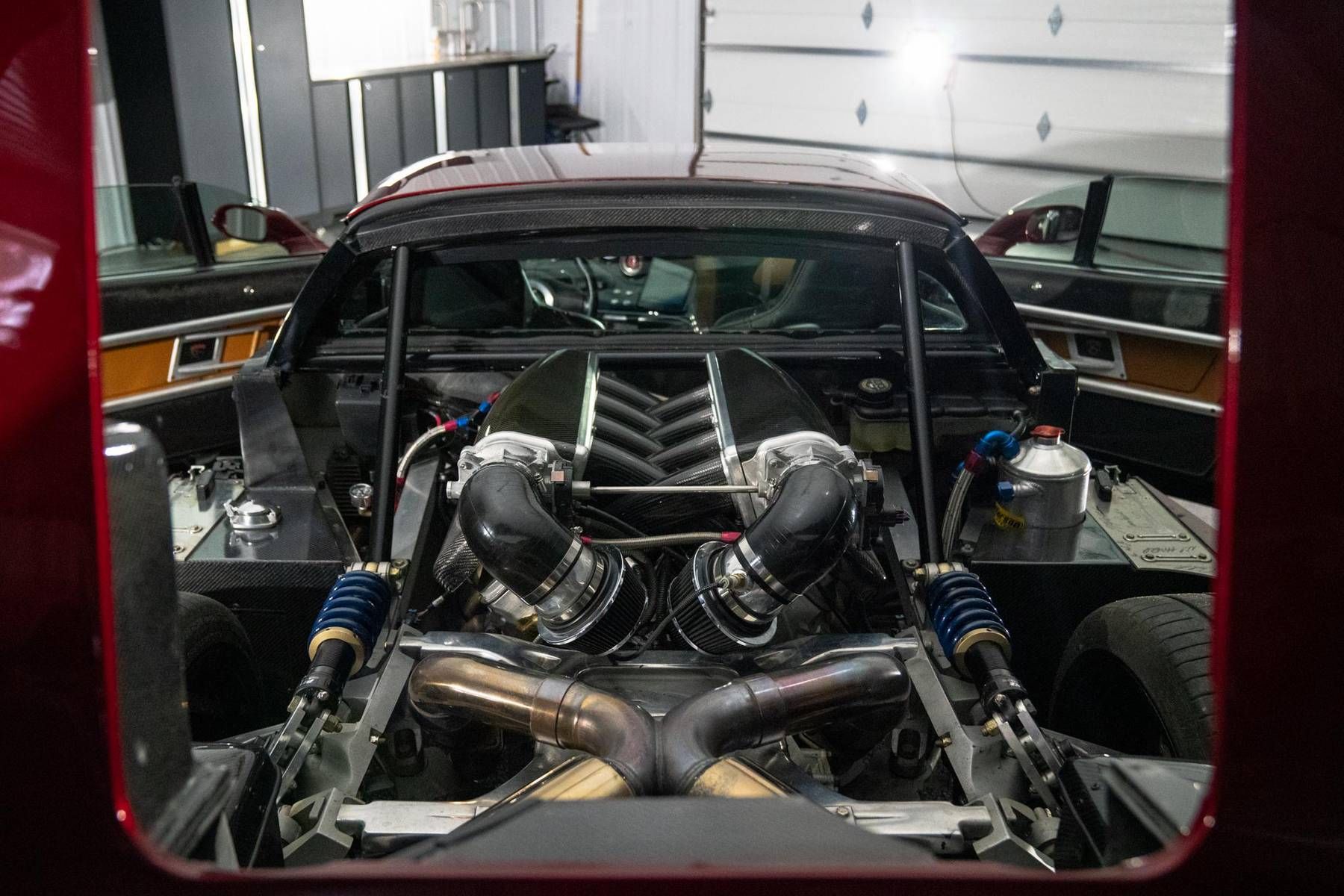
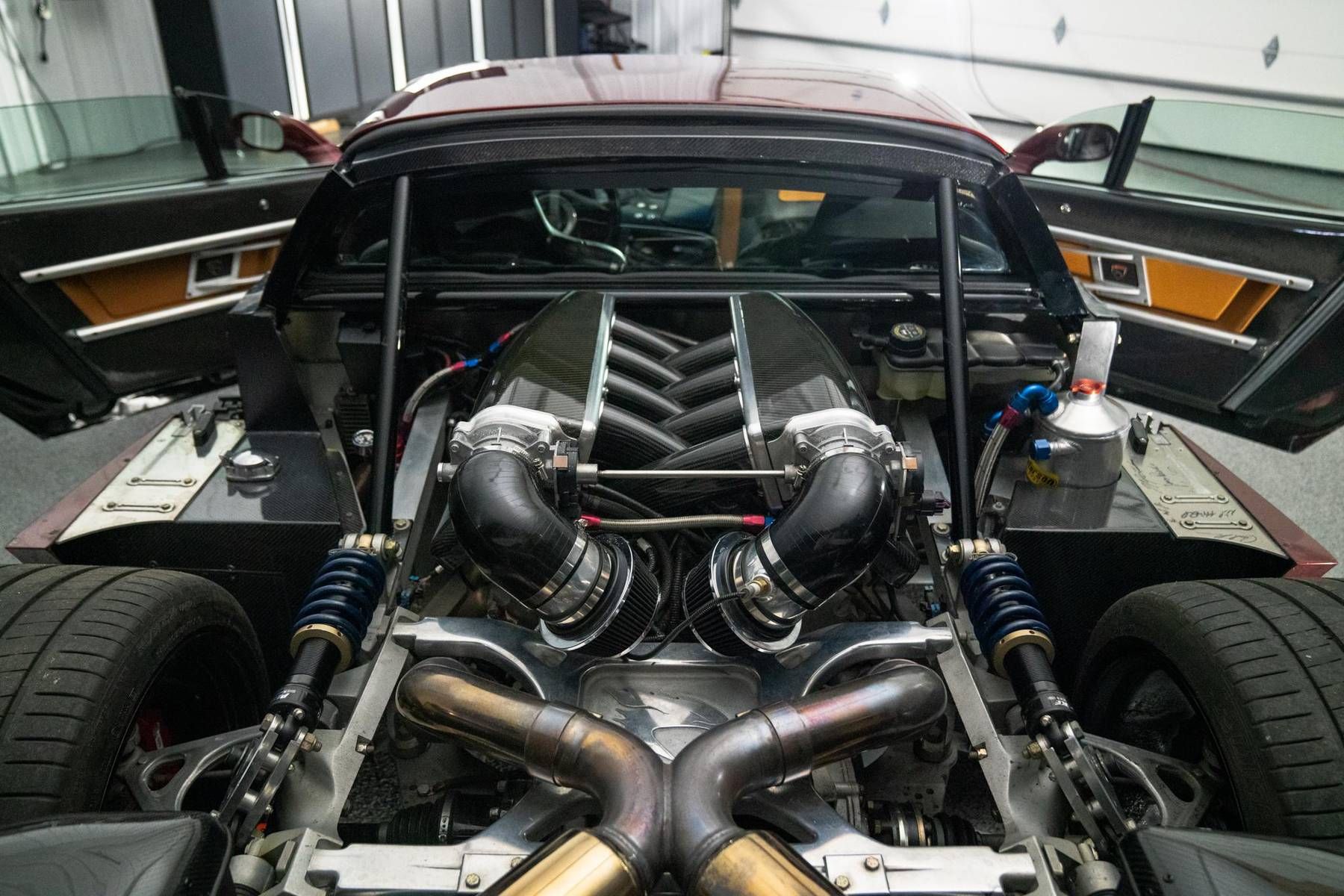
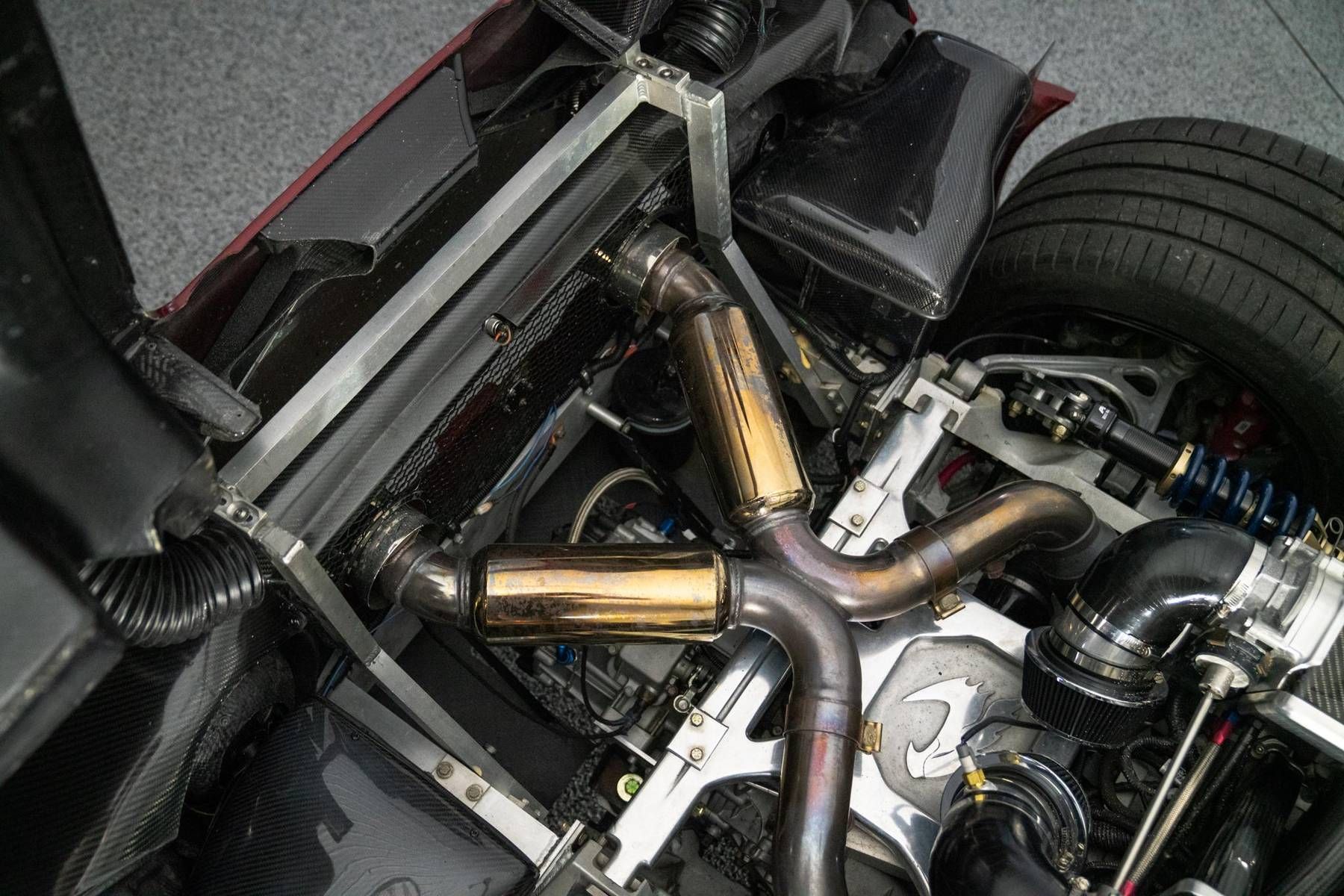
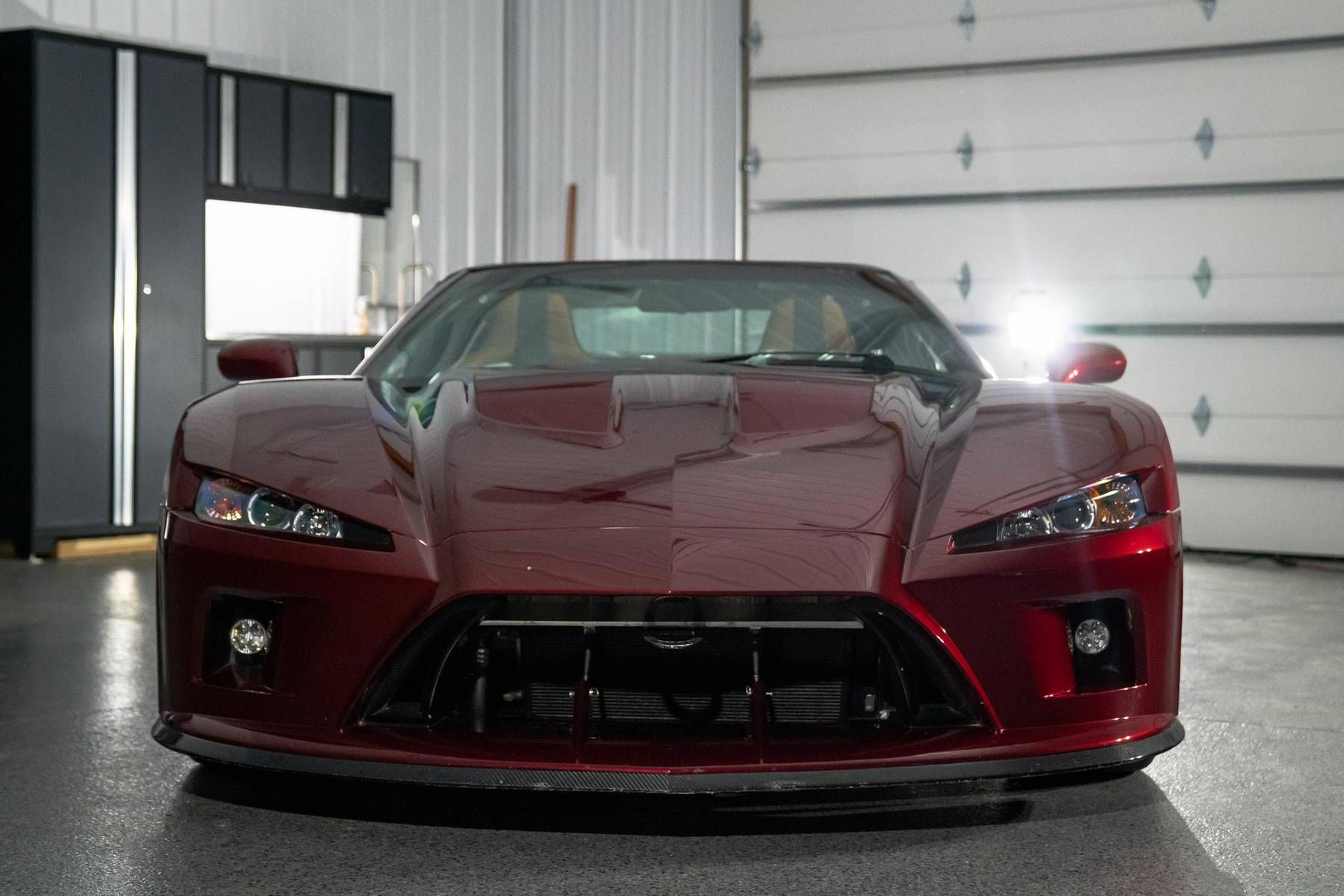
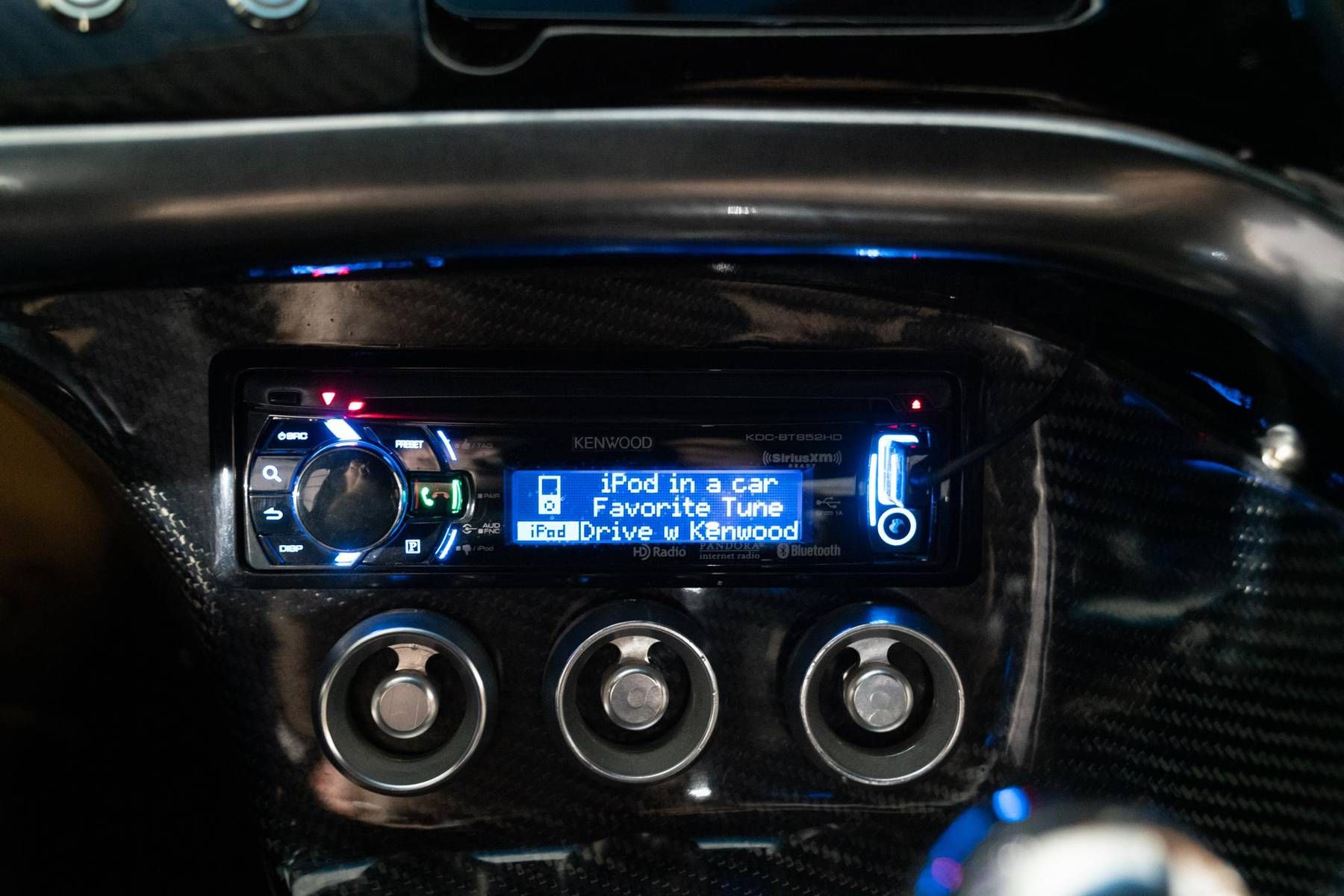
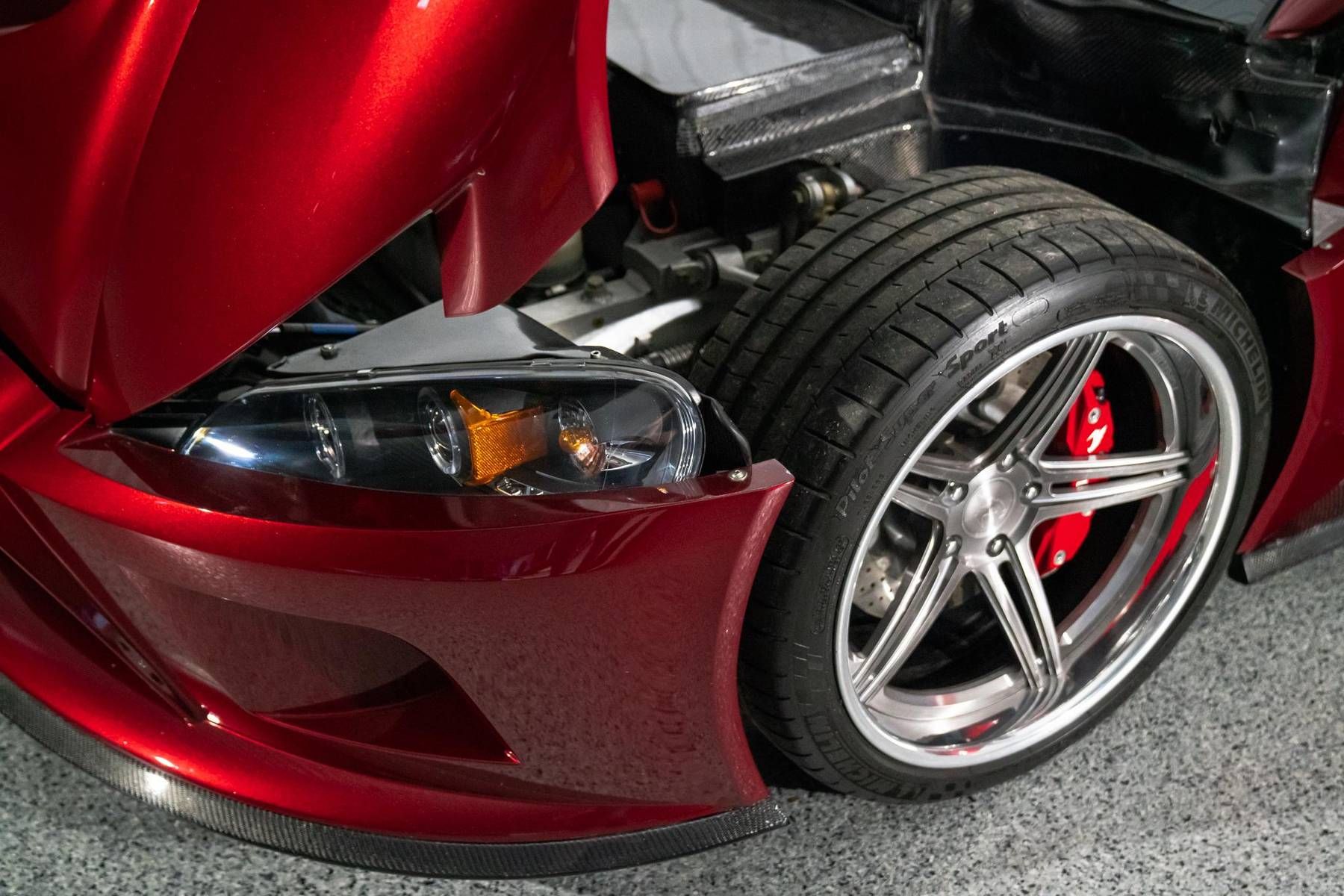
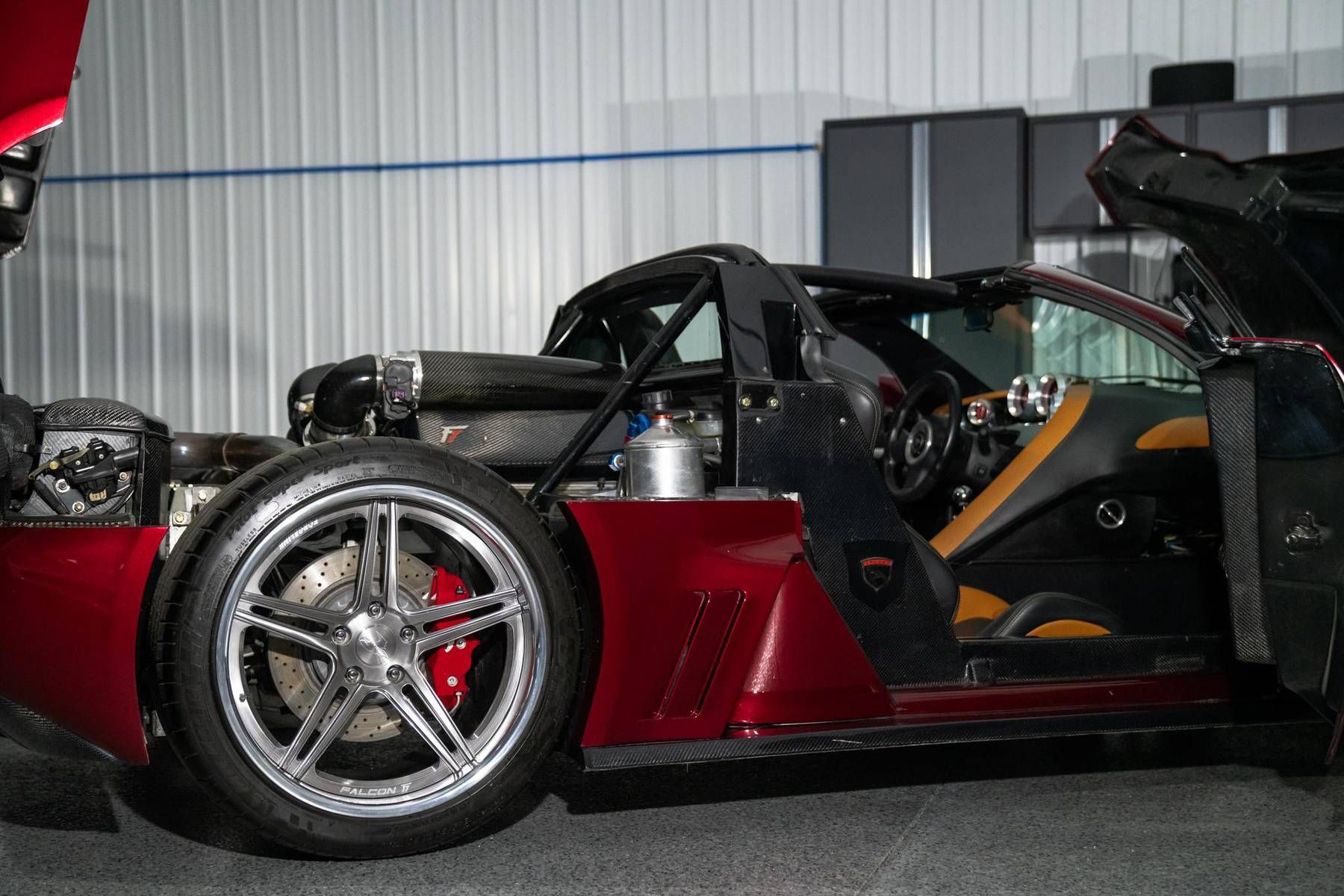
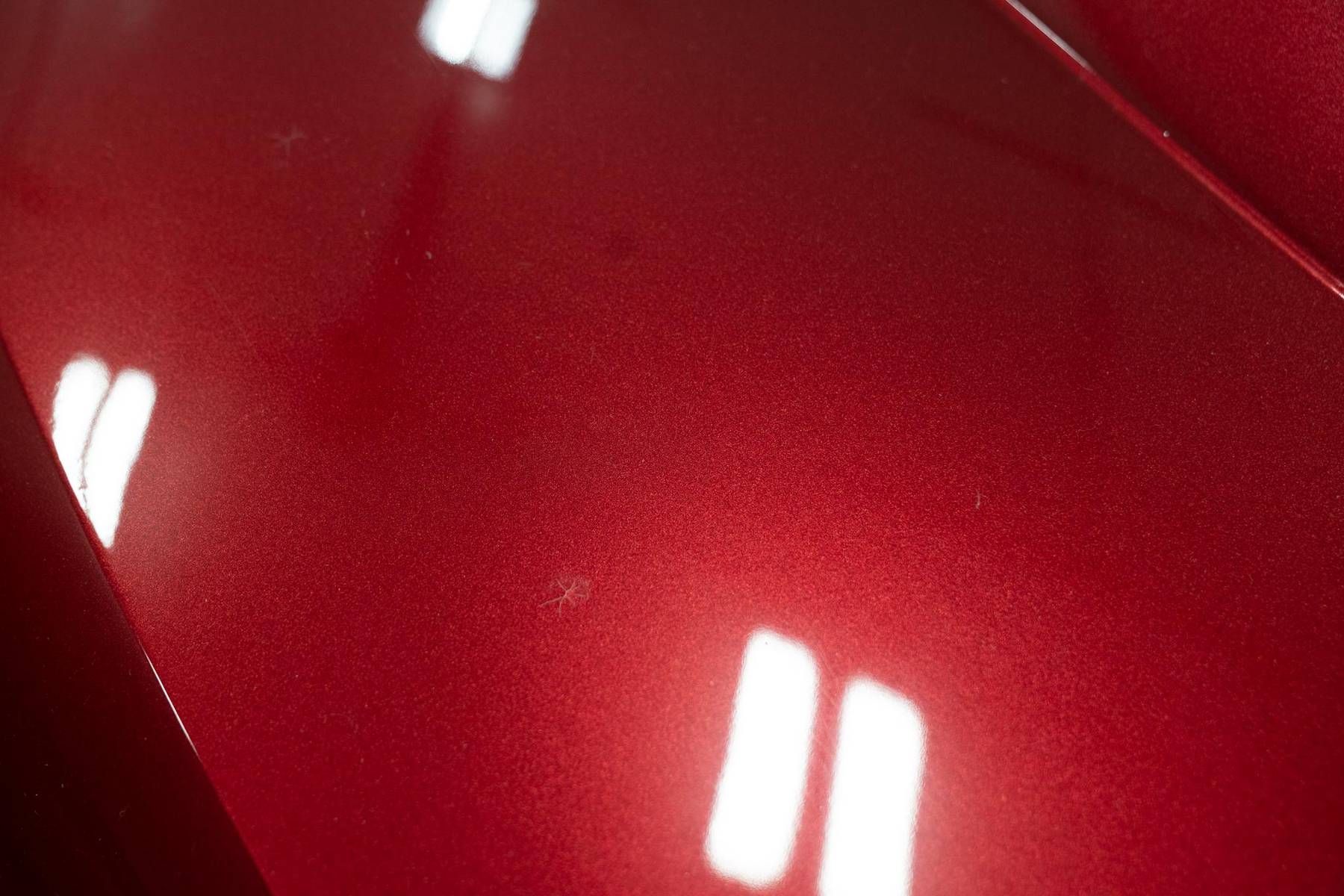
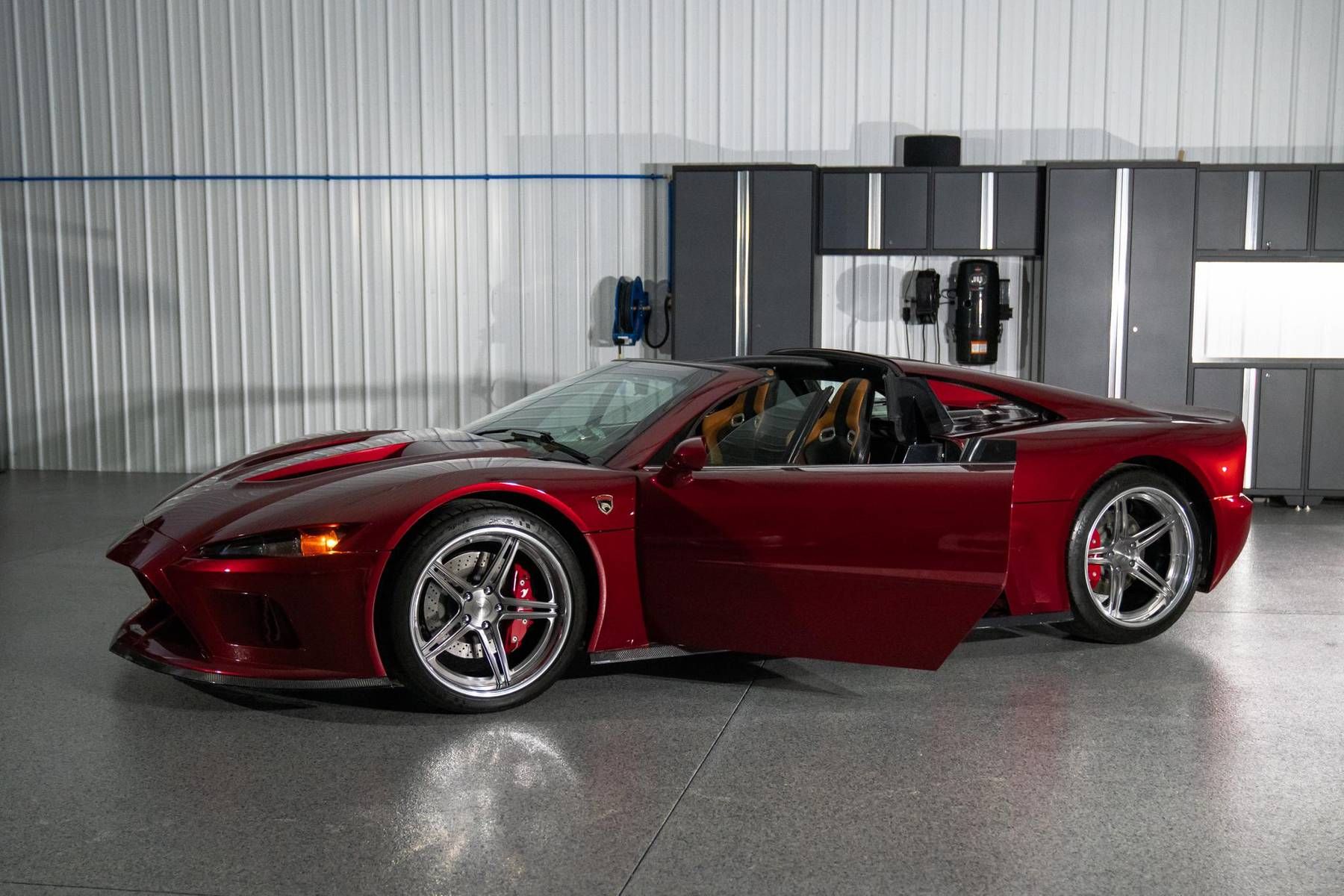
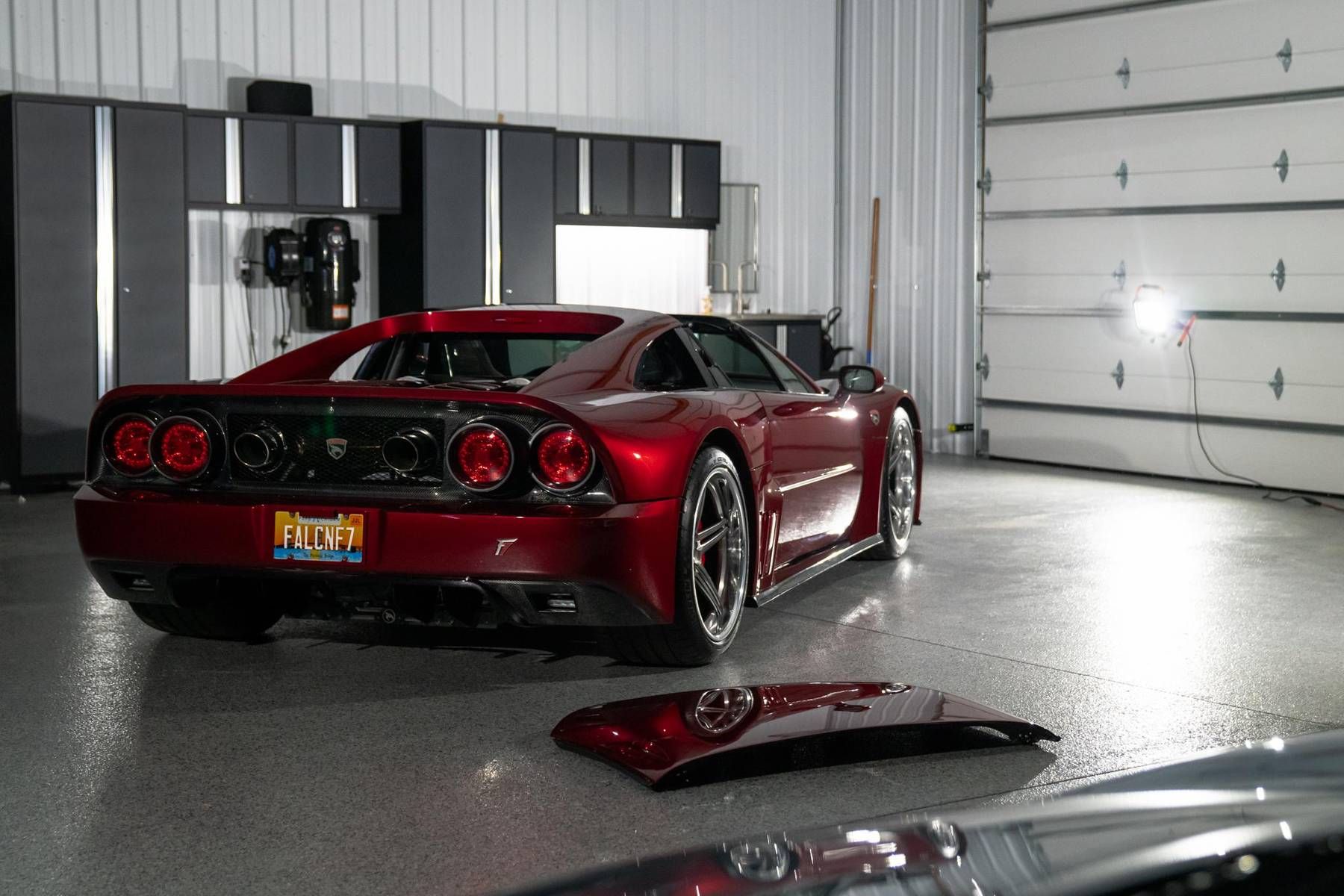
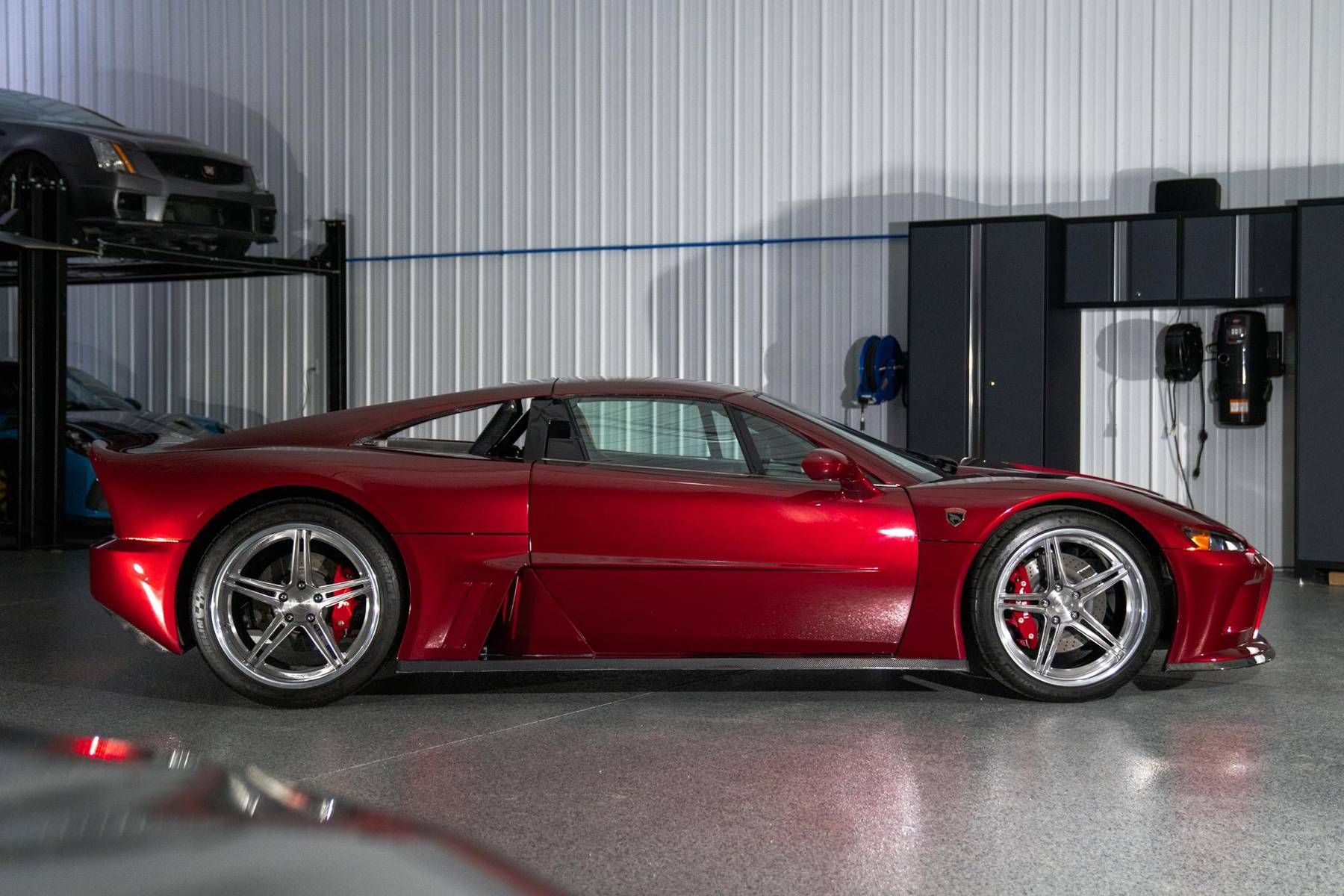
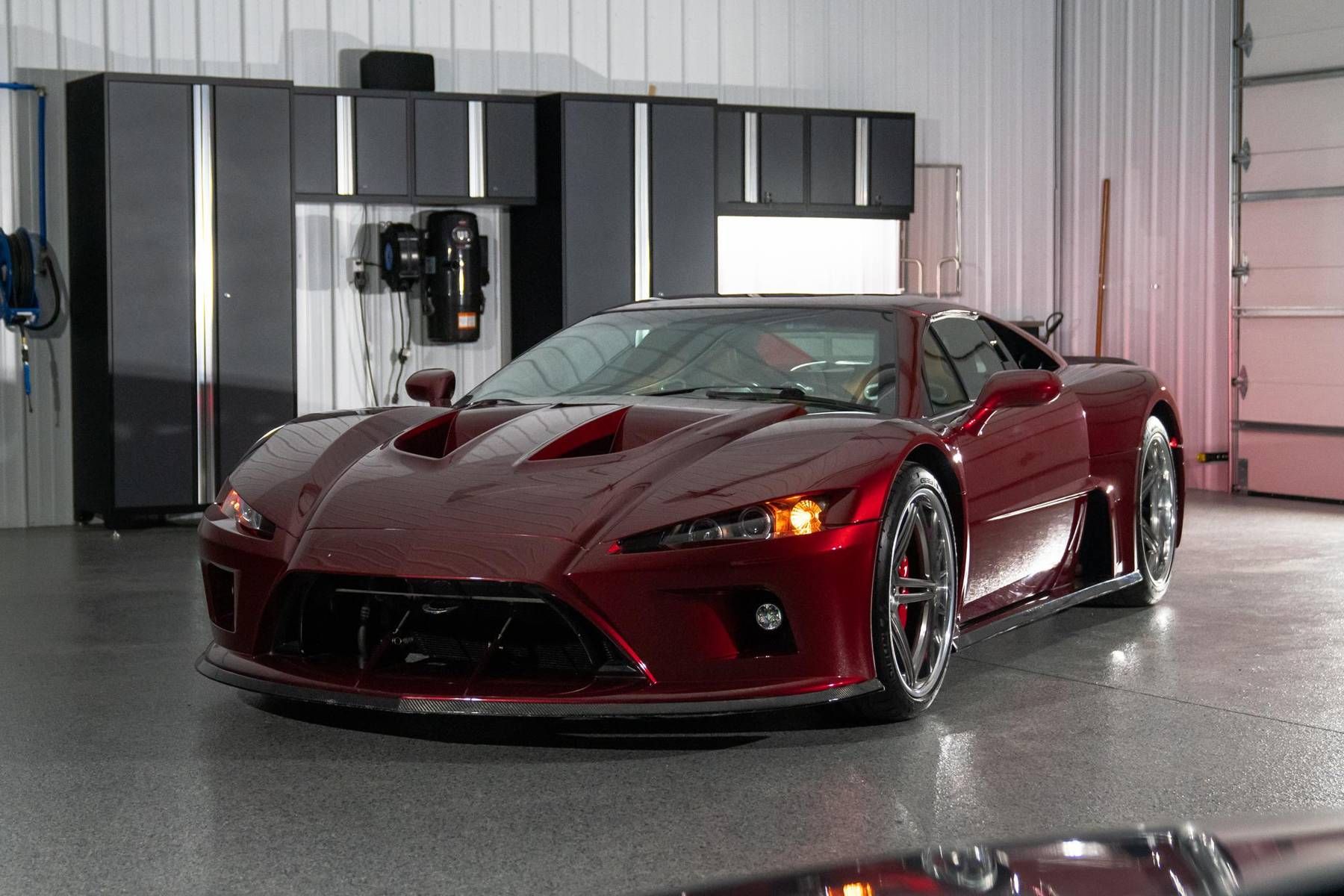
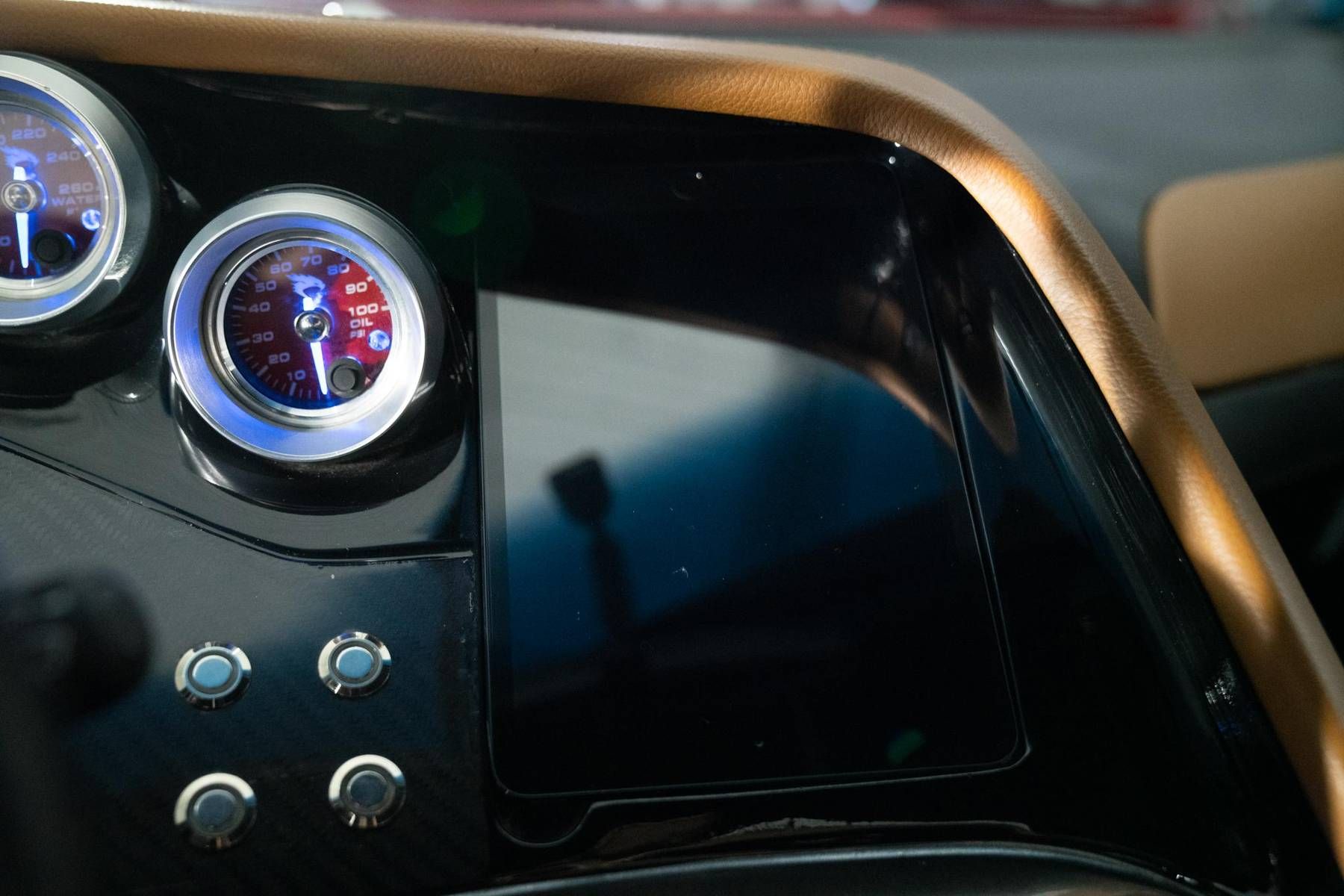
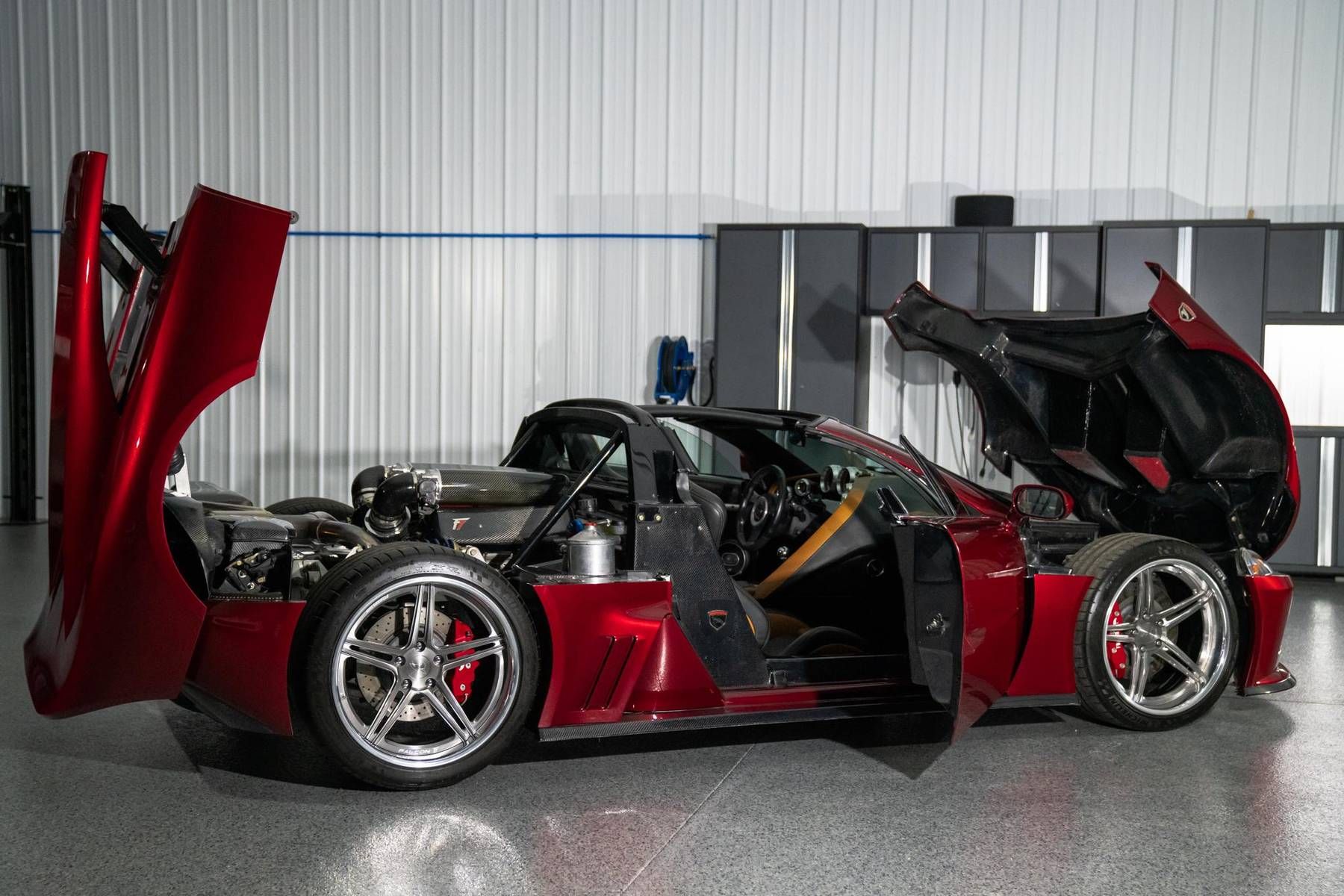
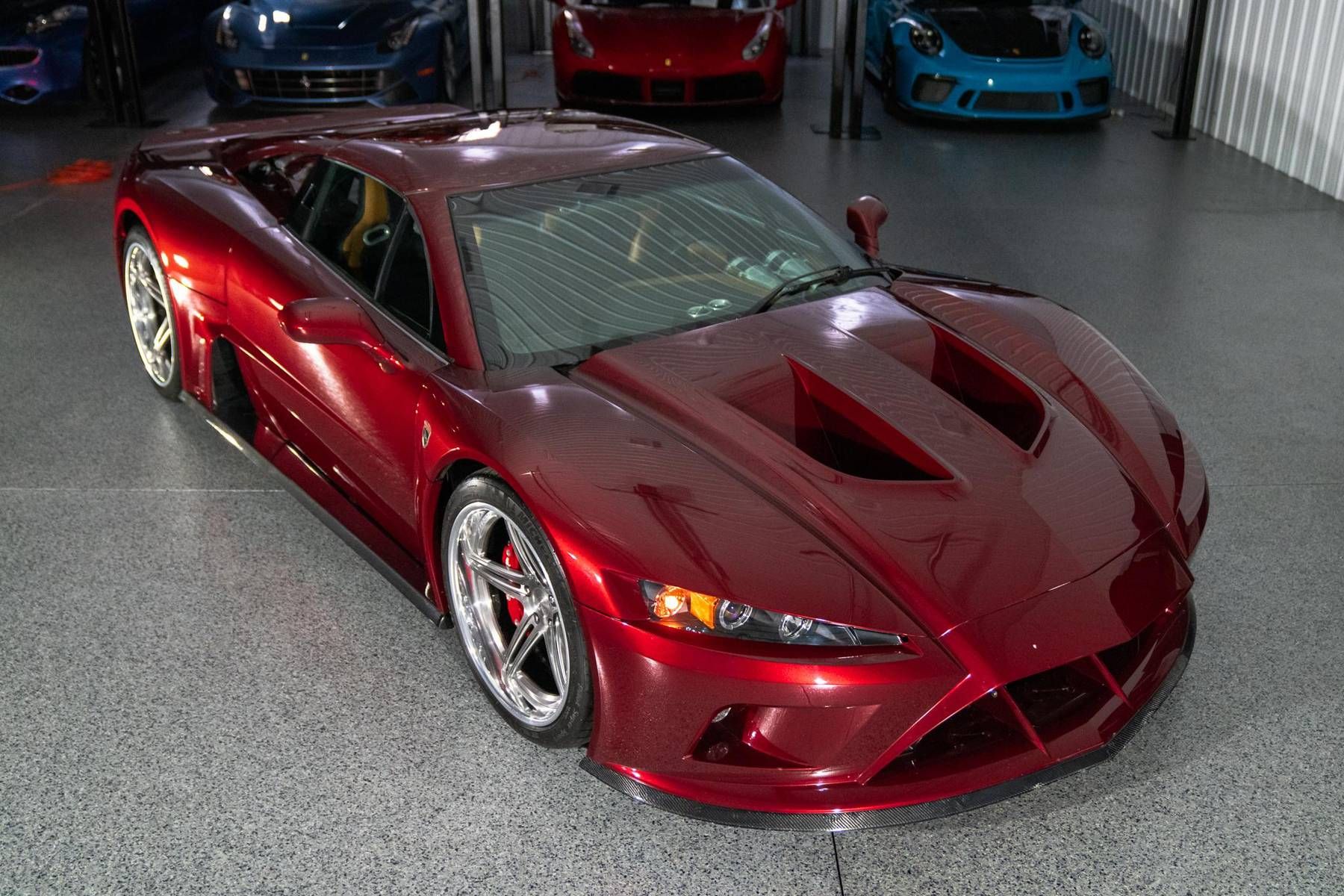
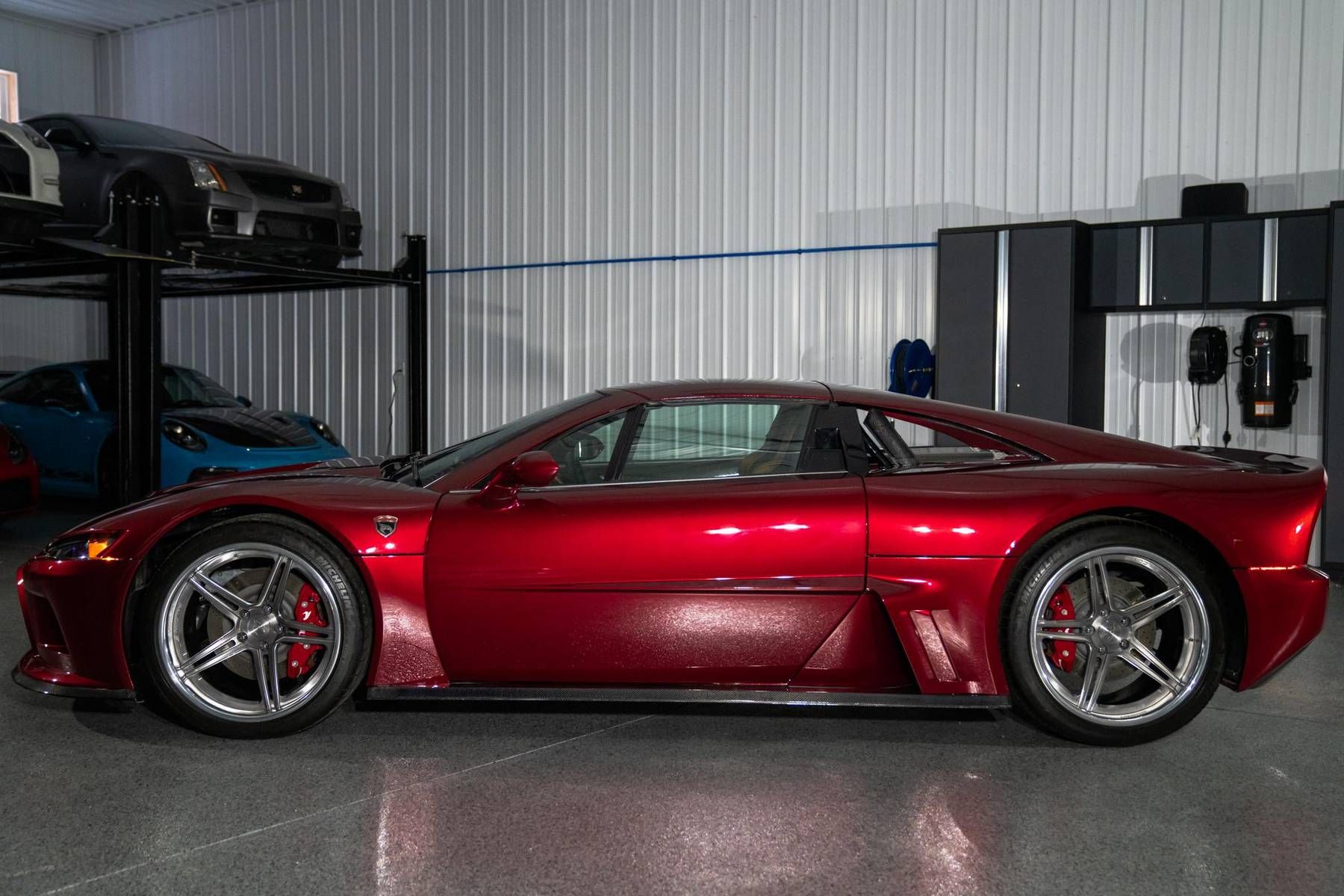
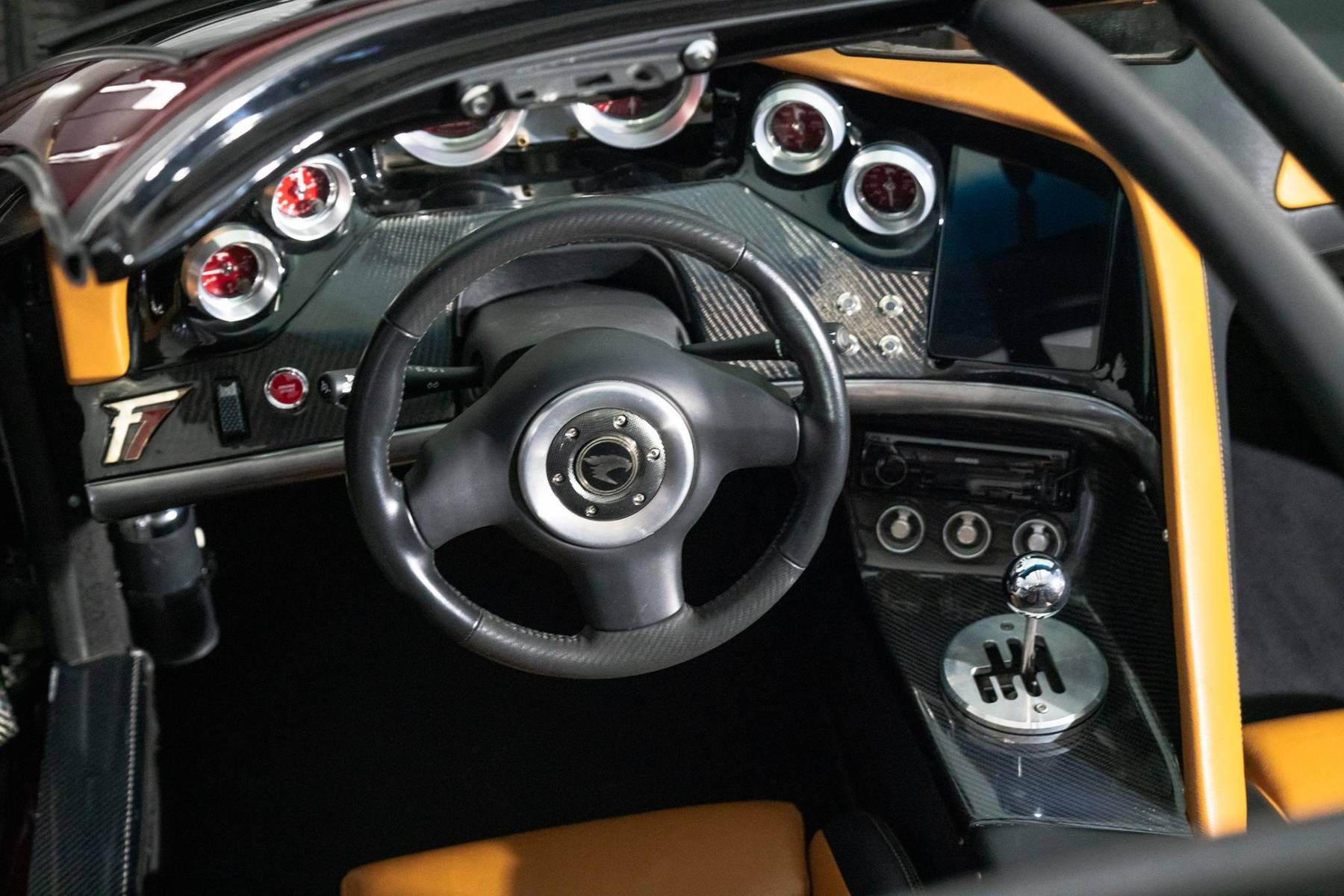
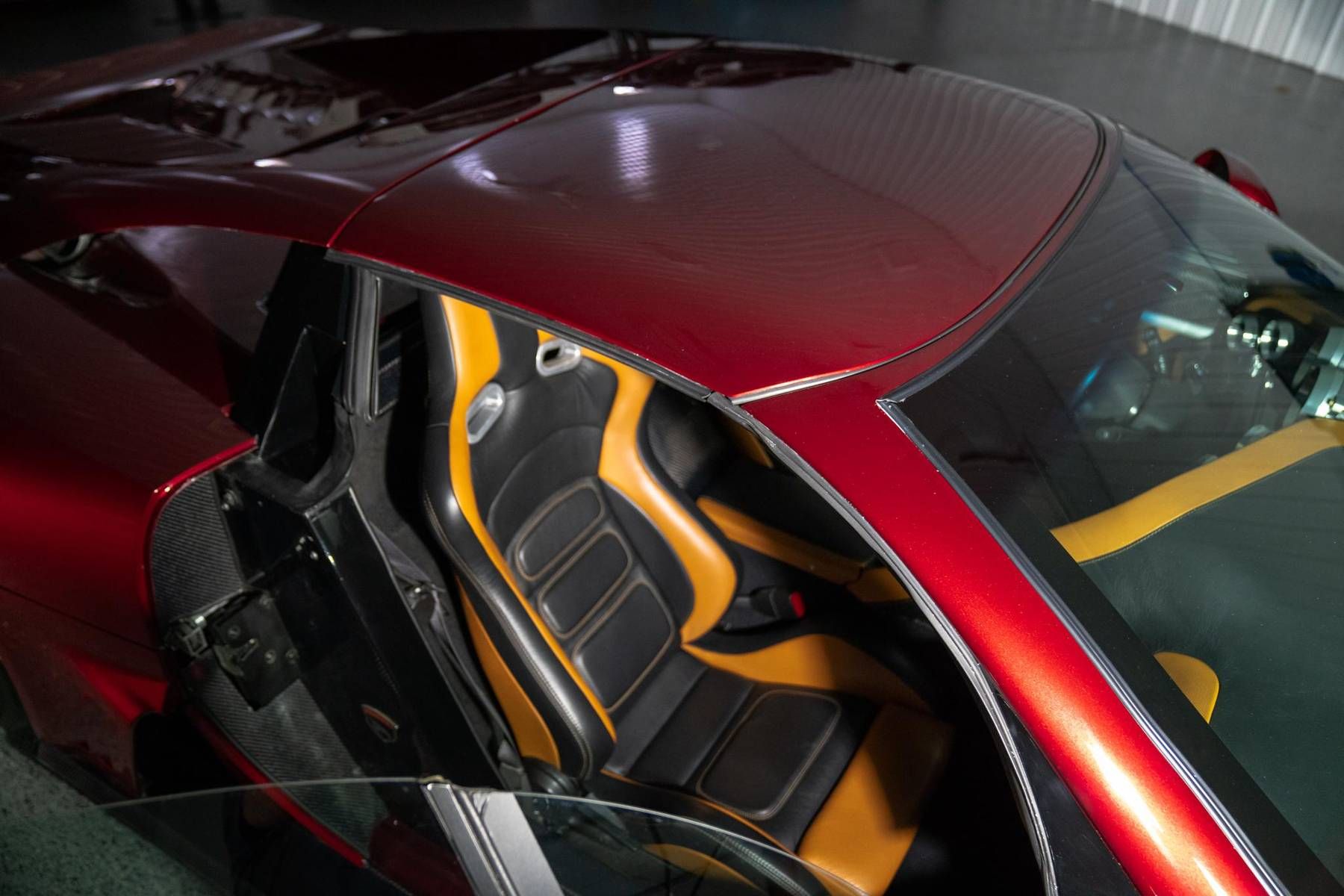
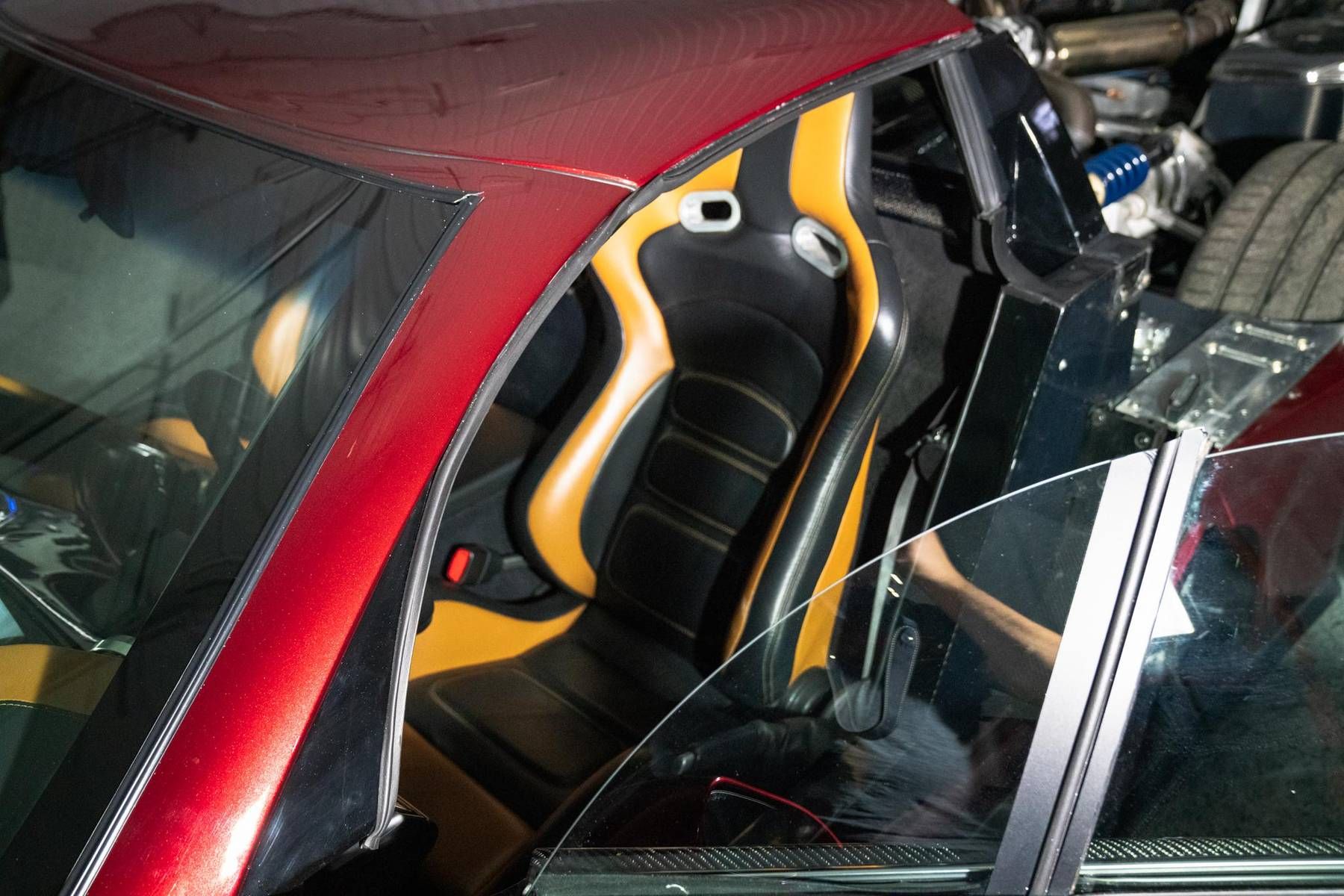
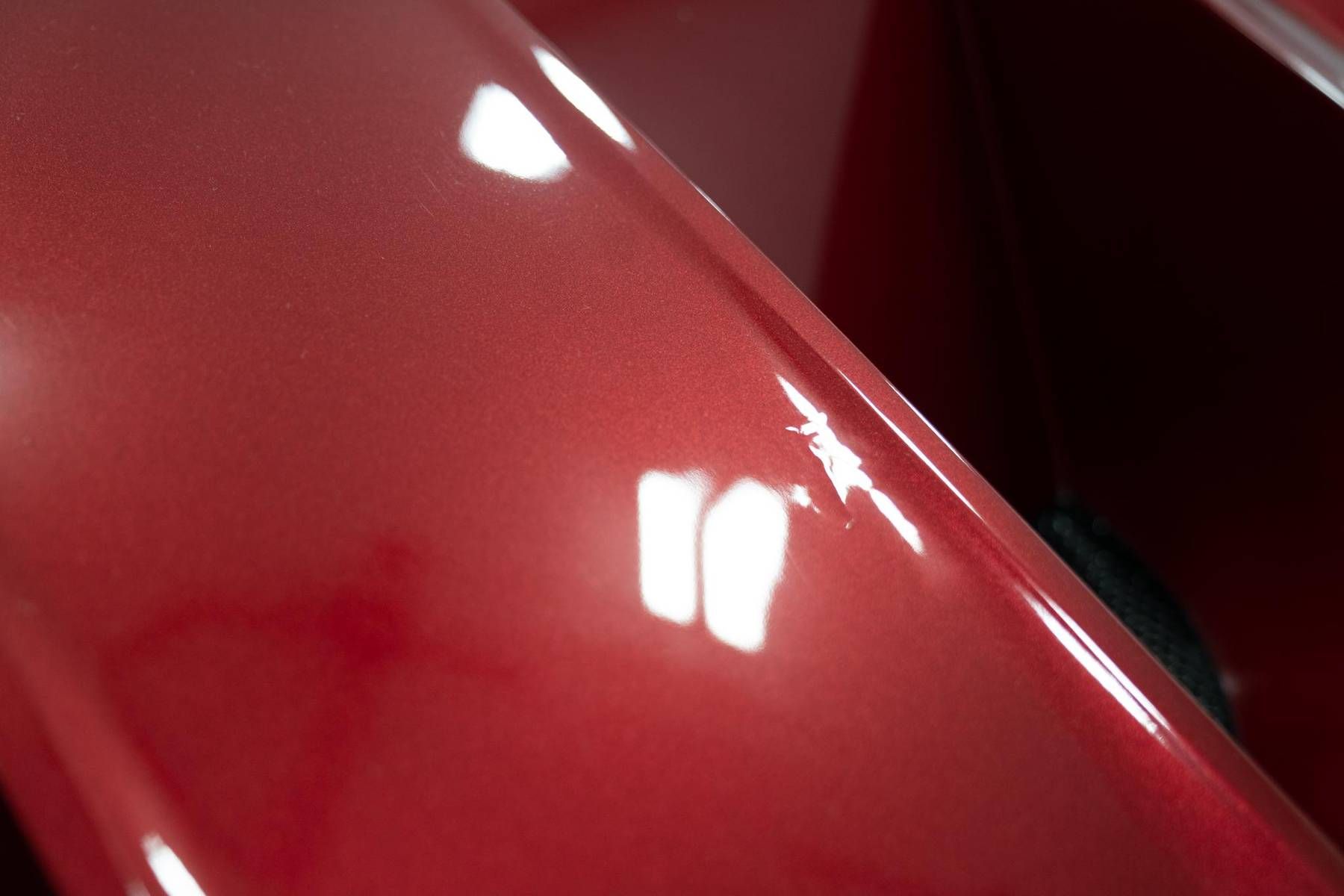
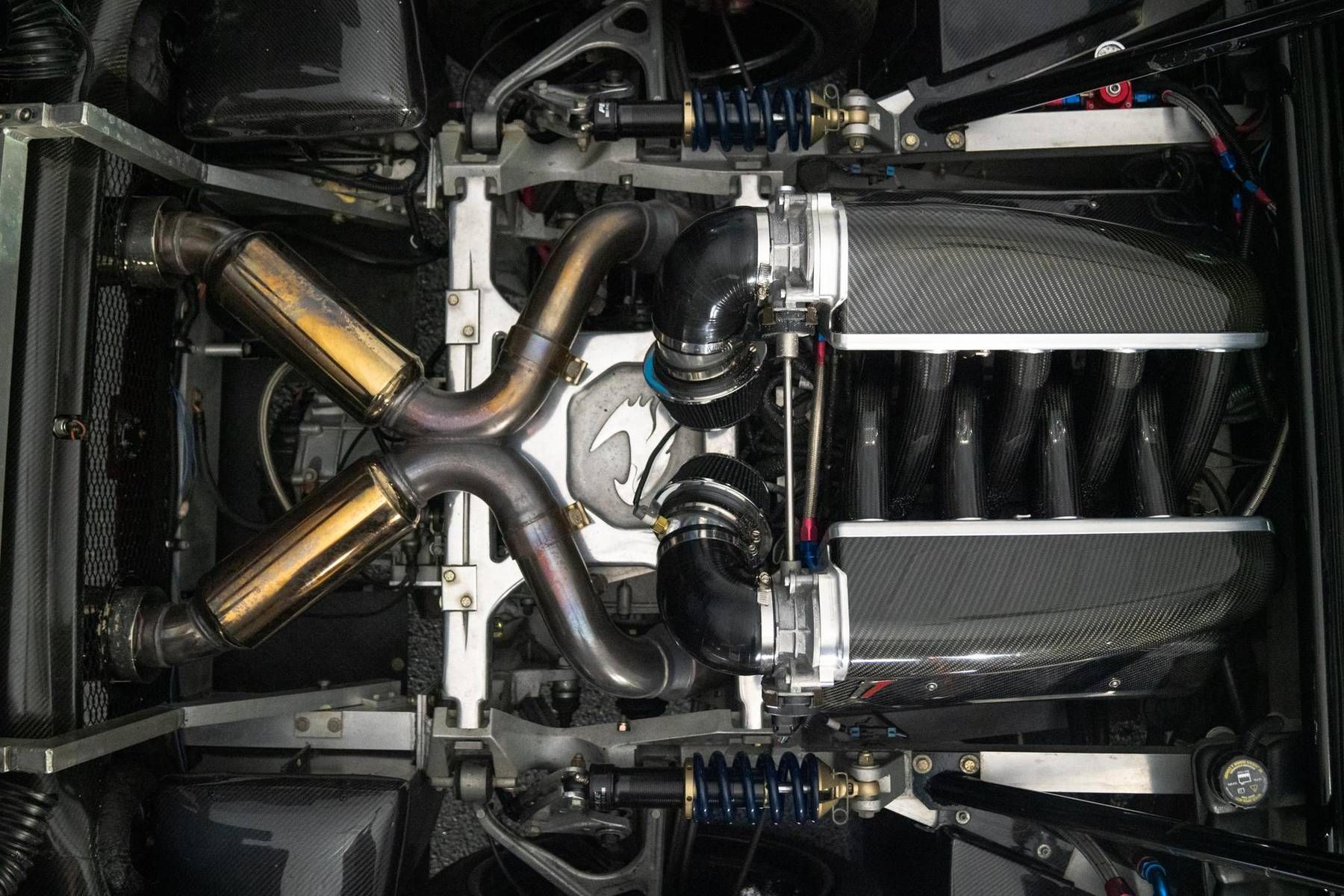
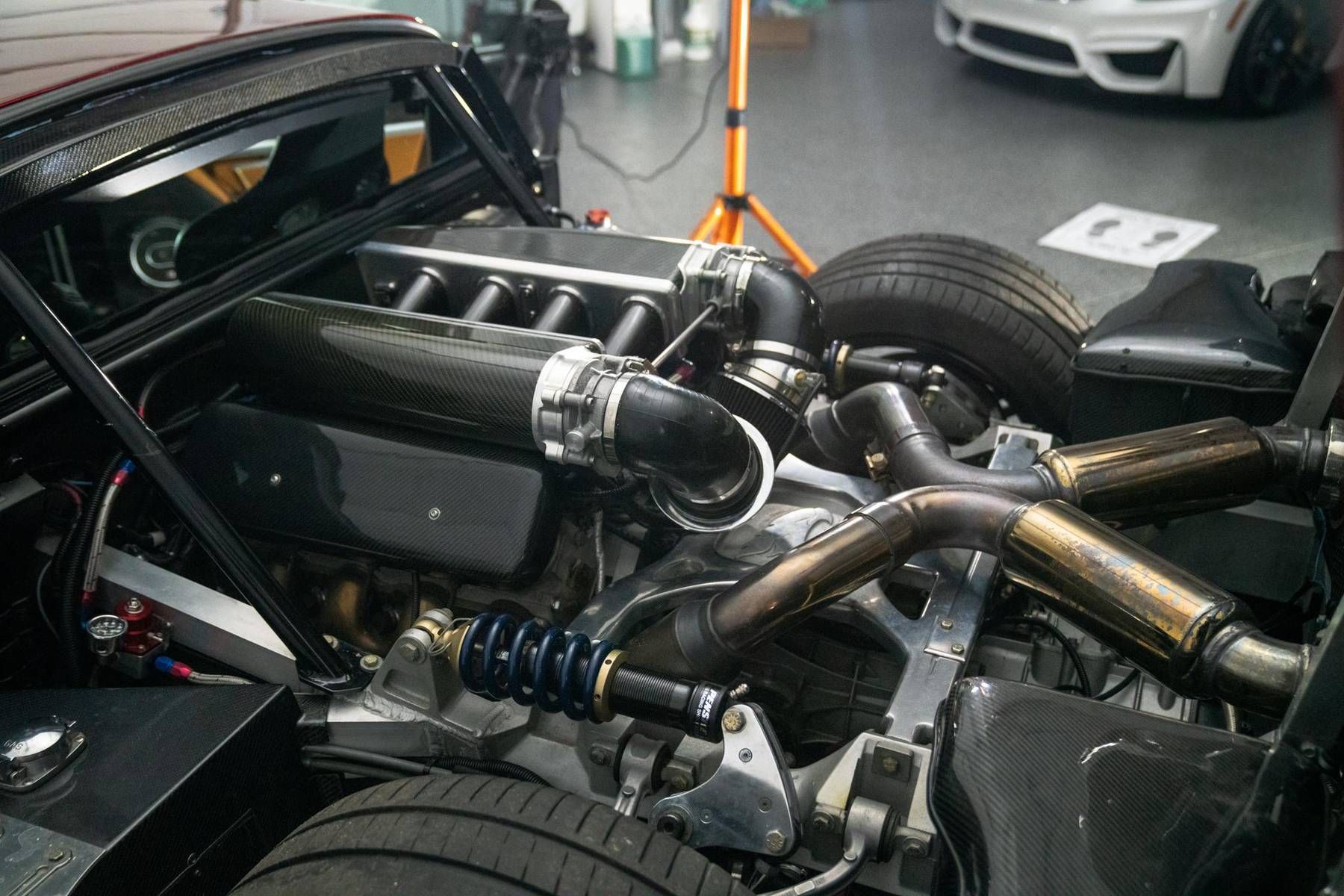
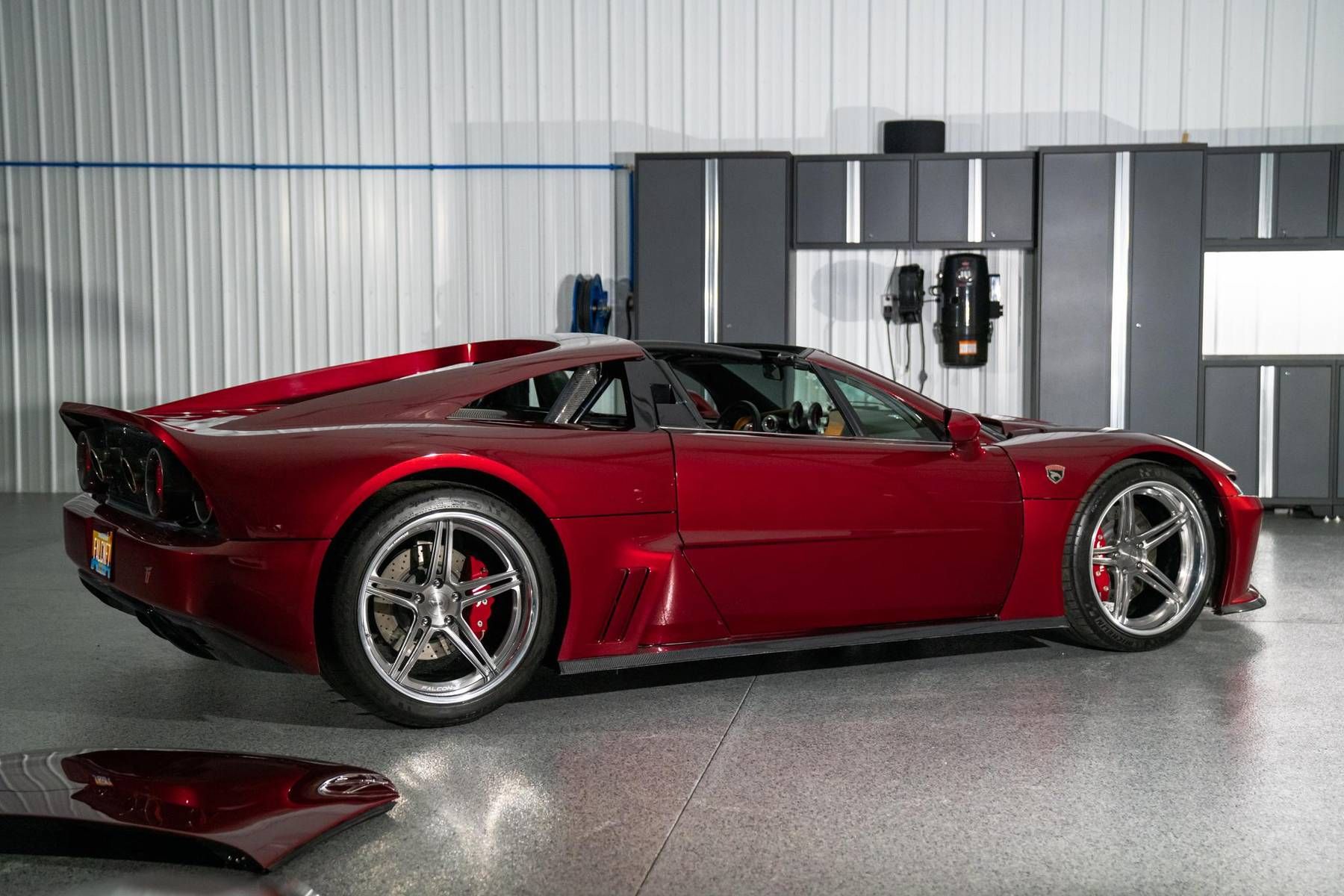
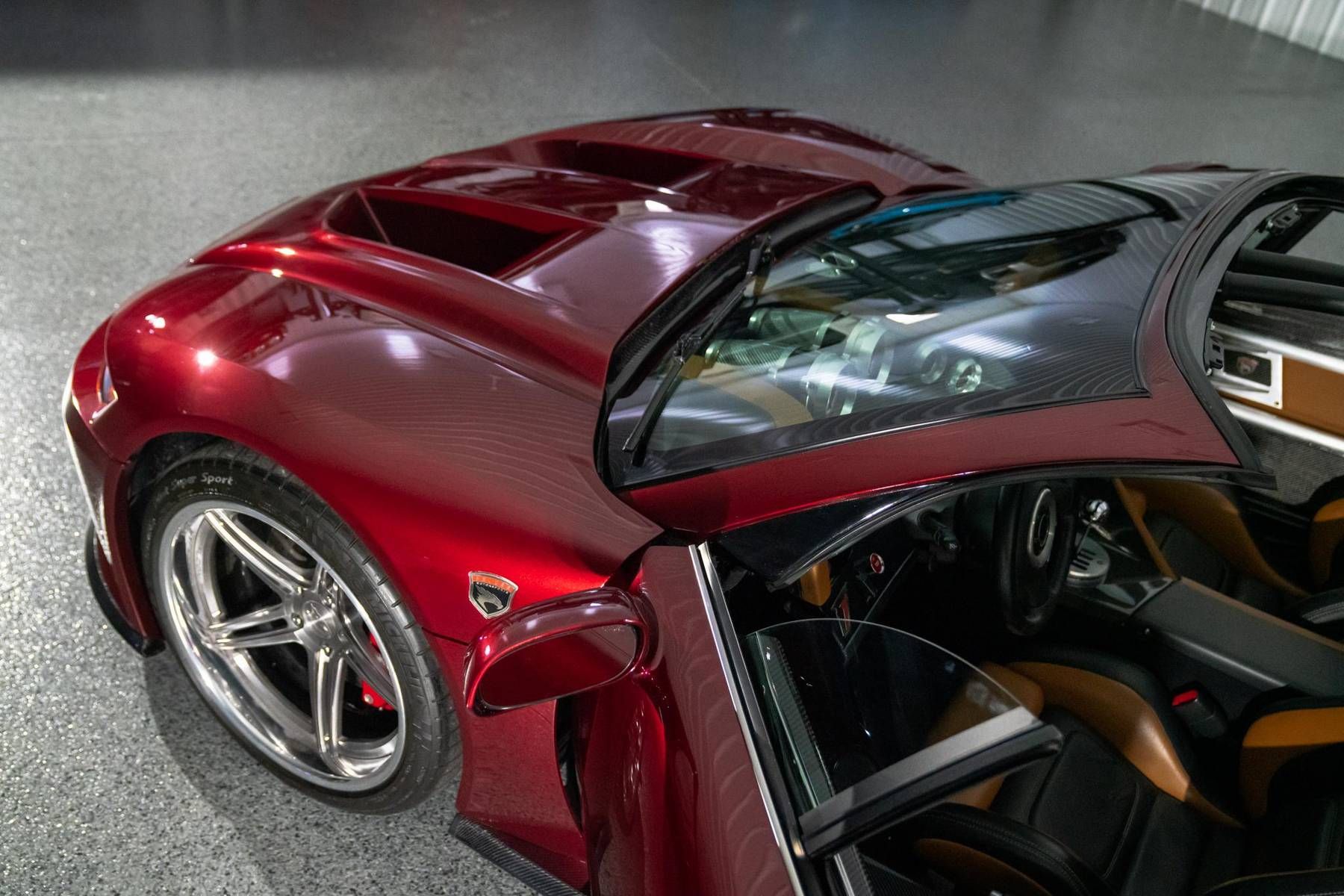
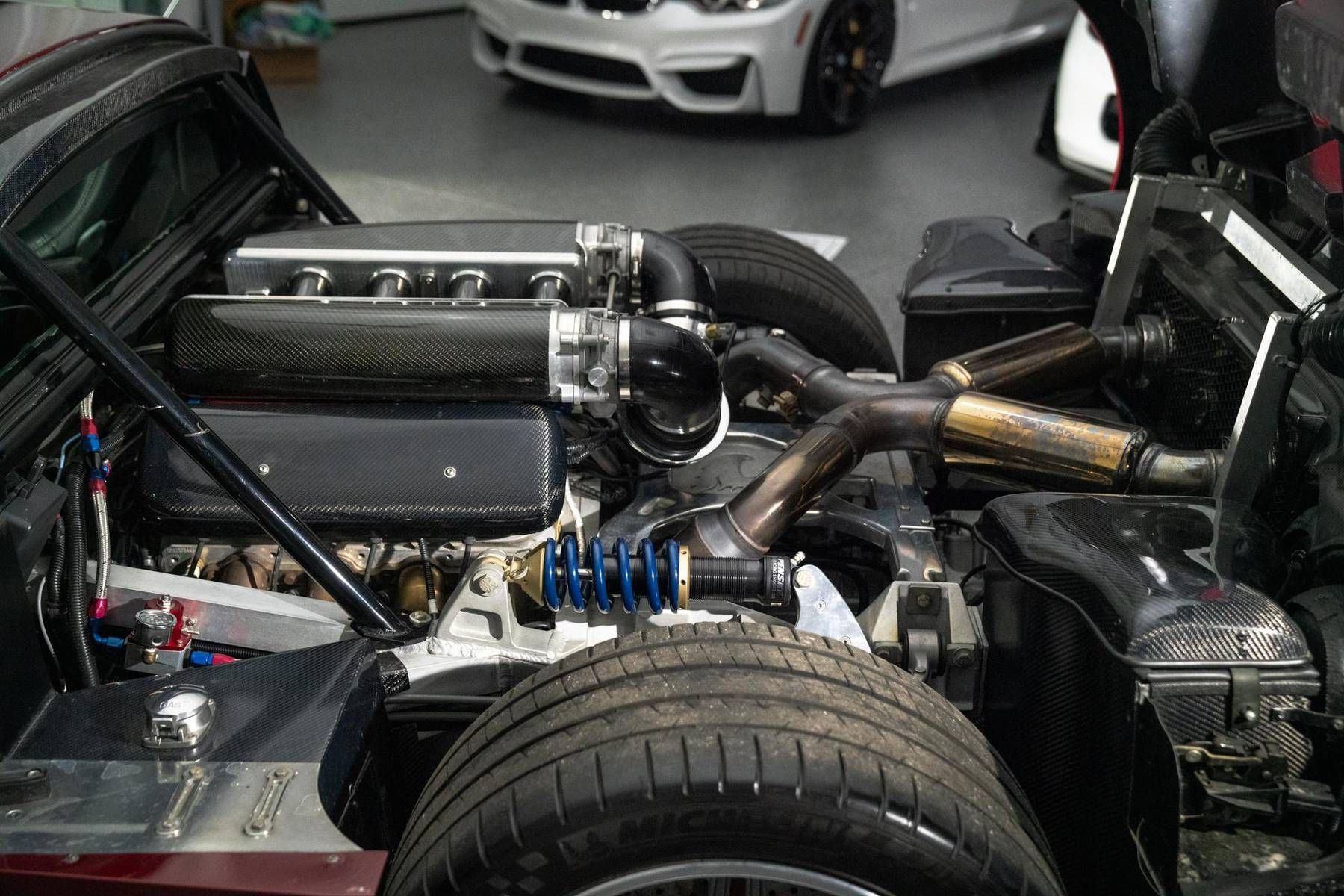
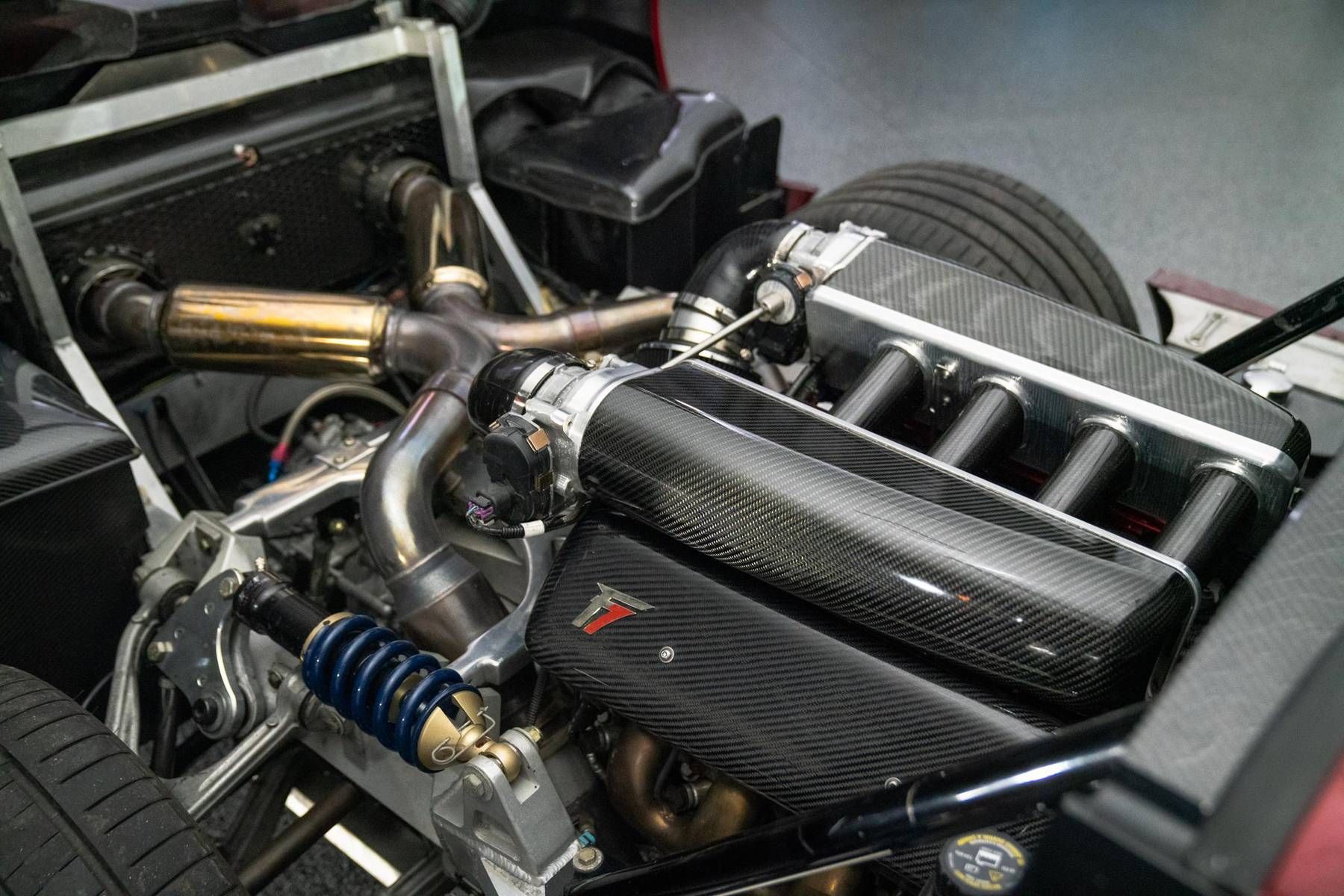
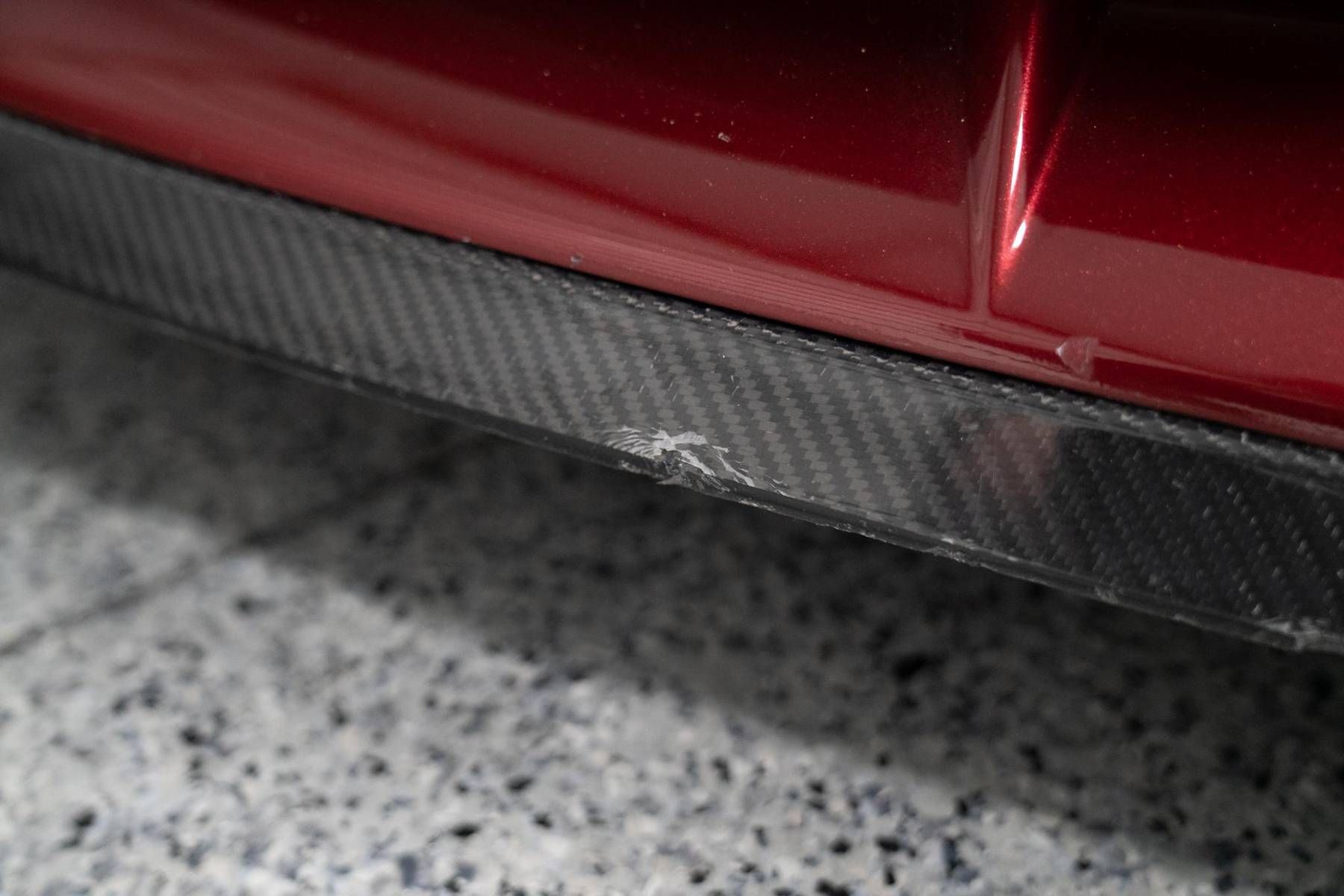
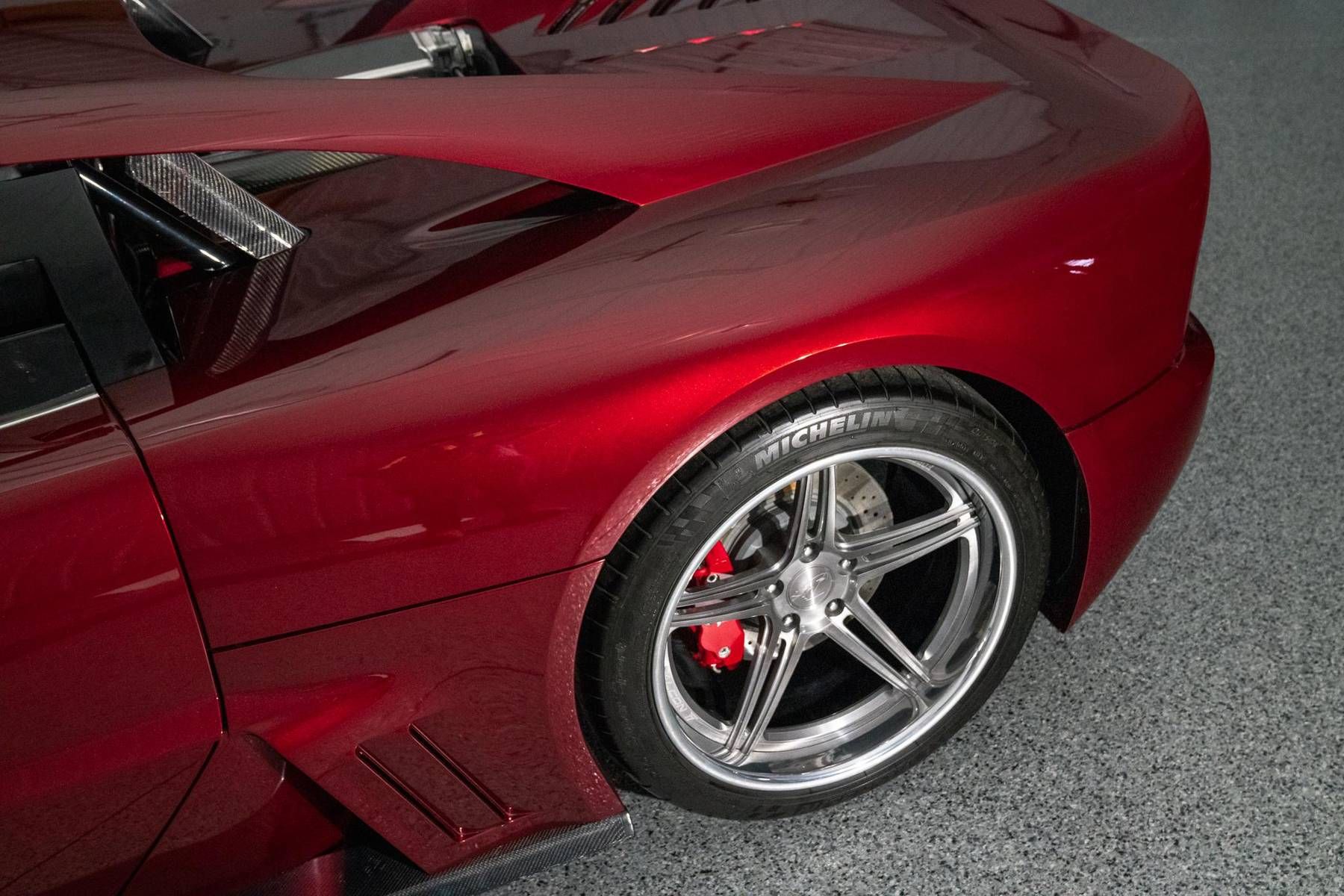
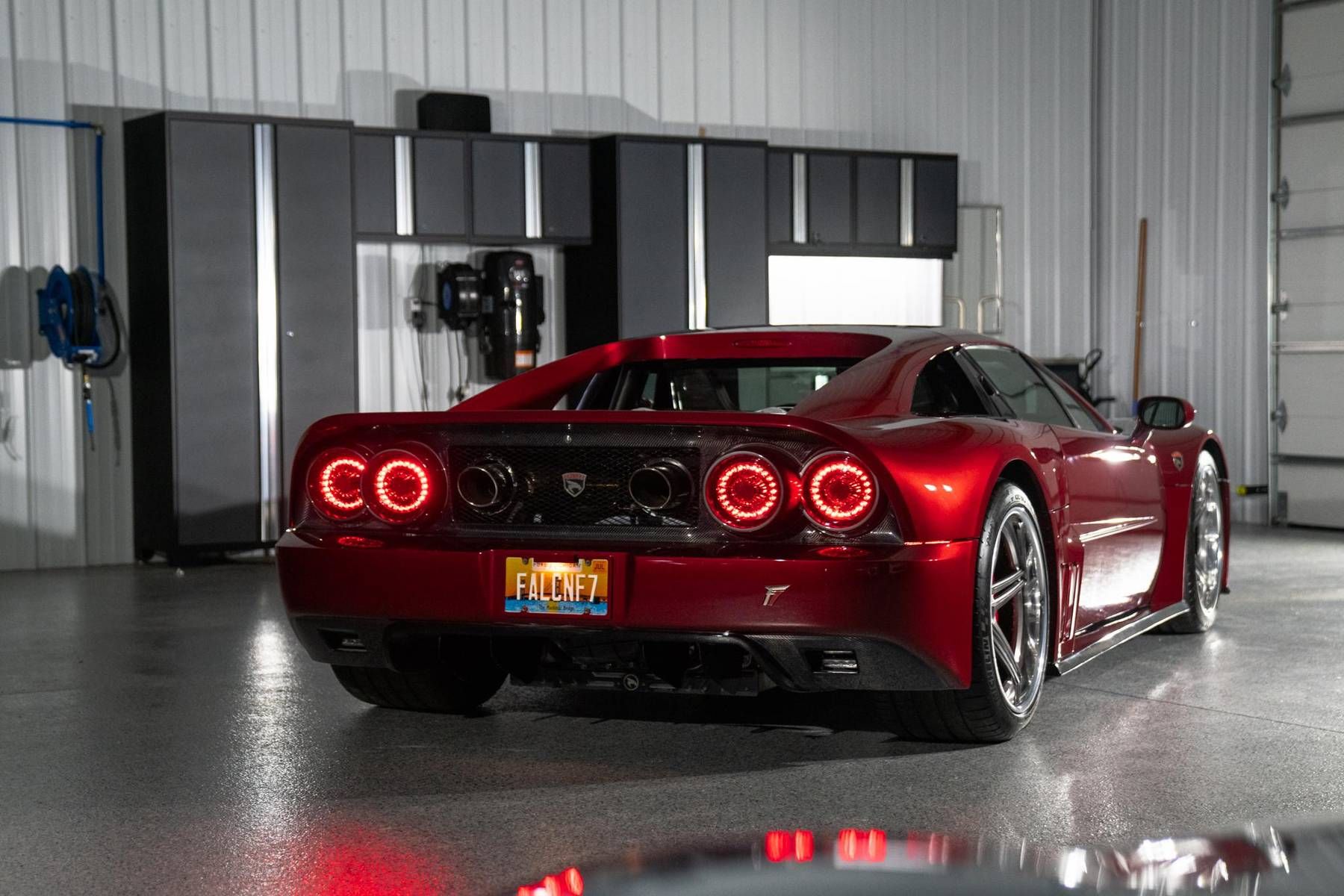
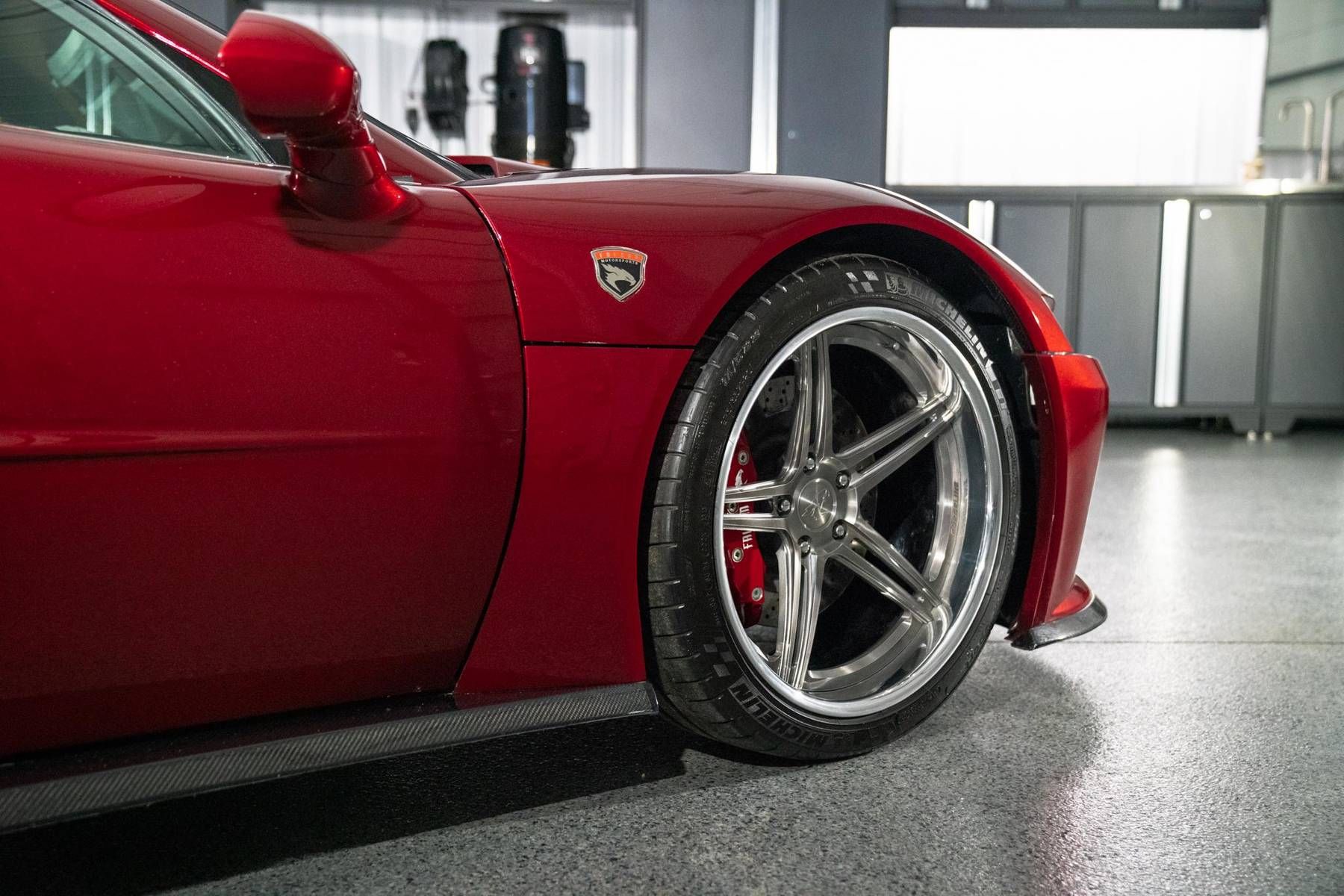
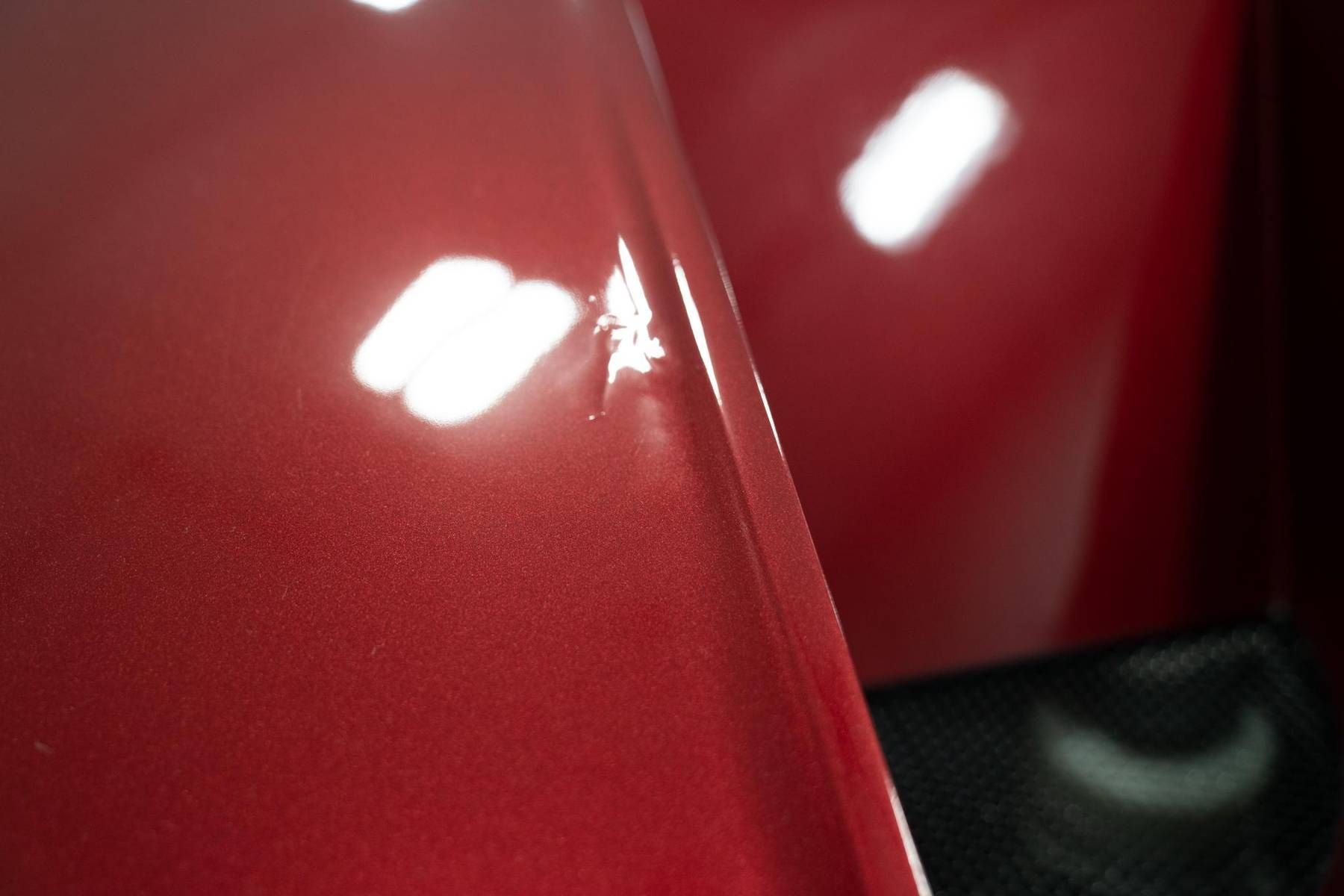
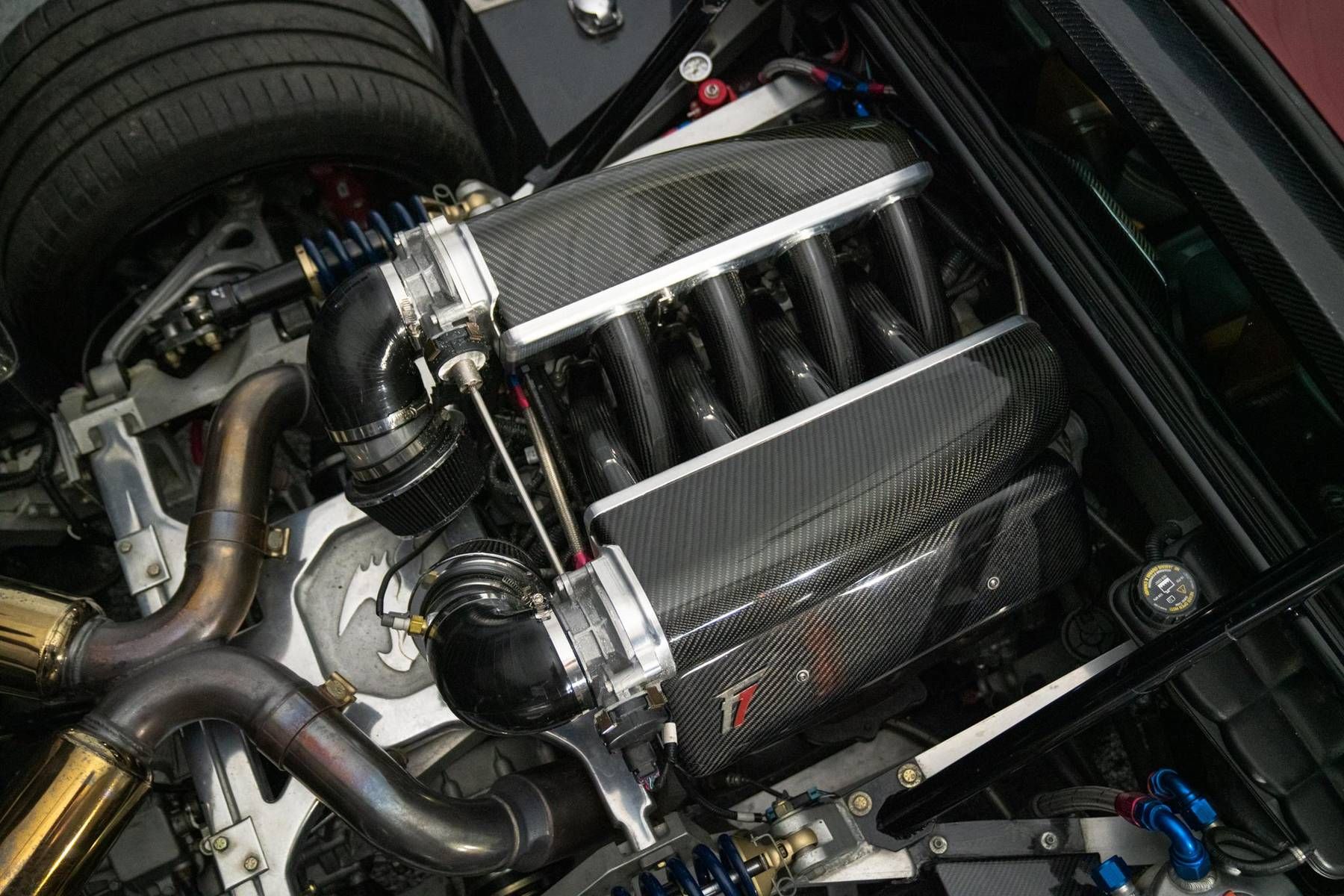
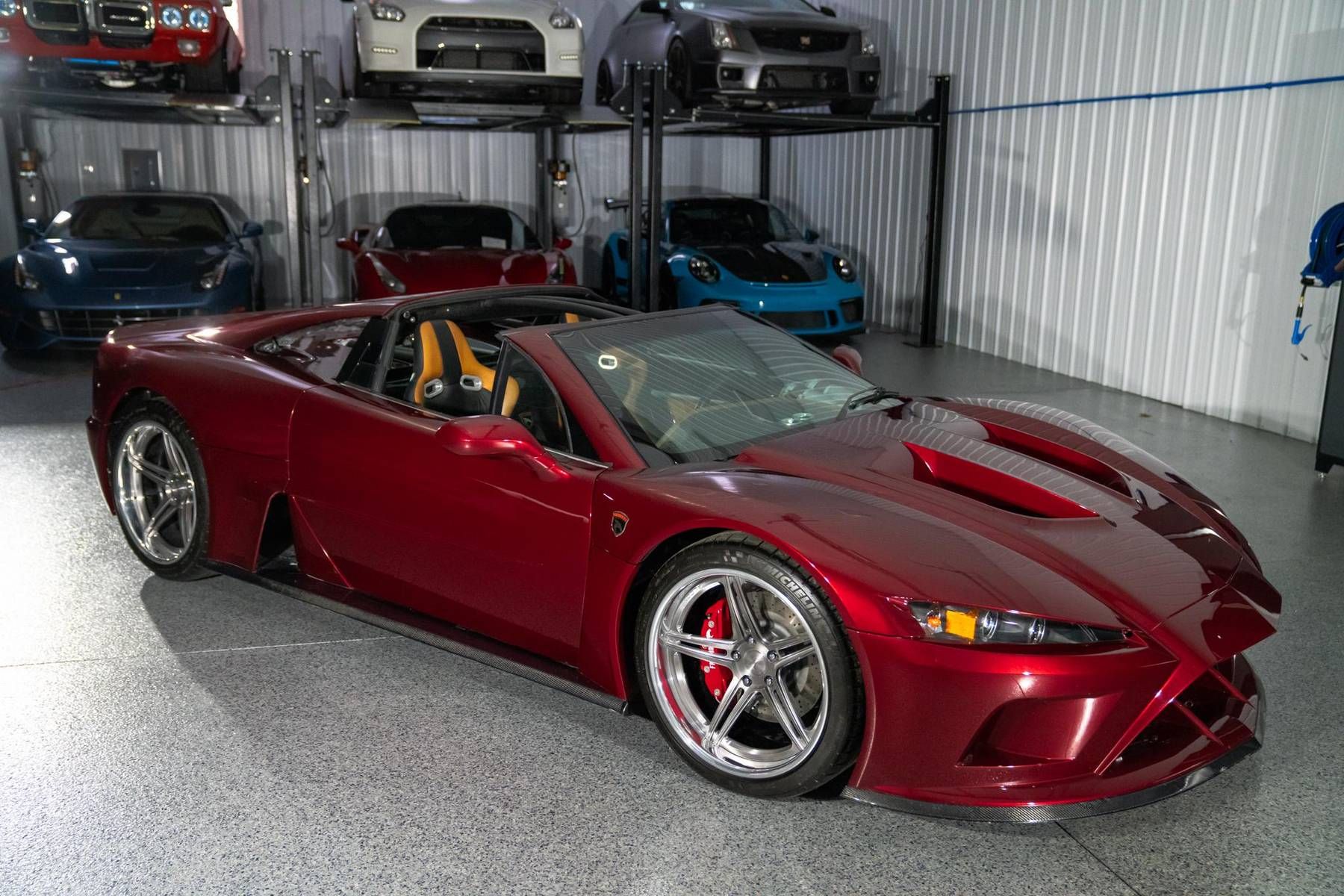
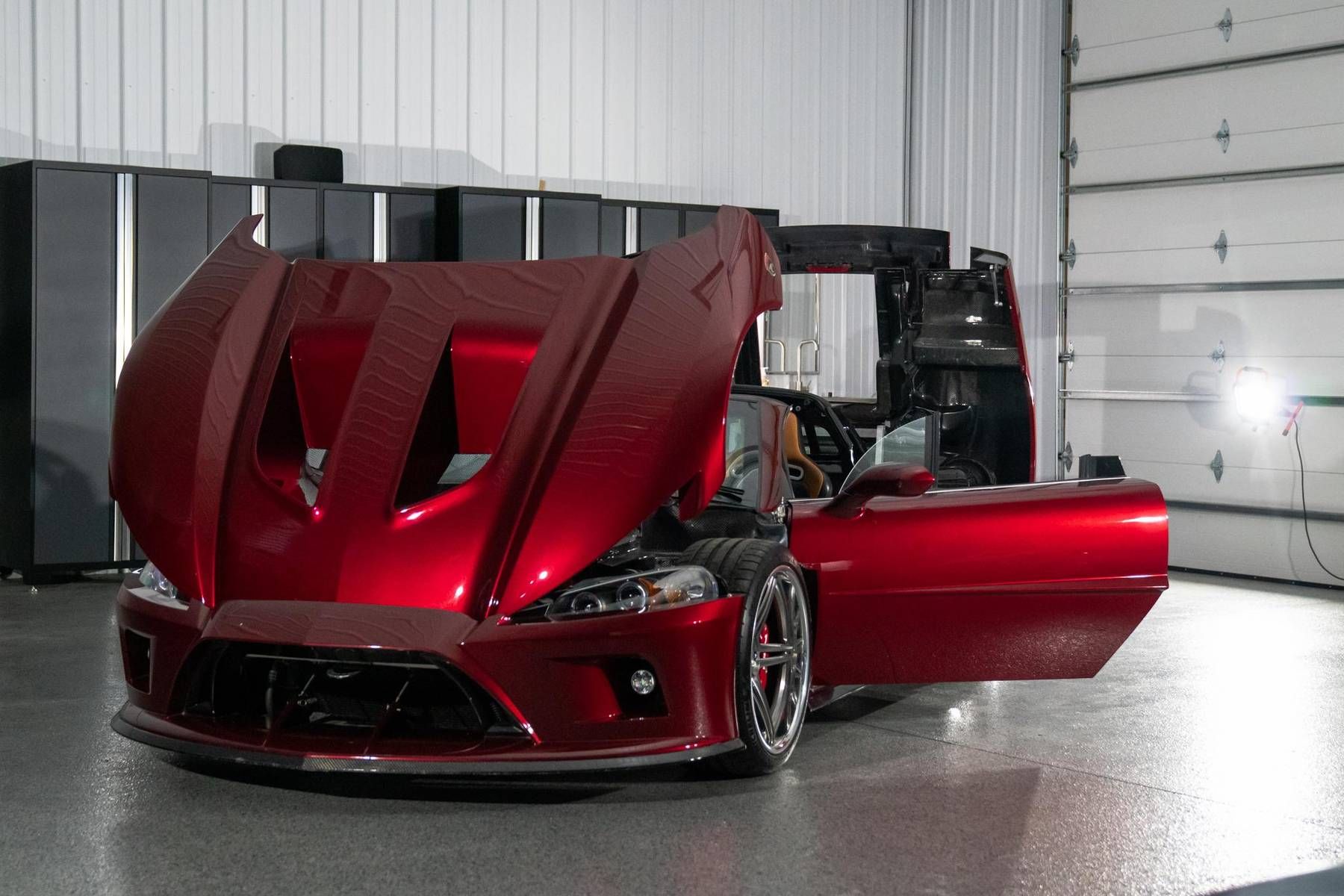
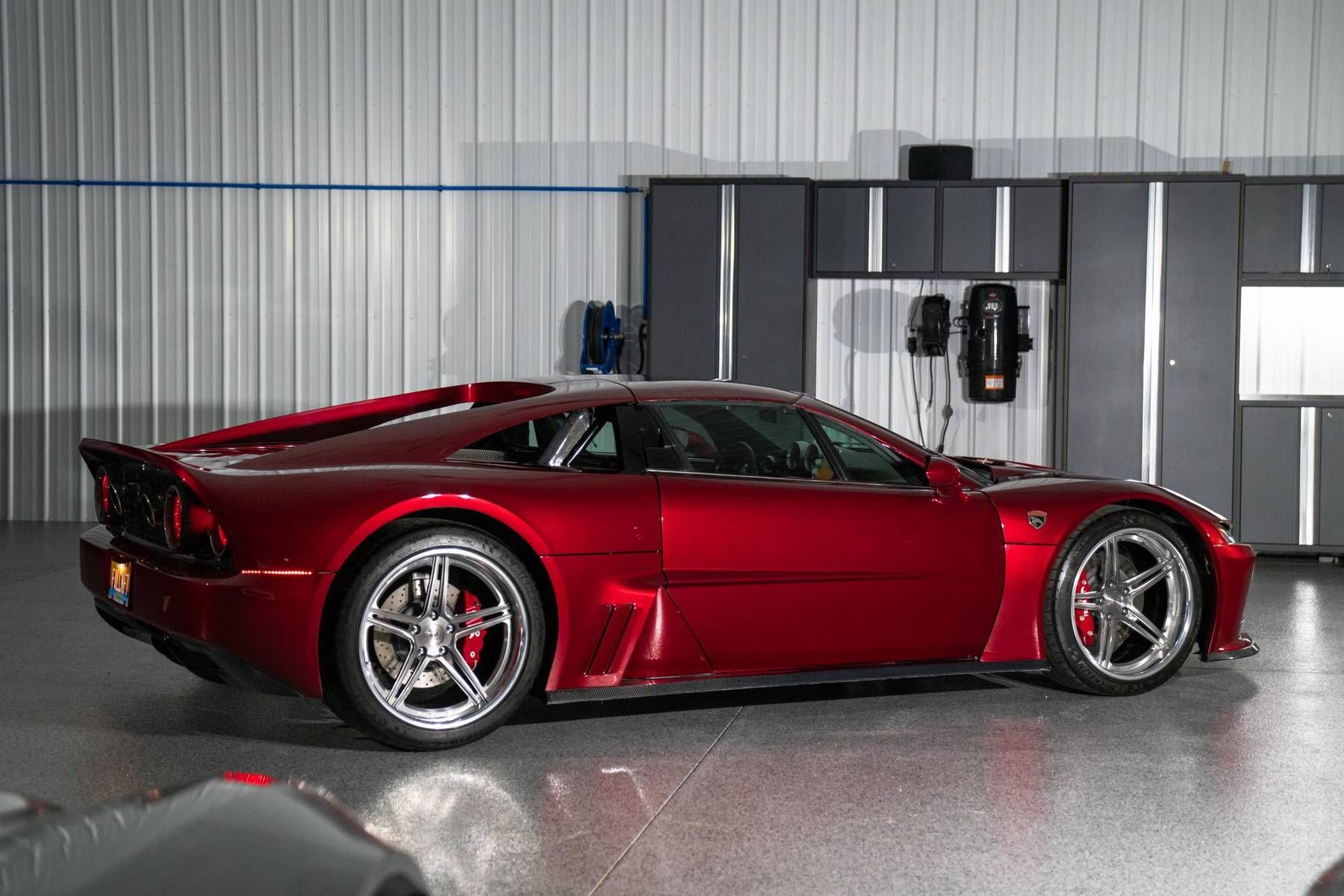
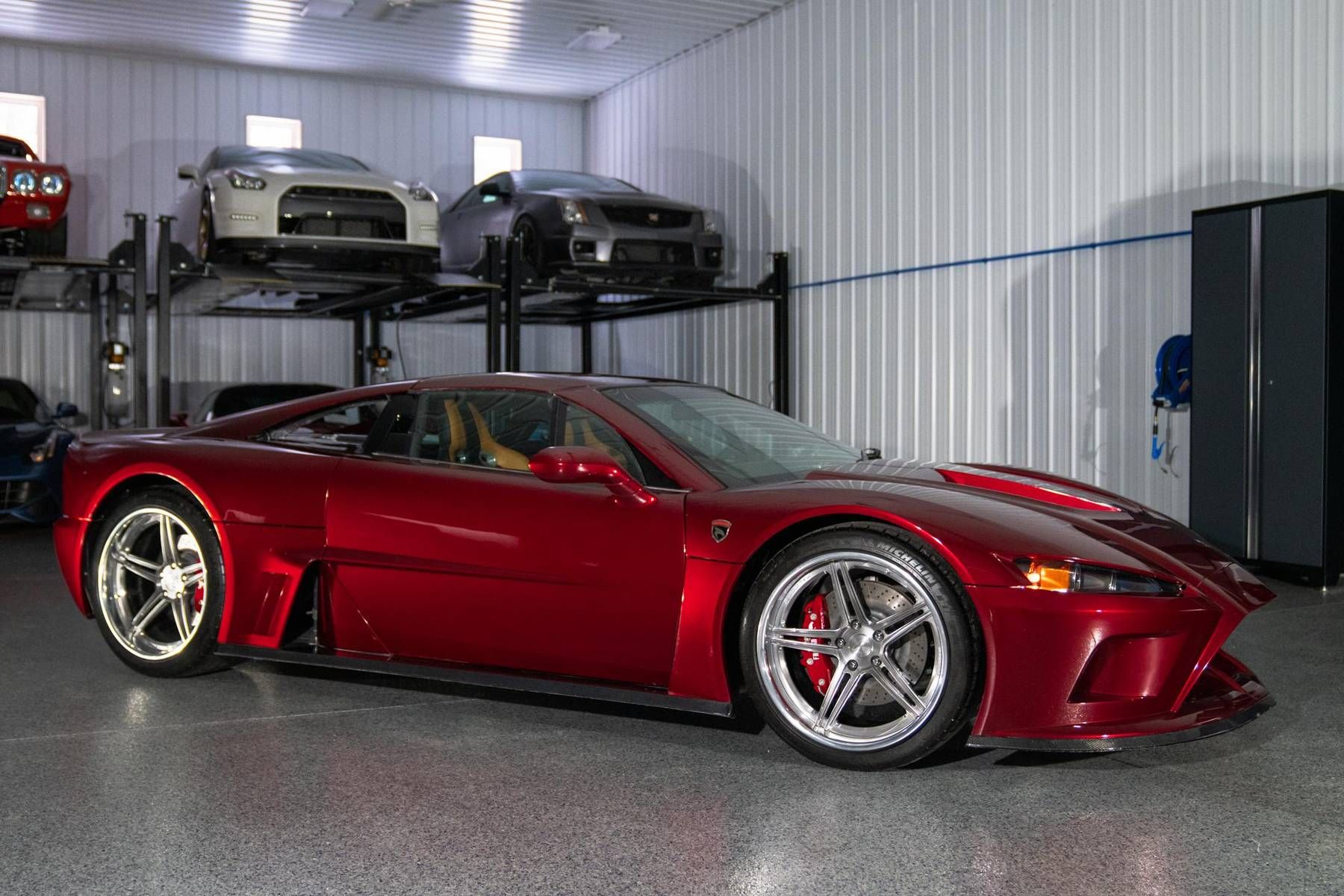
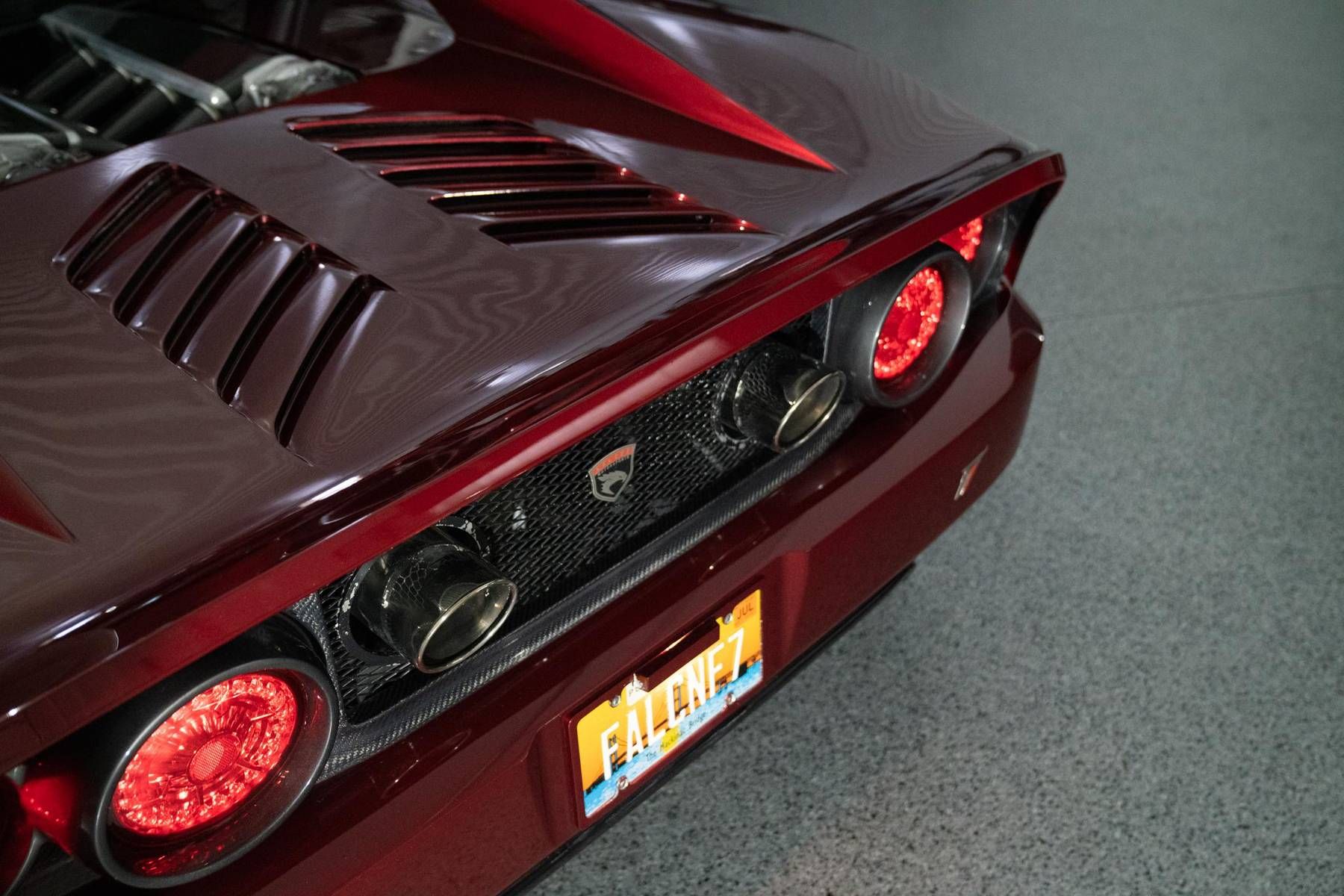
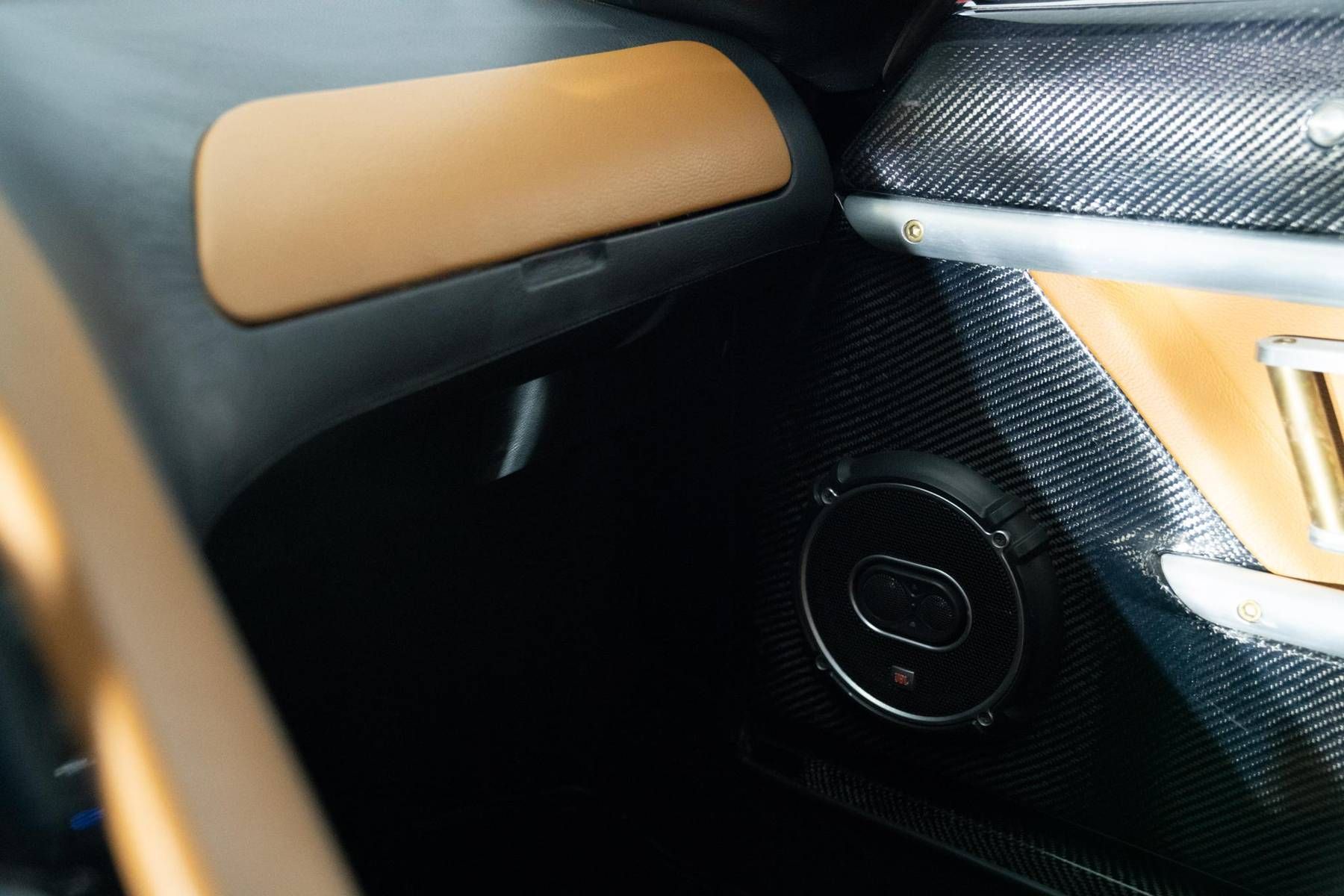
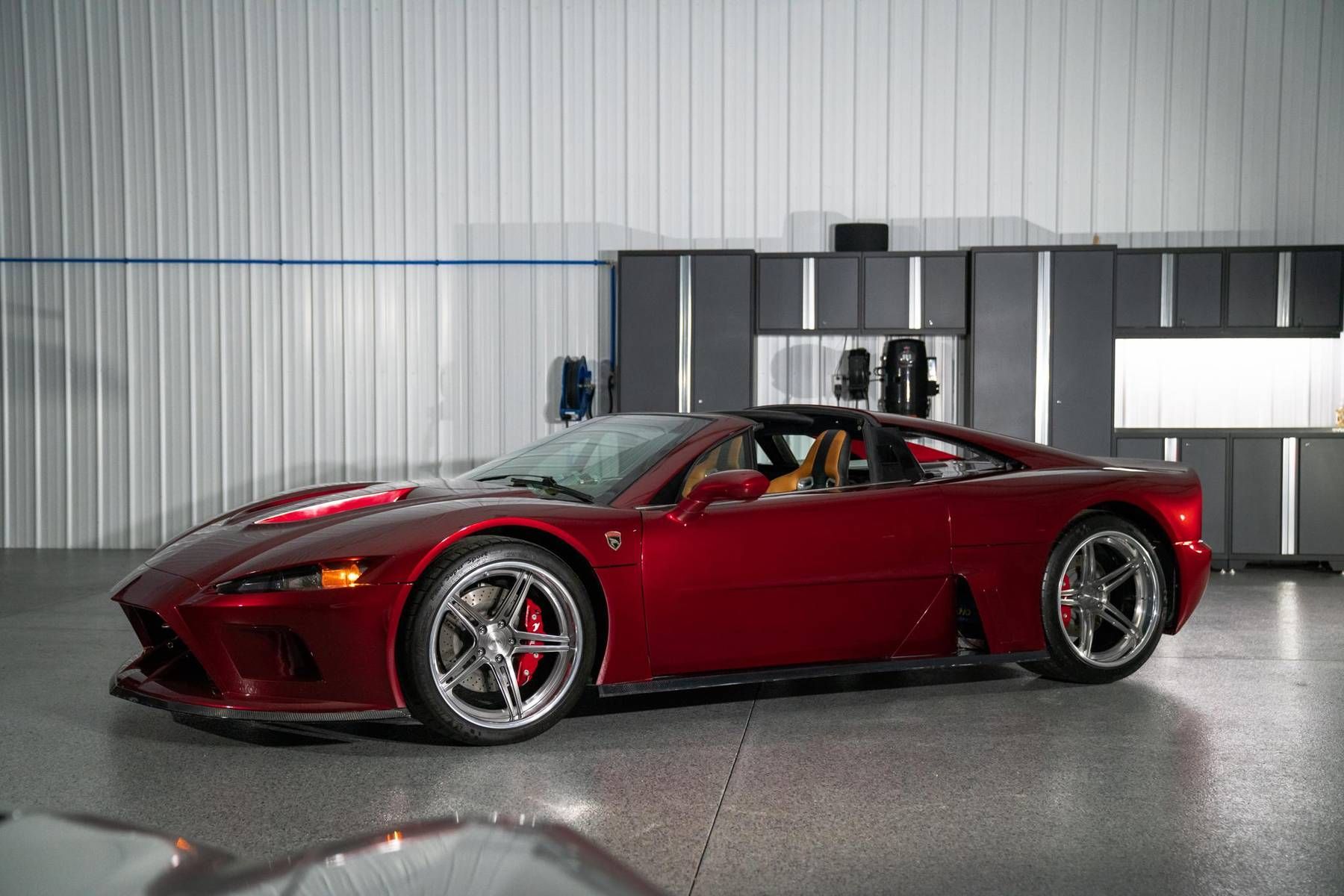
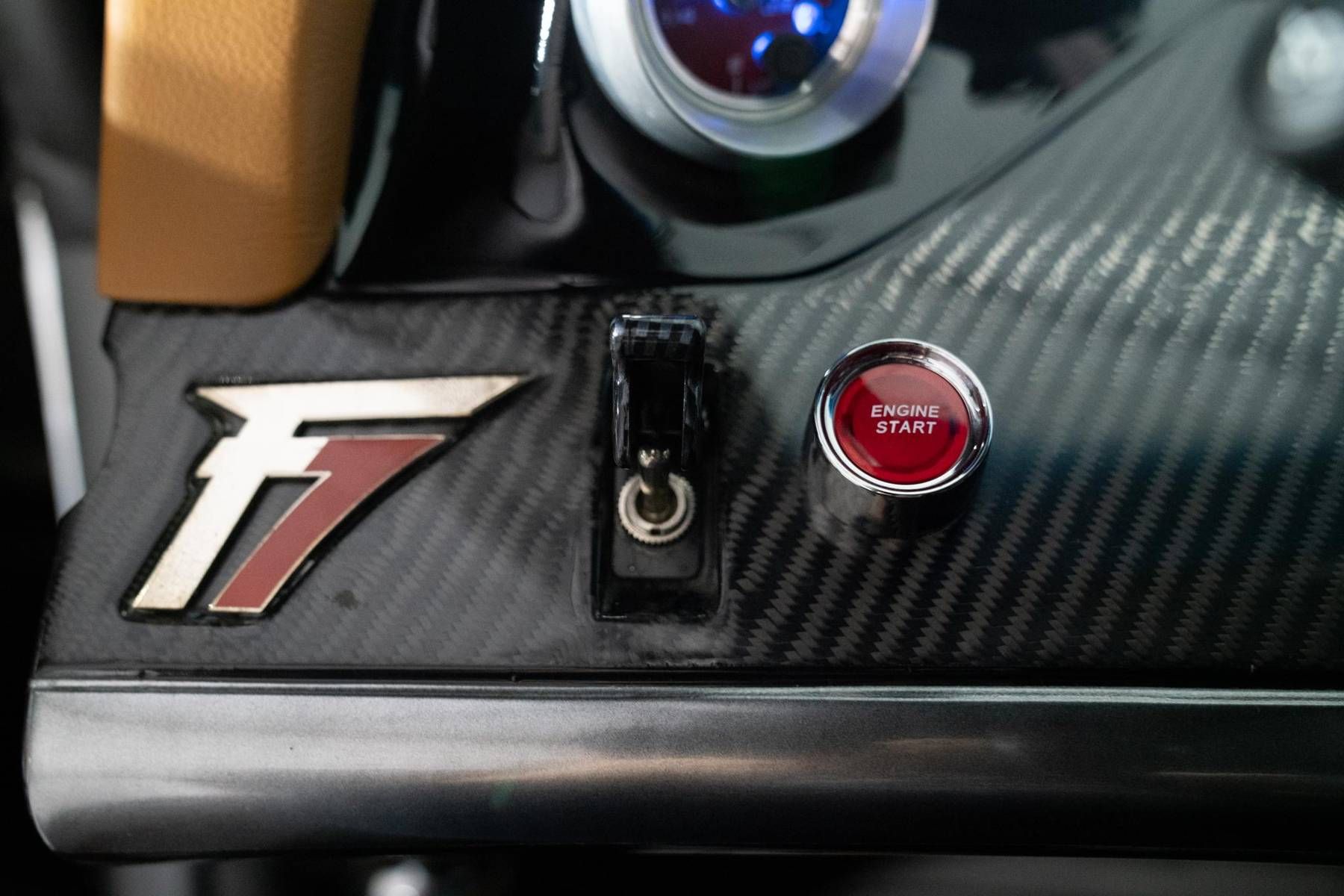
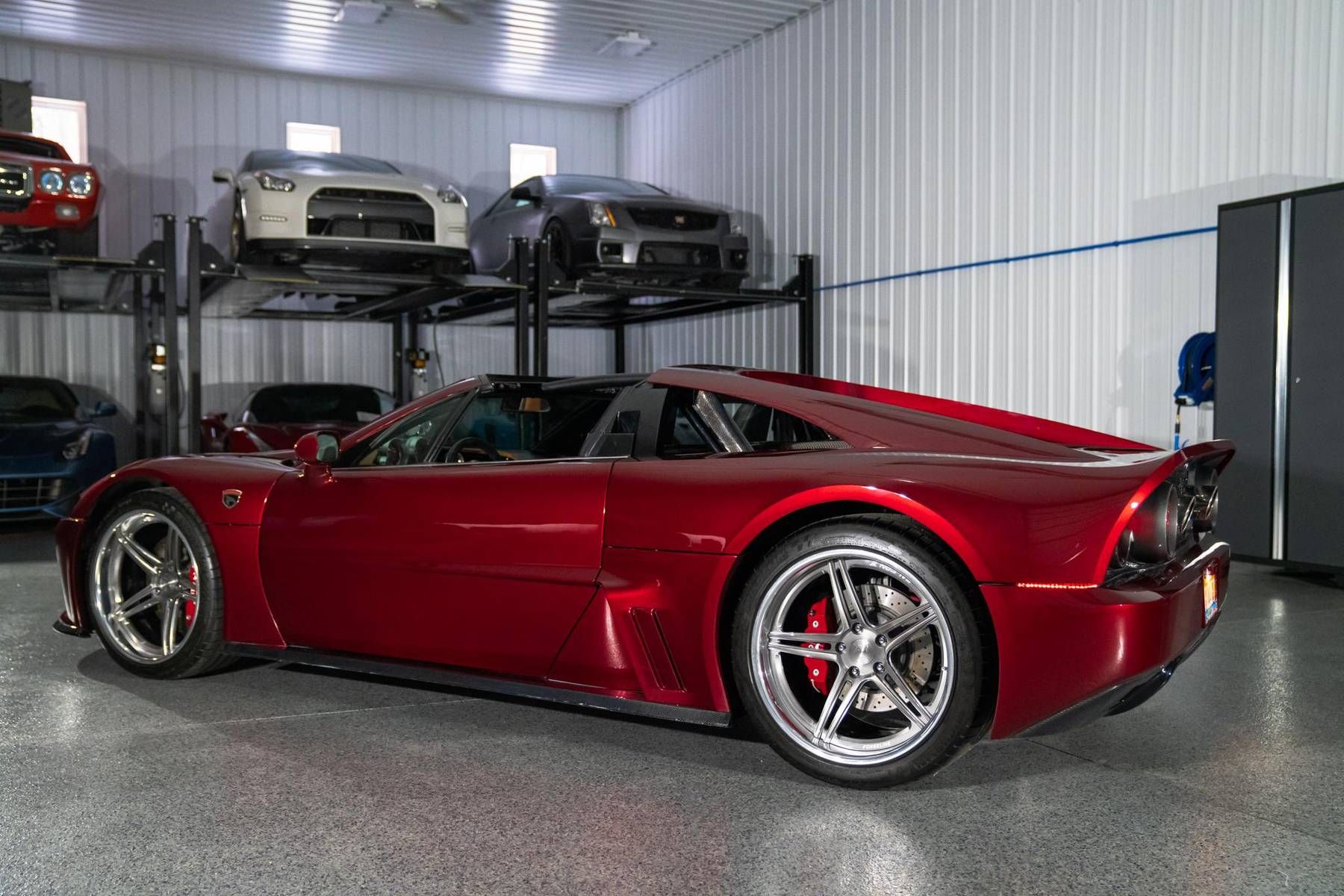
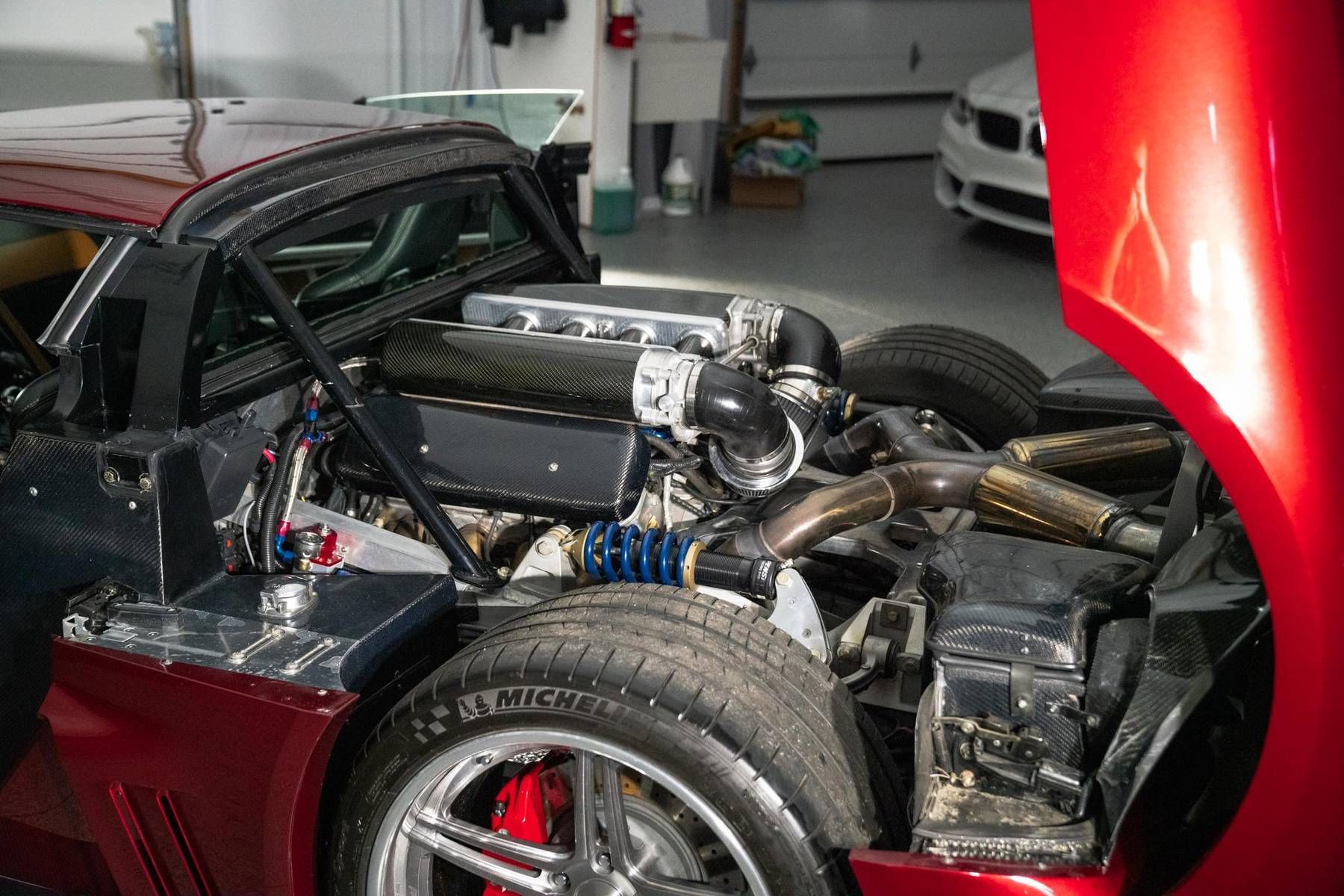
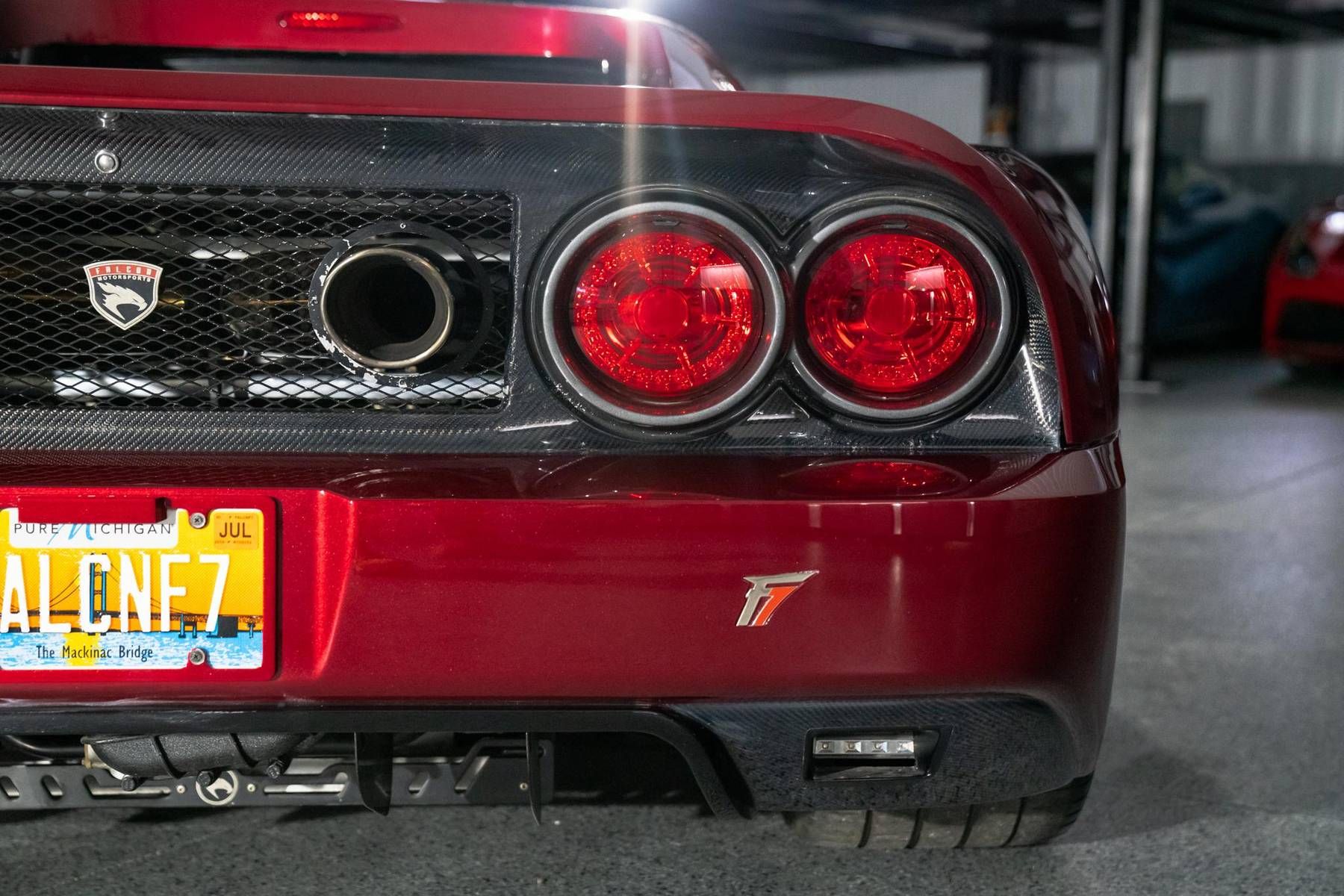
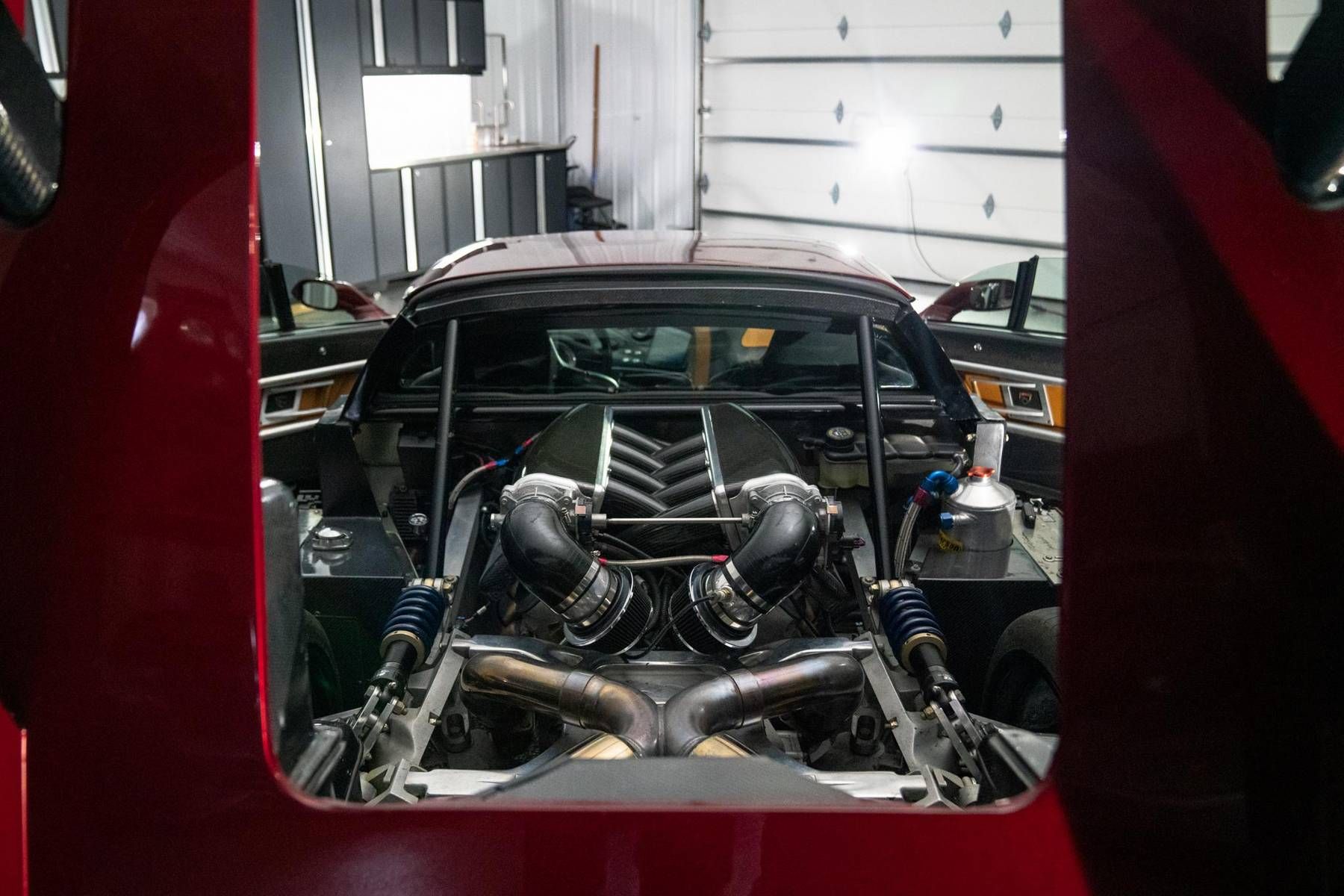
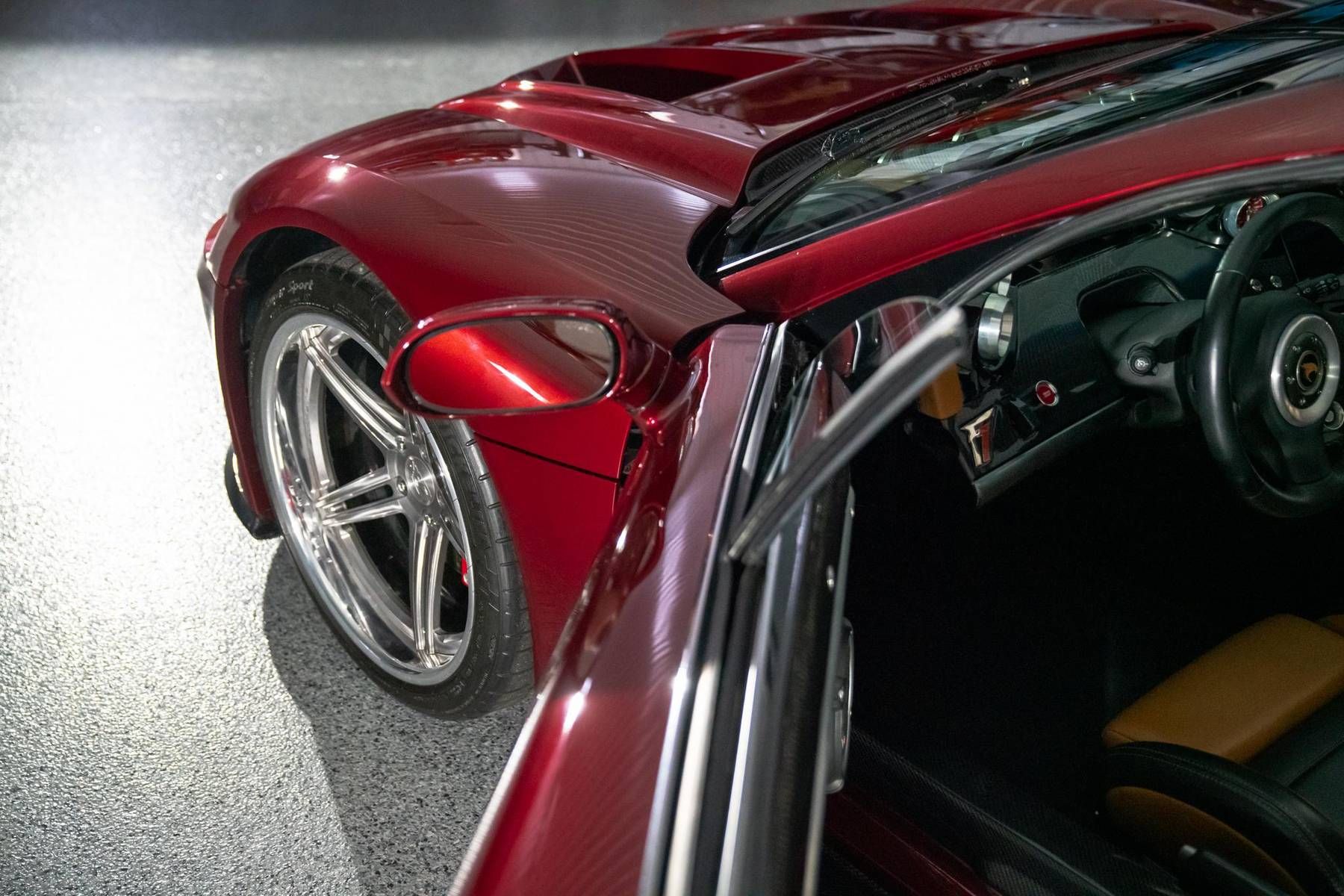
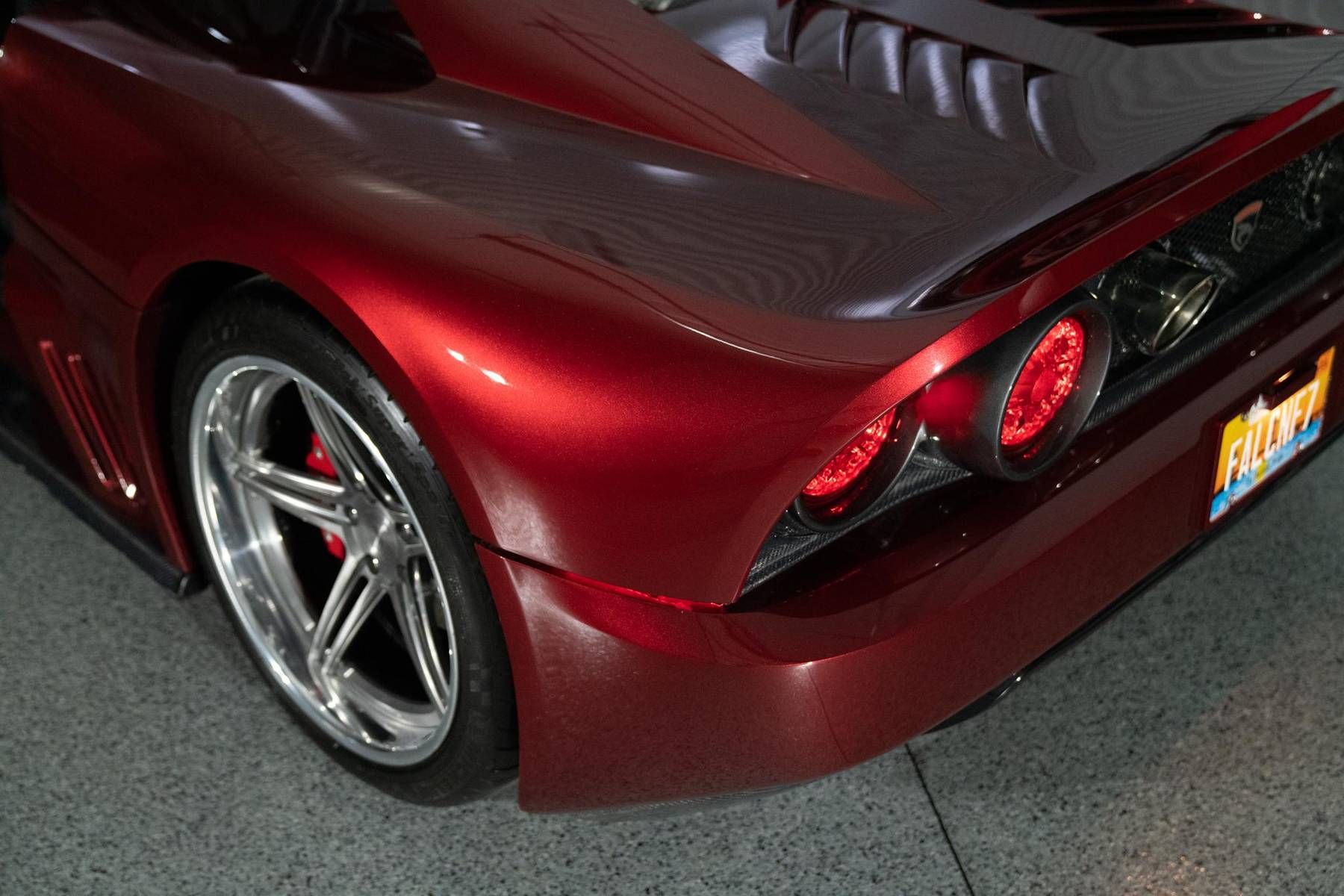
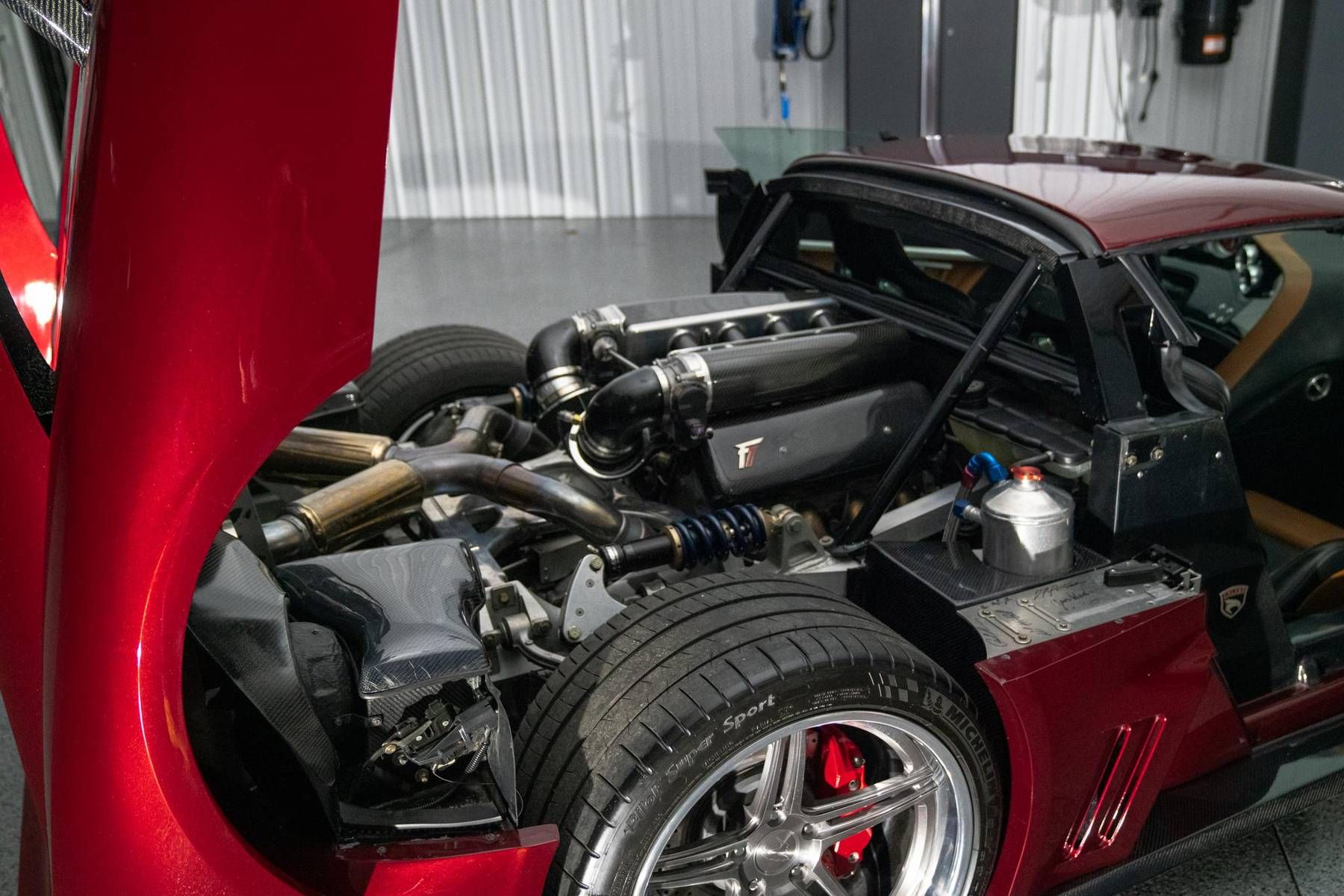
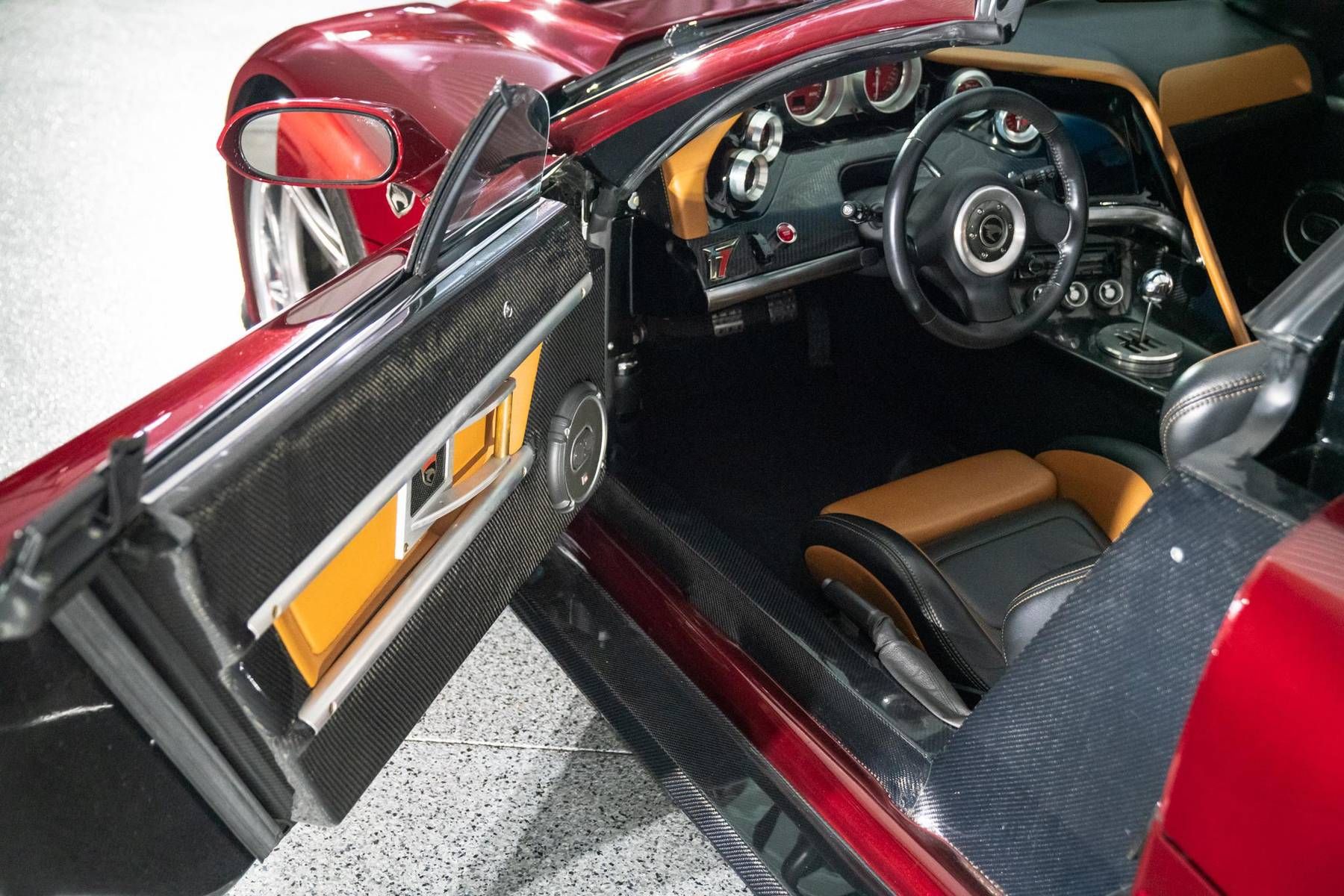
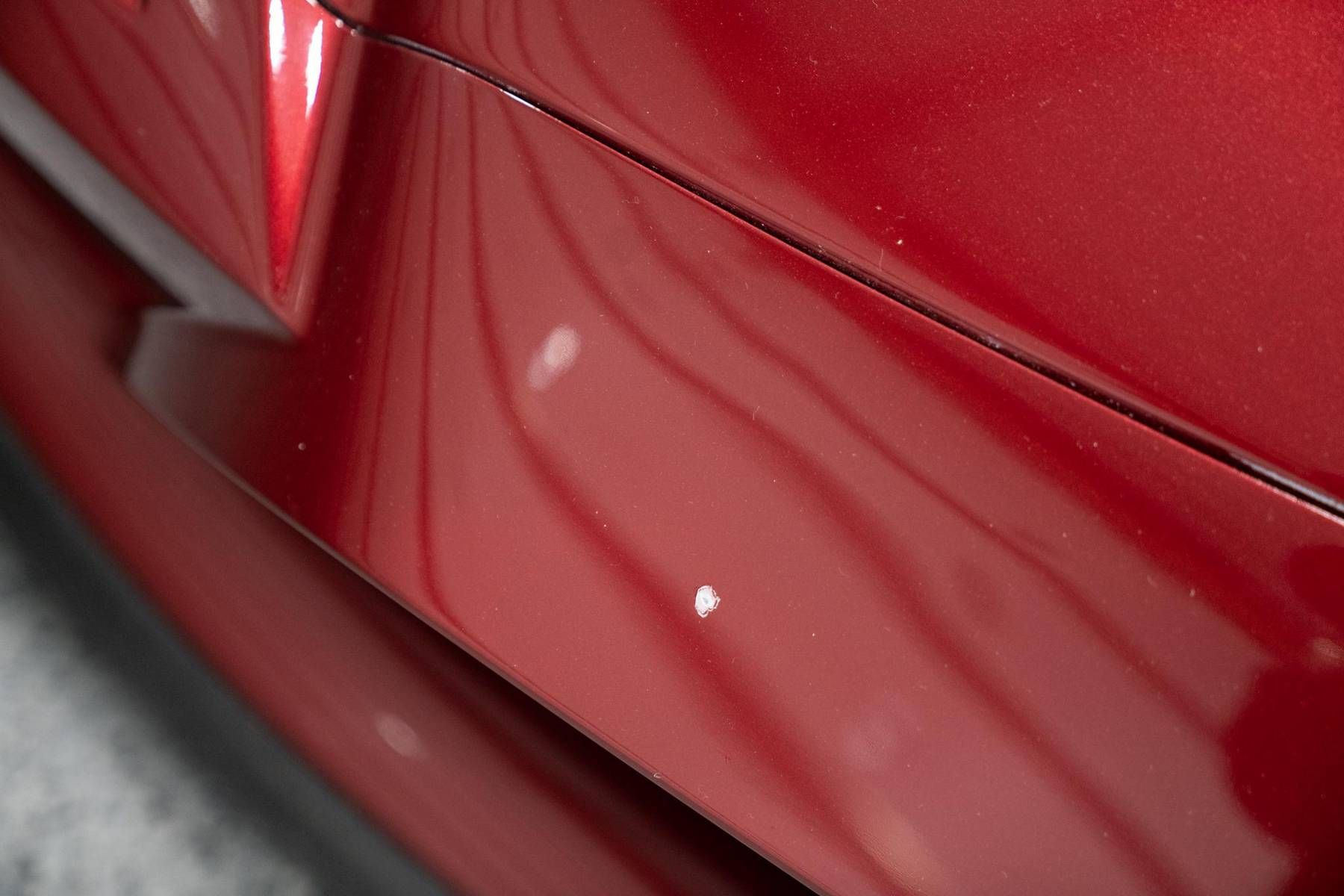
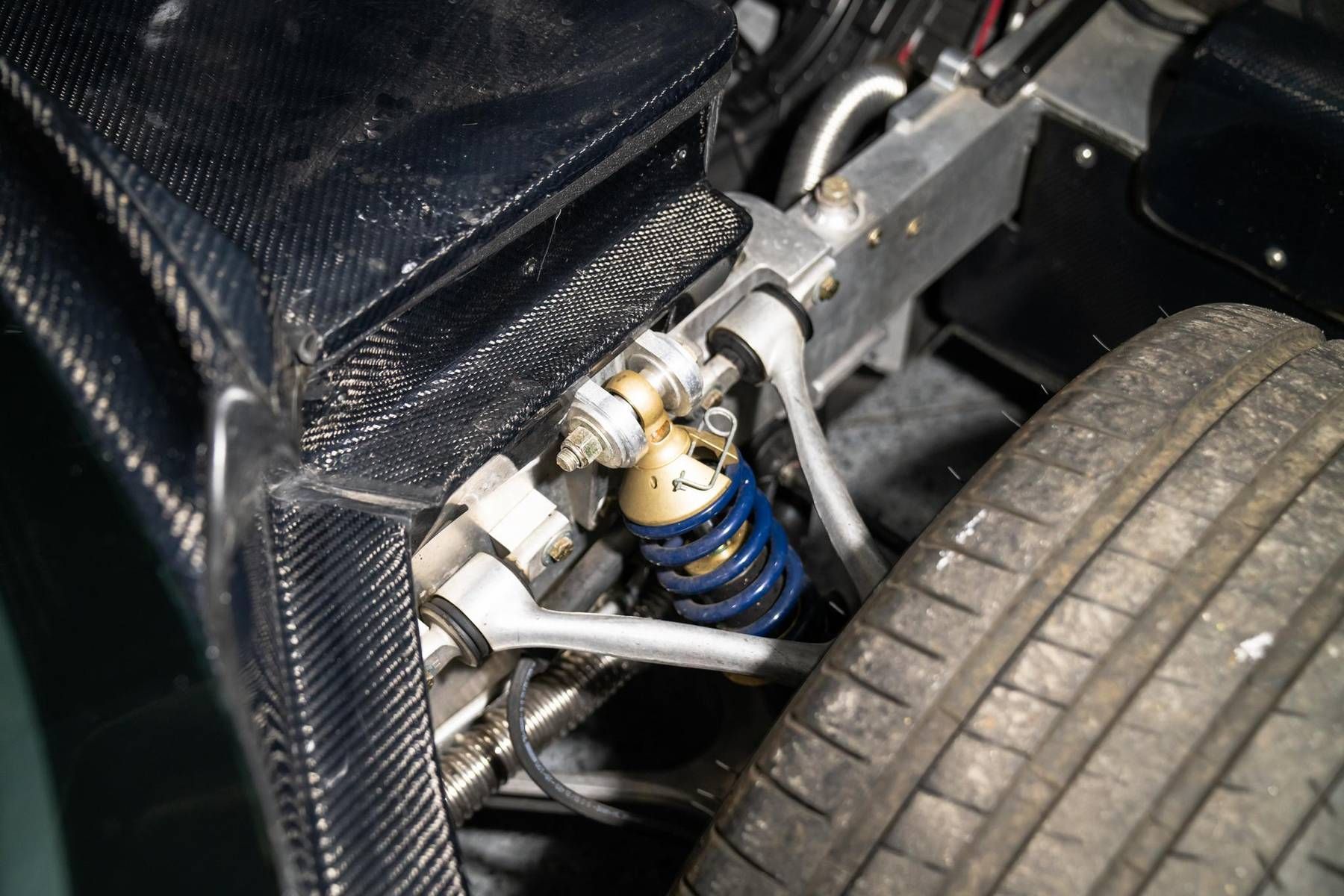
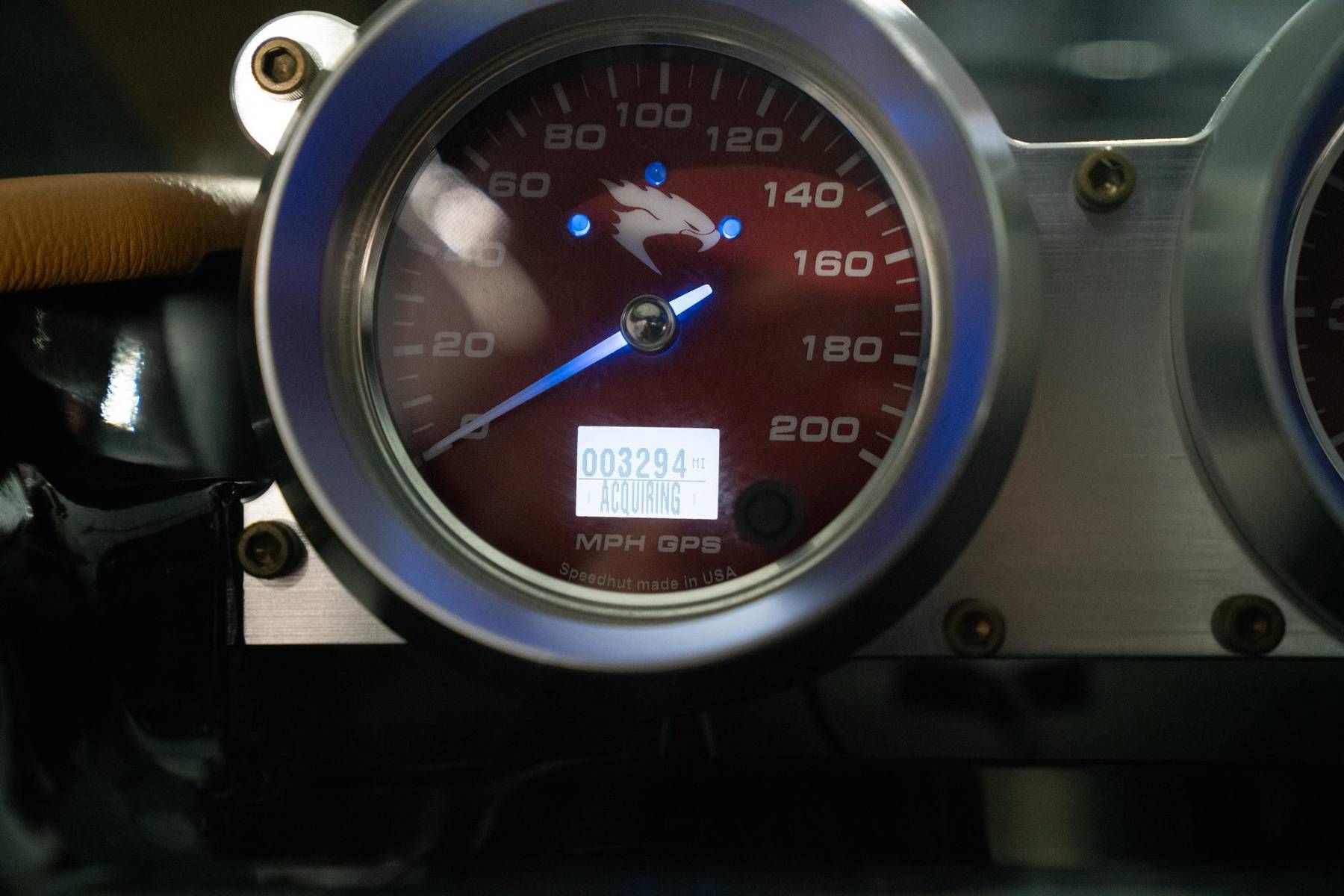
- Make: Array
- Model: 2014 Falcon F7 - The Supercar You Didn't Know Existed
- [do not use] Vehicle Model: Array
It was inspired by the Ford GT

Probably not a big surprise, given the status of the Ford GT. Many, if not all of the mid-engine American supercars from the 2000s and 2010s were more or less inspired by Ford’s supercar. While he was designing the Falcon F7, Jeff Lemke had a big poster of the Ford GT, on his wall. At the time, he used to look at it and think “It’s beautiful”. Then the shapes emerged in his mind and he simply drew the car he wanted to make.
Development started in 2009

Up until that point, Lemke had spent 12 years building composite body panels for the Dodge Viper, as well as other exotic cars. This is where he mastered the art of clay-sculpting – something that would become even more valuable when designing his own car. After that, he decided he wanted to go big and build a car of his own. In 2009, Lemke founded Falcon Motors and immediately got to work developing the mid-engine supercar.
Henry Ford’s philosophy was key in developing the F7

Jeff Lemke said, “If there’s something that I can’t do or I don’t know, I’ll find somebody who does and get it done”. In 2009 he sculpted the body of the F7, from foam. As luck would have it (for Jeff), these were tough economic times and many companies were open to working on the body and other aspects of the car’s development. The Falcon F7 probably wouldn’t have happened, if Lemke hadn’t been as resourceful as he was, in finding the right people. Of course, the close proximity of Falcon headquarters (one hour away from Michigan) also made, getting help for the Falcon much easier, as he studied with many engineers, working at GM.
It borrowed parts from the Corvette

Hardly a surprise, given that many of the smaller manufacturers use the Corvette as a basis. Unlike in many other cases, the Falcon’s chassis does not come from the Corvette. With that being said, some of the suspension components come from the Corvette C6 ZR-1 and the engine, from the Corvette C6 Z06. This means that the LS7 pushrod V-8 is put to work, in front of the rear axle. In base form, the 7.0-liter (427 cui) lump produces 505 horsepower (377 kW) and 470 pound-feet (637 Nm). In the Falcon F7, those numbers are different.
It’s quite capable, even by today’s standards

As we mentioned, the LS7 unit has been modified, using some racing components. Instead of the original 505-horsepower figure, it now developed a more supercar-like 620 horsepower (462 kW). The peak torque is at least 520 pound-feet (705 Nm). Each Falcon F7 engine is assembled by Lingenfelter Performance Engineering – a name well-known in the Corvette scene. Power goes to the rear wheels, through a six-speed manual. This translates to a 0-60 mph (97 km/h) time of 3.3 seconds and a top speed of 200 mph (322 km/h). For comparison, the Ferrari 458 Italia produced 562 horsepower (419 kW) and 398 pound-feet (540 Nm).
There’s an even more powerful version

If you want a Falcon F7, but 620 horses are not enough, a twin-turbo version is also available. If you pay extra, Falcon motors will commission the specialists from Lingenfelter to bolt two snails to the 427 cui pushrod V-8, bringing power up to over 1,100 horsepower (820 kW). This enables the F7 to hit 60 mph (97 km/h) in less than 3.0 seconds. All twin-turbo versions feature pistons with a special coating, to withstand very high temperatures.
The F7 design was inspired by other cars and fighter jets

F7’s creator, Jeff Lemke, never hid his admiration for cars like the Ford GT and the Corvette. Because of this, he took heavy inspiration from both these cars. That wasn’t enough, though, as he wanted more aggressive lines that could only be found in aviation. The swooping front end and center exhaust tips were very reminiscent of the F15 Fighting Falcon. Lemke also admitted he drew inspiration from the 1970s and 1980s, using some wedge-shaped design elements. In fact, if you look at the entire rear end, you might see a striking resemblance to the Ferrari 308 GTB. At the same time, the heat extractors behind the engine look a lot like the ones on the Lamborghini Countach and Diablo’s engine cover, while the taillights were inspired by the Ferrari 250 GTO. The same retro-futuristic look transitions into the cockpit.
It’s made from a clever mix of carbon-fiber, aluminum, and steel

The Falcon F7 is a supercar, which means that, in addition to being fast in a straight line, it also needs to be nimble and lightweight. The chassis consists of an aluminum tubular frame and an aluminum monocoque, cut using water-jet technology. The upper frame of the F7 is made of Chromoly steel, which is heavier but also stronger than aluminum and makes for a less bulky design. At the same time, all the body panels are made out of carbon-fiber.
It may have inspired the Corvette C8

A few people that have been up close and personal with this car have noticed how many similarities it has with the C8 Corvette, in terms of design cues. This is especially true for the interior, where we see a similar tablet on the center console, as well as the way the driver is separated from the passenger by the center console. The similarities continue on the exterior, especially in the front of the car, where we see a lot of similarities with the C8 Corvette. Keep in mind, that the C8 came out in 2020 – six years after the F7.
It wasn’t cheap

When it came out, the Falcon F7 had a starting price of $195,000. Depending on what options you wanted and whether you wanted the normally-aspirated or twin-turbo version, the price could go up to $245,000. To put things in perspective, in 2015, a base Ferrari 458 Italia cost just under $240,000, while an entry-level 2015 Lamborghini Huracan cost around $250,000.
Conclusion

The Falcon F7 is one of those cars that represent success against all odds. It’s also a testament to two things. The first one is that, when faced with a challenge, the community of automotive experts can really pull together and create amazing things. The second thing is that dreams really do come true if you work for them. According to Lemke, developing the bespoke chassis of the F7 is the main reason, for the price tag. Although the car was largely forgotten, it still managed to prove a point – with the right mindset and know-how, you can build a homemade supercar.

